|
For those who love to indulge their senses, there are few finer destinations than the capital city of England and the UK, London. Every glance is met by a dizzying spectrum of architectural features while a cosmopolitan array of culture is eternally at the fingertips. With all of this in mind, it comes as no surprise that the city's interior design trends are reliably second to none. Whether entering period homes or the latest ultra-modern construction, we can be certain that something exciting will be unfolding within. So, what is involved with claiming the look of modern London interior design? Is it embracing the capital's biophilic tendencies or turning to the modern parquet wood flooring London inhabitants love so much? Read on to find out! Contemporary London is Embracing Curated Curves While the angles and edges of minimalist design may have had their moment in the spotlight, these days, Londoners are far more enamoured with curvaceous design. Sweeping kitchen islands, bespoke curving staircases, rounded window frames and mirrors, and the presence of curves within pattern and artwork are all increasingly popular. No doubt, this comes hand in hand with our growing inclination to create interiors that are not only elegant, but also cosy and cocooning. Ideal complements to this softening aesthetic include inviting upholstery and surfaces chosen because their materials hold intrinsic warmth, such as modern herringbone parquet wood flooring or tactile wallpapers. Together, the impression created is one of comfort, and when this aesthetic is combined with soft and thoughtful lighting, the presence of dark corners can be eliminated, making every area feel welcoming. Those wishing to combine their curves with some colour could indulge in one of 2022's colours of the year, and in the spirit of all things British, why not skip over Pantone's Very Peri in favour of home-grown Bright Skies from Dulux? Biophilic Design Is Ideal for Big City Living When living in the heart of a thrumming and vibrant city, what could be better than bringing a soothing dose of nature into the fold? The term biophillia was described by its creator, Harvard naturalist Dr. Edward O. Wilson, as our “innate tendency to focus on life and lifelike processes”. In interior design it manifests as the use of plant and animal forms and a preference for natural materials, and within London interiors specifically, divine botanical motifs and hardwoods are defining features for all who enjoy this approach to design. Many who have been recently gripped by Netflix show Anatomy of a Scandal found themselves just as mesmerised by the opportunity to glimpse inside beautiful London interiors as they were with the pulse-racing drama that said spaces hosted. Showcased were many of our top contemporary London interior design trends, such as glorious biophilic wallpaper, curved pieces a-plenty, and modern herringbone parquet wood flooring. Houseplants, floral and foliage motifs, living spaces that spill out into the garden, and richly hued hardwoods are all great resources to have in the toolkit when realising this particular facet of London-centric interior design. Londoners are Revelling In Rug Design
It may be unexpected, but there aren't many design features that can be considered hotter than the humble rug within London's interior design circles at present. Although, the term humble and many of the rugs in question don't really go hand-in-hand, because the current trend is playful, exploratory, and expressive. Whether tastes lean towards spectacular Nigerian patterning or high-profile rug art, straight from the gallery and realised in environmentally friendly British wool, there is bound to be a style and shape to suit any interior. Of course, when actively drawing eyes downward, it makes sense to give your rug of choice a fitting backdrop. The very modern parquet wood flooring London is inclined to cherish will do the trick beautifully. For those wishing to hold that attention even longer, the wow-factor of non-conventional chevron angles or extra-large parquet cuts will certainly spice things up. In these kinds of features, Londoners are discovering opportunity to create inner sanctuaries that are gleefully on point as well as ever-ready to be functionally enjoyed London Interior Designers are Rethinking Spaces Following far more time spent at home in recent years—for London dwellers in particular, for whom escape to the country was a far-away prospect during Covid lockdown—the city's relationship with interior design has shifted. Standard models of how interiors should flow are being reimagined, for example, in the reversal of what belongs upstairs and downstairs. Who wouldn't wish to flirt with the idea of a kitchen and living area with abundantly illuminating skylights and a cosy downstairs bedroom with adjoining terrace for sunny afternoon reading? The great news is that manifesting this kind of interior design rebellion is easy thanks to contemporary technology and installation techniques. Case in point, thanks to advancements in modern engineered wood flooring, London residents need not hesitate to install smokey hand-brushed hardwood or reclaimed oak underfoot at basement level or even in their kitchen. This type of engineered flooring facilitates endless design options including all sorts of parquetry, floated floors in renovated spaces, and even the decadence of underfloor heating. At the end of the day, the spirit we find in the capital is that our interiors should reflect the types of lives that we want to experience, and the only real rules for that are those that we define ourselves. Modern London interior design is all about living well and delighting in the details that truly make us happy, and from gilt florals to rugs over hardwood, there is much opportunity for indulgence. If you'd like to know more about how Unique Bespoke Wood can help you bring a London-inspired interior design concept to reality—wherever the interior in question may be--contact our team today.
2 Comments
There are few interior design elements quite as impactive or handsome as parquet wood flooring. This fanciful touch provides an immediate lift wherever it is installed. And yet, many home owners and commercial property managers imagine that such an aspirational aesthetic is somehow off limits. Perhaps they assume that parquet flooring wouldn't suit the space or that the cost would be prohibitive. However, the exciting news is that neither needs to be the case. We are proud to be go-to experts for the very parquet flooring London property owners trust, and as such, we're happy to bust a few lingering parquetry myths! Yes, historic city homes in England's capital—and indeed, right across the UK—are often host to beautiful parquetry that may have been in situ for decades, or could just as easily have have been installed recently with such skill that you'd struggle to know the difference. Some property owners favour the more traditional herringbone parquet flooring London homes often feature, while others can't resist some of the more contemporary and playful takes on chevron parquetry that often grace interior design magazines these days. Whichever the case may be, it is certain that parquet flooring remains as popular as ever, and just as timeless in its elegance. If you, too, dream of parquetry, read on to discover why there is truly nothing holding you back! Today's Parquet Flooring Is More Versatile Than Ever When parquetry was first becoming a trend in London and beyond, it was always made from wooden strips affixed into square blocks in such a way that it was very sensitive to moisture. As beautiful as the results of this technique were, it meant that the wrong setting would cause such a floor to potentially bulge and collapse. Happily, today parquetry techniques have advanced so far that they stand up to moisture far better. In fact, so well that they can be installed at basement level and even in kitchens! Better yet, not only is sophisticated contemporary engineered parquet flooring suitable for more moisture-prone settings, but it can also be installed with ease over underfloor heating systems—realizing the true definition of decadence! Ultimately, whatever the setting and vision may be that you hold for your parquetry, Unique Bespoke Wood is ready to deliver. Our wide range of parquet flooring, including herringbone, chevron parquet, Versailles, and more, is available on both engineered and solid wood platforms, and our team are happy to guide you towards the perfect solution for your setting. The Sky Is The Limit When It Comes to Design If asked to envision a parquet floor, many would immediately see a romantic vision spring up in their mind's eye. Likely herringbone or chevron, cut at a 45º angle, with a decadently deep patina—perhaps that sounds familiar? While the traditional parquetry aesthetic is one that will never go out of fashion, there is so much more potential to explore. Not only can parquet flooring be realised in a variety of hardwoods, such as European Oak, European Walnut, or European Ash, but its aesthetic is only limited by your creativity. For example, both herringbone and chevron parquetry can be realised with blocks set at angles ranging from 30 to 60 degrees—creating entirely different looks. It can also be manifested with playfully oversized blocks, up to a size of 20x200x2000mm, delivering an expansive contemporary vibe that visitors won't expect! Those feeling yet bolder can explore the idea of diverging from the classically chosen parallel alignment to setting the parquet pattern at a diagonal to the room. And of course, this doesn't even begin to touch upon the potential to create custom parquet blocks and patterns to the design of your choosing. Beautiful Parquetry Isn't As Expensive As You Think We often associate parquetry with splendour, and while the association is flattering, it creates the false impression that installing parquet wood floors is a particularly expensive endeavour. While this might have been true back in the day when every block was cut by hand without the benefit of modern tools, today, you may be surprised to discover that parquetry offers the opposite advantage. You see, even though parquet flooring is comprised of the finest European hardwoods, the shorter size and lengths of the component blocks make them far easier to source and more cost effective. When this appeal is added to by the low maintenance properties of modern parquetry, its accessibility is impressive indeed. You Can Choose From a Broad Range of Finishes
We mentioned some of the different types of hardwood favoured by Unique Bespoke Wood's parquet flooring London clients, but this doesn't convey the broad spectrum of finishes that can be applied to further enrich them! Each wood block can be treated through a variety of methods such as ageing, tumbling, brush and smoking techniques to create the texture you desire. From there, the highest quality eco-friendly oils and waxes provide spectra in terms of shade, warmth, and effect. Of course, we can also supply parquet floors in either pre-finished or unfinished form. The latter would support a traditional site-applied finish, which our team will be happy to apply! When partnering with Unique Bespoke Wood to realise the hardwood floor of your dreams, you are choosing chevron parquet and herringbone parquet flooring UK specialists who consider each installation a true labour of love. Our dedicated team will work with you every step of the way to ensure that your exact vision becomes a reality. We always hold many options in stock, and what we don't stock we can always produce. We even offer a colour matching service for those who require it! For a comprehensive parquet flooring service in Edinburgh, Glasgow, London, and beyond—that includes supply, fit, and everything in between—we are always ready to assist. Contact our team today to discuss making the parquet floor that you imagine a reality ready to enjoy! If you have your heart set on transitional design for your next interior reinvention—or even if you're simply here on a quest for inspiration—then we've got some great tips for you. It's no surprise that transitional interiors are so popular these days, from Edinburgh to London and everywhere beside. This approach to space creation is gloriously flexible, offers wonderfully inhabitable interiors, and is an ideal avenue for those aiming to set a tranquil but interesting scene. The complexity of chevron wood flooring can be married with contemporary features and treasured traditional pieces. Transitional design is a dream come true for those who find inspiration in every era. With one foot planted within the sphere of traditional design, and the other claiming floorspace among contemporary aesthetics, transitional interiors certainly give homeowners the chance to tie multiple design interests into a cohesive whole. So, what exactly defines transitional interiors, and what are the design facets to focus on? Certainly, the types of wood flooring London homeowners might aspire to play a role, but there's more to it than that—and more playful exploration to indulge. Read on as we take a deep-dive into this exciting interior design trend. What Is Transitional Design For Interiors? Growing in popularity particularly over the last decade, transitional design offers a framework within which homeowners can create lifting, timeless, and comfortable spaces while incorporating a diversity of design elements. The use of paler natural palettes and the avoidance of excessive busyness gives that signature air of calm coziness for which the style is known. Interest is created through the use of texture rather than chaos, and with this unifying backdrop in place, both traditional and contemporary elements can be introduced side-by-side, appearing entirely at ease with one another. So, without further ado, let's identify the must-have touch points: • A Tranquil Neutral Palette The dominant colours within transitional interiors tend to be soft browns, beiges, greys, whites, and sandy hues. Natural stone can be a welcome feature, and, of course, wood is the perfect warm and coordinated accompaniment to a natural colour scheme. To give an example of this simple formula in action, a choice like herringbone wood flooring delivers both contrast and companionship when set against a neutral palette wall colour—serving as a perfect metaphor for transitional design itself! • Expansive and Sweeping Spaces Transitional interiors are often used in open plan spaces, however the impression of expanse can be created even when open plan living isn't an option. Opting to set furnishing away from the wall and choosing wider planks underfoot—such as spectacular wide plank chevron flooring—will give that same look no matter the layout. • Balancing Space and Texture By banishing clutter, the aspiring transitional designer can harness the opportunity to draw focus to pattern and texture. This will allow attention-worthy features like rough-fibre fabrics, the structure of herringbone pattern wood flooring, architectural pendulum lights, or the grain pattern of reclaimed wood to shine brightly. • Combining Traditional and Contemporary Elements Within the soothing cradle of a transitional interior's foundation, you can feel confident to pair antique cabinetry with bold chrome light fittings, a glass table with rustic chairs, or contemporary art with restored upholstery. All the more fun; because of the eclectic possibilities in transitional design, the door will remain open for you to add new pieces and change things up in the years to come. An Interior Design Style to Cherish
Many of the recent fashions in interior design reflect the way in which our relationships with home have evolved over the last few years. Not only do homeowners wish to express themselves through the look of their personal spaces, but they also seek interiors that are comforting to inhabit, that offer a greater connection with nature, and that provide versatility—because we never truly know what's around the corner. Transitional design provides each of these qualities in abundance, which is why it is certainly here to stay. Here at Unique Bespoke Wood, we love nothing more than helping our clients realize the interior design vision that they hold in their mind's eye. We have long been proud to provide and install the engineered, solid wood, and parquet flooring London, Glasgow, and Edinburgh homeowners love. With each year that passes, our growing number of clients invite us further afield—and we are lucky enough to aid in the reinvention of properties ever-more diverse. If you would like to discuss your dream transitional interior design project—or indeed that of any style of interior—we are here to advise. We can help you identify whether chevron wood flooring, herringbone wood flooring, and any number of other possibilities is the right fit for your home. Contact our impassioned team today for tailored expert advice. Many a person, if asked what their favourite colour is, will respond with something glorious and bold. Deep blues, rich purples, sumptuous teals, decadent ochres, and vibrant reds tend to make our hearts sing. And yet, we very rarely take the plunge in surrounding ourselves with our most adored palettes. Do you find yourself wondering, why is that? Recent years have seen minimalist trends for white and pale grey interiors abound. With them has come the misconception that dark interiors make spaces look cramped and should be avoided at all costs. However, in reality a darker colour scheme can make an interior feel both grand and cosy, while not making it feel shrunken at all, and perhaps even creating an illusion of spaciousness! In fact, deep and dark hues can trick the eye by making a space's true size harder to perceive—especially when different surfaces all share a similar shade. From black herringbone parquet underfoot to gloriously patterned wallpapers and dark ceilings, there is a lot to be said for being brave and claiming this playful avenue of interior design for yourself. It's time to take your interior design to the dark side! The Advantages of a Darker Colour Scheme A dark colour palette is ideal for those aiming to infuse a feeling of luxury into their interior spaces. When rich hues are combined with a flourish of fabulously tactile fabric, dark oak parquet wood flooring, or eye-catching metallic highlights, the result is certain to feel both dramatic and inviting. And if you are somewhat concerned that a darker colour scheme might not go with your existing furniture, fear not, because those flavourful shades lend perfectly to an eclectic vibe, allowing far more scope to play with creative combinations of style, texture, and time period. Within historic interiors, darker colour schemes are far more forgiving than a white or beige treatment. The undulations of older masonry or evidence of decades—or even centuries—of upkeep will graciously all but vanish when a stronger colour is applied. When the warmth, interest, and decadence of, say, deep smoked parquet flooring is added into the mix, an impression that feels both indulgent and intimate will result. Few interiors feel more comfortable, and by extension—perhaps surprisingly—relaxing, than those who have taken to the dark side! Tips To Master the Art of Dark Interiors The marvellous thing about a darker colour scheme harnessed in interior design is that it is exceptionally liberating. There are no hard and fast rules, but rather plenty of opportunities to experiment and have fun. Darker walls make a fantastic backdrop for treasured art pieces, while furniture styles ranging from period to scandi and from minimalist to steampunk can all appear at home. All of that said, there are a few pleasing ideas that are worth exploring when considering your dream dark interior:
So, there you have it. Have we emboldened you towards taking your interior design to the dark side? Here at Unique Bespoke Wood, we are always thrilled to see some of our deeper and more boldly coloured hardwood floors transform spaces in dramatic and delightful ways.
If you cherish the vision of black herringbone parquet, deep smoked parquet flooring, or dark oak parquet wood flooring, why not contact our team to discover more about their suitability for your envisioned space? We are always happy to provide expert advice and are passionate about helping our clients realise interiors that they will treasure. To find out more, get in touch today. Scotland is a nation filled with character. From undulating mountain ranges and mystery-infused lochs, to majestic cityscapes and imposing castles, there is are abundance of aesthetics to draw inspiration from. When rich Celtic culture is added to the mix, it comes as no surprise that many wish to capture some of the essence of Scotland in their interior design choices. But what makes interior design, well, Scottish? Is it the spectacular wood flooring Scotland is so well known for, or the introduction of a bit of tartan flare? In truth, it can be either! Join us here, as we explore some of the touches that you can consider for your next design project, to bring a little of that vibrant Scottish energy into your most prized spaces. Inviting Nature In While you will of course find just about every flavour of interior design laced through the looks that characterise Scotland's homes and businesses, that which is considered to be Scottish in nature tends to favour certain themes. Within a country dominated by dramatic landscape, nature tends to serve as a muse. Scottish interior design often embraces natural colours and textures, local artisanal crafts, and rustic charm. Fantastic colour schemes to consider when pondering how to bring a taste of Scotland into your interior include those inspired by mountainous greys and neutrals, the soft greens of rolling hillsides, and the delicate purple and pink hues of the nation's heather-dappled heathland. When these palettes are combined with the intricate parquet flooring Scotland loves or a playful pop of tartan, the potential of Scottish interior design will quickly be brought to life! Authentic Flooring Underfoot Just as nature tends to influence the colour schemes seen in Scottish interior design, it also steers flooring choices—particularly, towards the abundant beauty and longevity that man-made surfaces simply can't mimic. Within the grand and historic architecture of the nation, poor quality flooring would look entirely out of place. Instead, designers are more likely to indulge the senses with natural stone in pantries and bathrooms, while sticking to the enduring warmth and charm of the wood flooring Scotland favours throughout the spaces that are created for daily enjoyment. When the floors are so beautiful, it makes sense that covering them with too many rugs would be a mistake. However, creating a sense of coziness that keeps the cold at bay can be as simple as throwing down some sumptuous sheepskin rugs. We can, of course, also remember that high-calibre engineered wood flooring allows designers to capture the authentic look of Scottish-inspired hardwood flooring, with the added indulgence of underfloor heating! Pattern-Infused Stimulating Spaces There are few places in the world where Scotland's signature fabric patterns are not immediately recognized. The criss-cross patterning of eye-catching tartans and tweeds are both inviting and interesting on the eye. There is also endless fascination to be harnessed when exploring the clan histories that lie behind many of those marvellous patterns. Intriguingly, many tartans reflect not only certain families, but also the unique natural dyes and tastes that belonged to each Scottish region. Today, choosing a tartan to introduce within interior design means not only discovering your favourite aesthetics, but also taking a tumble into history. Contemporary applications of these engaging patterns also mean that you could introduce tartan as a fun fabric accent, or immerse your senses with a bold tartan wallpaper! The Splendour of Natural Wood
Much of the Scottish landscape—below the treeline at least—is defined by sweeping forests, and as such it's no surprise that wood takes centre stage within the nation's interiors. Charmingly, the parquet flooring Scotland is often celebrated for mirrors its taste for a patterned fabric flare here and there. Even the most natural of flooring choices don't call for less in terms of of exuberance or character. The raw materials of the highlands make for stunning furniture, with robust and elegant wood pieces passed down through generations, and upholstery showcasing the finest tweeds, checks, and tartans. Natural wood is shaped and moulded not only to meet the historic aesthetics of Scottish interior design, but also the functionality required within a nation forged through building prosperity within an often-harsh climate. If your chosen furniture pieces would look perfect beside a roaring fire within a richly storied interior, then you're likely striking just the right note! So, there you have it. When hoping to capture the Celtic charm, deep sense of history, and twist of myth and legend that Scottish interior design speaks to, there are plenty of ideas to get your imagination flowing. If you are hoping to explore the glorious parquetry and resplendent wood flooring Scotland holds dear, why not choose a collaborator in the know. From our base here in the heart Edinburgh, the Unique Bespoke Wood team are always ready to help you bring a taste of Scotland to your home or business. To find out more, get in touch today. The year 2022 is getting into full swing and, as the days get longer, most are busy reflecting on what the months ahead are going to look like. Alongside working on keeping our new years resolutions, many are dreaming of investing in a bold new refresh of the interiors in which they spend most of their time. If the last couple of years—under pandemic protocols—have taught us anything, it's that the spaces that serve as a backdrop to our daily lives really matter! Aesthetics that reflect our identity and bring us joy are well worth the investment. And what could be better for transforming a room than the installation of a brand new and beautiful hardwood floor? Of course, the style that will light up your soul won't necessarily be the same as the next person's—interior design is deeply personal, and should be driven by instinct just as much as function. But, as you ponder which pattern and colour to choose, a little inspiration can go a long way. So, in the name of finding your perfect 2022 hardwood flooring, let's explore a variety of the latest trends and innovations! Engineered Wood Flooring While the appeal of solid hardwood flooring is eternal, there are some powerful reasons why engineered wood flooring is set to continue to grow in popularity in 2022. Thanks to contemporary constructions techniques, engineered wood flooring can provide just the longevity of solid hardwood flooring, but with a surprising number of added benefits. These include greater resistance to moisture and temperature changes—incidentally, making this an ideal floor choice for installation over under-floor heating. Another fantastic plus is that engineered wood flooring can be floated over solid surfaces, eliminating the need for space-stealing joist installation or structural renovations within homes that are due for an overhaul. Better yet, because the construction of engineered flooring—made using real wood for every layer—calls for less of your hardwood of choice, it is more sustainable to produce, and opens up possibilities to create striking hardwood floor aesthetics, with longer and wider planks rendered far more affordable. Wide Plank Wood Flooring There is something truly decadent about wider boards underfoot, and this exciting look can be enjoyed by more people, thanks to the creation of engineered wide plank wood flooring. If you are looking for a hardwood floor that is a little bit different, gives your interiors an expansive feel, and showcases the wood's grain beautifully, then engineered wide plank wood flooring could be your ideal choice. Bolder Hardwood Colour Choices Some people enjoy a more muted aesthetic from their hardwood flooring, but these days, an increasing number are looking for vibrantly hued wood that will make a statement. With several wood types and countless finishes to explore, there is so much potential to be harnessed. This might mean choosing a hardwood with a fascinating and varied grain pattern; it might mean going for a rich and unusual finish; or it might mean blending different woods together in the name of creating something a one-of-a-kind. The choice is yours! Eye-Catching Patterned Wood Floors Just as wood grain can offer wonderful interest, so too can an exquisitely patterned hardwood floor. Parquetry is truly in its renaissance as more and more homeowners and businesses embrace its use in a diversity of modern and classical design statements. Joining the ever-popular herringbone parquet pattern in a big way for 2022 is the chevron pattern—a clean and stylish flooring style that always makes a meaningful impression. These days, chevron parquet wood flooring can be realised as a fine or wide plank wood floor, and the angle of the chevrons can be chosen—creating all sorts of different looks. The result is ideal for adding visual interest to entryways, hallways, living spaces, and even kitchens. The moisture resistance of engineered parquetry means that the sky really is the limit! Light and Smokey Wood Tones If bold colours aren't for you and you dream of hardwood flooring that feels a bit more serene, then the trend for light and smokey wood tones may be your perfect solution. Such hues still provide the warmth of wood, while bringing a lightness and sense of calm to your interiors. These types of hardwood floor range from pale bleached looks through to deeper smokier shades. The process for both changes the appearance of the wood itself, creating an entirely new look that will gently evolve as it ages. Rustic and Tactile Textures If you are creating a space that you'd like to have a rustic, homely, and welcoming vibe, then a textured wood surface could certainly help you realise it. Here, we find an exciting number of options to explore, including hand distressed, brushed, sawn, or hand scraped hardwood. A gorgeously rustic appearance can also be welcomed into your interior with the use of reclaimed hardwood. This choice ticks all manner of boxes thanks to its eco-friendly credentials and storied historical presence. Which Hardwood Flooring Trend Will Delight You in 2022?The lovely thing about hardwood flooring trends are that they offer us something that truly reflects who we are, while also offering an eternal aesthetic that will never go out of style. Whether it is solid wood or engineered, hardwood flooring is built to be lived upon—to evolve with you as you move through life experiences. As you can see, the choices are bountiful, so all you have to decide is which hardwood flooring style suits you best! If you'd like to know more about any of the above ideas or something else envisioned in your mind's eye, then contact the Unique Bespoke Wood team. We're waiting to help you realise your vision!
Hardwood flooring always offers something magical—whether installed within a family home, a commercial space, or an office that you wont want to leave at the end of the workday! However, among the many types and styles of spectacular wooden flooring, there is no doubt a champion in terms of making a statement. The geometric patterns of parquetry offer a treat for the eyes and an air of decadence within any interior. Many people dream of installing their very own contemporary chevron parquetry or deliciously authentic reclaimed oak parquet flooring, not realising that their fantasy could actually be within their reach. Because of its luxurious associations, parquet flooring is often assumed as expensive, but thanks to the smaller size of hardwood segment required to complete these beautiful patterns, this type of flooring can actually be more affordable than regular plank flooring. Of course, the other concern that we hear here at Unique Bespoke Wood is in regard to the durability of parquetry. When investing in this type of interior renovation, property owners are going to want to be certain that the look will last! As proud chevron and herringbone parquet flooring UK specialists, we're always happy to help guide anyone who adores the fantastic aesthetic of parquetry towards the ideal floor for their vision and space. Read on to discover what distinguishes the different types of parquet flooring from each other, and which will be provide just the right dose of durability and resistance for your needs. What's the Difference Between Solid and Engineered Parquet Blocks? The exquisite patterns of parquet flooring are created using precision-cut pieces of wood known as parquet blocks. Traditionally, these blocks were created of solid hardwood, which would then be placed, sanded, and finished in-place by a skilled joiner. Today, however, consumers can choose between these solid parquet blocks, and engineered parquet blocks—with each providing unique properties. As is the case with any hardwood flooring, maintenance is marvellously simple. Wood is a fantastically forgiving and robust surface, only periodically requiring the lightest of cleans with a non-abrasive and wood-specific product. However, a durability issue that has historically been associated with parquetry is vulnerability to moisture. Wood breaths, and when too much moisture is absorbed by the wood within it, traditional parquetry can be susceptible to damage. Happily, high-calibre contemporary engineered parquetry offers the perfect solution to this concern. For example, our engineered chevron parquet wood flooring is created using layers of quality plywood, constructed using alternating direction, with a generous top-layer of the finished or unfinished hardwood of choice. This clever construction allows such fantastic moisture and temperature resistance that such floors can be installed at basement level, and even over under-floor heating. With an ample hardwood, this type of floor can be sanded and re-finished a few times if damage should occur—but with a little care and diligence, engineered parquetry can be enjoyed for many, many years, with little demand beyond your own enjoyment! For those who prefer the idea of traditional solid wood block parquet flooring, a little more attention to humidity levels is advisable. However, solid hardwood flooring comes with the knowledge that your flooring can be refinished as many times as desired. The Unique Bespoke Wood team can also always advise on different wood species or finishes for different rooms or spaces. What Does Your Space Say About You?
If you want to transform your interior in a way that will make a big impact, few gestures can compete with the installation of a divinely finished parquet floor—you simply need to choose what kind of impact you wish to make! Reclaimed oak parquet flooring offers an instant hit of history, manifesting the impression that it's always been there, and the space has countless stories to tell. In contrast, the edgy choice of cool-toned and wide-cut chevron parquet wood flooring delivers a mesmerising aesthetic within modern settings. These are only two examples—with parquetry, the possibilities of pattern are endless! With Unique Bespoke Wood, you can be confident that you are turning to chevron and herringbone parquet flooring UK specialists. Our impassioned team will walk you through the different aesthetics to choose from, the right construction and finish for your unique space, and every detail of the installation process. From concept to creation, and on to installation, we deliver only the highest quality of solid wood and engineered wood parquet flooring—both in the UK and abroad. Our seasoned parquetry installers are dedicated to doing your interior justice. If you're ready to learn more, contact our team today! It's easy to imagine that parquet wood flooring's only rightful place is inside sprawling period properties, but in reality, this ancient flooring practice is far more versatile. Providing a particularly exciting and often contemporary look, we discover large chevron parquet wood flooring. There is no doubt that this edgy and interesting option captures an entirely different aesthetic to those found within the halls of the Palace of Versailles—something far more unusual, ideal for modern minimalist interiors or characterful and creative design. We know that those who dream of hardwood flooring can find themselves feeling spoilt for choice when it comes to choosing style and finish, but we can't help but feel that oversized chevron parquet wood flooring still remains worthy of consideration. It's fresh, unique, and decidedly decadent, establishing an impression that is sure to make its mark on all who enter. If that's not the reason to invest in stunning chevron parquet flooring, then what is? What Exactly Is Chevron Parquet Flooring? Before we delve into the reasons why you might opt for large chevron parquet wood flooring, it's worth taking a moment in appreciation for this striking interior element and its history. We mentioned Versailles, and you might imagine that the palace only hosts its namesake style of parquetry, perhaps accompanied by some herringbone here and there, but in fact, chevron parquet flooring makes a special appearance too. It would seem that Marie Antoinette strolled across floors that were far ahead of their time, because a single room—the Hall of the Queen's Guards—was in fact decorated with this striking flooring pattern, as it continues to be to this day. Of course, the chevron pattern itself can be traced back to Medieval heraldry, Ancient Greek pottery, and Roman road tiles. This is likely thanks to its visual appeal. In the case of flooring, planks cut usually at 45º angles, and laid in beautifully linear strips that foster a dynamic and yet elegant draw for the eyes. With the full spectrum of wood types and finishes that we are able to enjoy today, chevron parquet flooring can easily be manifested in a way that feels modern and geometric, or timeless and classical. Contemporary parquetry techniques offer yet more versatility, making it possible to achieve this gorgeous look within just about any interior. However, we're getting ahead of ourselves—let's come back to engineered wide plank chevron pattern wood flooring momentarily! The Whys and Wheres of Large Chevron Parquet Wood Flooring
If you like the idea of a unique wood floor design, oversized chevron parquet flooring is a fantastic option. Because each wooden surface is larger, more of the wood's natural grain pattern can be enjoyed and strategically highlighted. This may mean choosing a wood with a delicately undulating grain, or it may mean picking out something decoratively knotted with high-contrast character. In terms of where oversized chevron parquet flooring is best suited to—and indeed one of the whys that might entice to you choose it—there is magic to be harnessed when opting for a wide plank design. When we say magic, we mean in the illusionary sense. Large chevron parquet wood flooring holds the fascinating quality of being able to make certain spaces look bigger and others look smaller. Or, to quote Goldilocks, some “just right!” Within a particularly large space, oversized chevron can create a pleasing impression of proportion and even intimacy. Within a more conventionally sized room, those large diagonal shapes can make the interior appear larger than it is—quite impressively so! However, it is important to note that there is a bottom end to the scale within which this impact can be achieved. In a very small space, wide planks can look out of place, simply highlighting the limited surface area. Beyond these factors, the distinctive look offered by a larger chevron parquet wood flooring can provide a diversity of different impressions. There are few things more enjoyable than unleashing your inner creative through interior design, and when everything from light and modern-looking parquetry through to bold and richly hued parquetry can be explored—not to mention playing with chevron angles—the sky truly is the limit! Harnessing Contemporary Parquetry The art of preparing solid wood parquet blocks used to be a laborious one, leaving the result only within reach of the affluent. While precision construction and perfect finishes are still very much the order of the day, modern carpentry techniques and different wood flooring types mean that the perfect parquet floor is more accessible than ever. If you find yourself now fantasising about oversized chevron parquet flooring, know that you can choose between solid hardwood block-constructed parquetry, and also exquisitely crafted engineered wide plank chevron pattern wood flooring. The latter provides the possibility for a large chevron design to be applied as a floating floor over all manner of surfaces, within a more moisture-variable space, or even over underfloor heating. Whatever the interior, this unique and unusual hardwood flooring aesthetic can be yours. Are you ready to learn more? Contact the Unique Bespoke Wood team today, and we will help you explore the many exhilarating options! 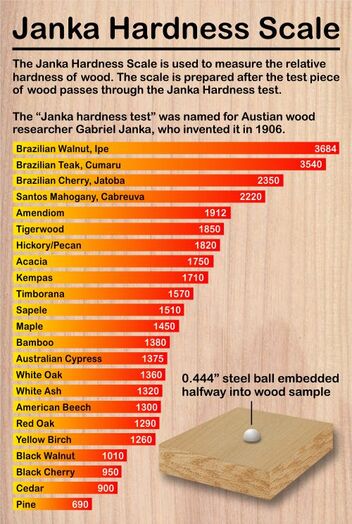 For anyone investing in beautiful hardwood floors, longevity is always going to be an important consideration. Trampling feet, playing children, or excitable pets can all put wooden surfaces to the test! This means that the right floor must marry gorgeous aesthetics with ultimate durability if it is to make the cut. Happily, resilient solid or engineered wood flooring and durable parquet wood flooring are readily available to today's consumers. Here, we will outline what to look for when selecting a dream hardwood floor that will truly be built to last. How Is the Durability of Wood for Flooring Measured? Understanding the toughness of wood types can get a little confusing—especially when we think of the terms “softwood” and “hardwood”. In reality, some softwoods can be very hard, and some hardwoods can be very soft! The true meaning of these terms actually has nothing to do with durability, but instead the type of tree species. Softwoods are cone bearing trees—like pine or cedar—and hardwoods come from deciduous trees. When we want to understand how robust different wood species are, we only need look to the Janka Harndess Scale for answers. The Janka Scale serves as a universal guide for measuring how well wood can resist wear and tear. Each type of wood is ranked through a test, which involves measuring the force required to embed a 11.28mm steel ball into the wood's surface to a depth of half its diameter. The resulting score gives us a great idea of how stunning board or parquet wood flooring made from that particular species will perform over time. Although, there are other factors to consider too, such as the moisture or temperature resistance needs of the interior in question. Durable Oak Wood Flooring: The Industry Standard While some exotic woods offer astronomical hardness on the Janka Scale—such as Teak or Brazilian Cherry—these types of wood tend to come with a similarly elevated price tag! Thankfully, oak is a far more accessible species, and its hardiness rating of around 1300 on the Janka Scale means that it is plenty tough enough for the creation of wonderfully durable engineered wood flooring, solid wood flooring, or parquet wood floors. When we consider that some of the most revered and ancient hardwood floors in the UK, and indeed the world, are made from oak, it becomes easy t 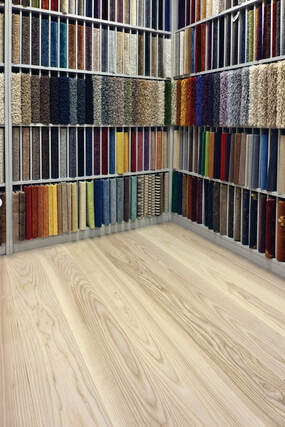 Ash Keeps Oak Company on the Janka Scale Keeping oak company on the Janka Scale—with a score of 1320—we find ash wood. Also native to the European continent and the UK, European Ash provides a wonderful spectrum of properties. These include being both resilient and fast growing, and tolerant to coppicing—making it an environmentally friendly choice too. Alongside its toughness, ash wood is also flexible and shock resistant. This makes it an optimal choice for both durable engineered ash wood flooring or solid ash wood flooring, parquetry, and indeed just about any kind of woodworking! For Durability and Resistance: Solid or Engineered Wood Flooring?
Many imagine that solid wood flooring is the only choice to make when seeking longevity. However, the truth is a little more nuanced. Because each board within a solid wood floor is made of a single piece of timber, these types of floors can withstand near unlimited sanding and refinishing. That said, a high quality engineered wood flooring topped with a generous layer of aesthetic and resilient hardwood will withstand refinishing one or two times if necessary. Of course, when a suitable hardwood is chosen such as oak or ash, and diligence is applied, the need for this type of refinishing should be a rare occurrence indeed! Balancing that equation, quality engineered wood flooring can offer some additional rewards that may lead some to consider it favourably. Because of the multi-directional construction of durable engineered wood flooring, it can be far more resistant to temperature fluctuations and moisture. This makes it a good choice for kitchens, basement rooms, and for pairing with underfloor heating. Seeking Guidance on the Perfect Wood Flooring for Your Needs If you are left wondering if durable oak wood flooring is the perfect choice for your envisioned interior, or if you could use a little advice on how to navigate the ins and outs of parquetry, the expert team here at Unique Bespoke Wood are always happy to provide guidance. Not only can we help you pin-point the wood species and finish that will meet your vision for both beauty and resilience, but we can also advise on the best wood flooring solutions to pair with the unique characteristics of the space at hand. Discover durable parquet wood flooring solutions, contemporary wide planks and creative finishes that are all ready to stand up to the tumble of every day life. Allow us to realise the resistant and resplendent floor you imagine! It's almost impossible to think of English interior design with out picturing the timeless beauty of re-discovered Victorian-era hardwood flooring—or perhaps even the iconic boards trodden by the actors that have long done justice to Shakespeare's plays at the Globe theatre in London! While it's true that wood flooring in England has a long and fascinating history, the journey from the most rustic of hand sawn timber planks of yesteryear through to the introduction of parquet flooring in England—and then on to the sophisticated and diverse aesthetics that we enjoy today—is perhaps not as linear as you might expect. Here, we will trace the fascinating ascension of wood as England's favourite form of flooring. I wonder, will you be surprised? The Humble Beginnings of Wood Flooring In England If we were to hop into a time machine and zoom back half a millennia, we'd find that English floors—and indeed those across the rest of Europe—were largely comprised of compacted dirt. Years of people and animals co-habiting upon earthen floors could polish such surfaces to a concrete-like finish. Although, these dirt floors were less than fragrant, so it was customary to scatter the floor with mint which would release a concealing fragrance when trodden underfoot! Wealthier homeowners might have enjoyed the decadence of a flagstone floor, and perhaps, within the odd two-storey structure, a rough wooden floor might have been found. However, it was not until the Baroque era arrived in the 1600s that wood floors began to gain popularity across Europe. At this juncture in history, wood floors in England would have needed to be hand split and scraped to produce planks suitable for flooring. The resulting variety of widths and thicknesses would have meant that creating a relatively flat surface was a time-consuming and costly undertaking indeed. The Arrival of Parquet Flooring In England As the earthen floors across England were gradually beginning to be replaced with rustic wooden floors on joists, the English aristocracy were embracing the latest trend to travel across from France—the finest of parquetry, à la Versailles! Such artistic installations called for the most skilled artisanal carpenters, so the herringbone parquet wood flooring England pined for was still only accessible to society's most elevated elite. In the time that spanned between the popularisation of wood flooring in England and the dawn of the industrial revolution, coveted hardwood unsurprisingly became scarcer and harder to acquire. Softwood floors presented a viable—all be it less robust—alternative, although the elegant aesthetic that only hardwood could offer was the ultimate prize. Homeowners began staining their pine floors in an effort to mimic the look of the hardwoods they desired. Queen Victoria's Wood Flooring Legacy As the end of the 18th Century approached, the industrial revolution began to gain momentum in England, bringing with it machinery that could plane timber as never before. With the arrival of the Victorian era, steam engines made timber processing even more efficient, and tongue-and-groove boards were first invented. With industry, Queen Victoria's campaign of building housing for workers meant the inception of the extraordinary legacy of Victorian homes—complete with wooden floors—that many of us hanker after today. Parquet flooring in England became freshly available to the middle class, and those who were able to increasingly chose decadent herringbone or chevron parquet flooring for their hallways and spaces for entertaining. Hardwood Flooring Enters Partial Hibernation in the 20th CenturyIn the England of the roaring 20s, alternative flooring products began to emerge such as the early patterned linoleums that are now so widely considered overly kitch. Meanwhile, finishing products for wood flooring were improving making them even more resilient. After Word War II, many a hardwood floor in England was sadly lost under carpet, which temporarily became the aesthetic of choice.www.ubwood.co.uk
Sadly, this trend meant that many new builds were fitted with softwood or even plywood floors—leaving contemporary homeowners to contemplate installing hardwood flooring today! Happily, as the new Millennium approached, wood flooring and parquet flooring were embraced once more. The new era of beautifully finished timber floors brought with it the benefit of exceptional technical advancements—in terms of how hardwood is processed, installed, and finished, within modern interior design. The Contemporary Era of Wood Flooring in England Today, the wide plank or herringbone parquet wood flooring England demands are more exquisite and diverse than ever, and created with longevity in mind. Consider how many proud homeowners have recovered the forgotten treasures of original Victorian wood flooring within their homes. One has to wonder who will be enjoying the hardwood floors that are crafted today in the years yet to come! The arrival of engineered wood flooring in England has also opened a new door of opportunity within interior design. Floated floors and underfloor heating make design possibilities more versatile than ever. Whatever style of hardwood floor is selected, a dizzying array of forms and finishes await discovery. There can be no doubt—today, the floor you imagine is surely within reach. If you'd like to know more, contact the Unique Bespoke Wood team! When it comes to showcasing the natural beauty of wood, hand-scraped wood flooring offers a particularly charming option. Just as its name might lead you to imagine, this form of hardwood floor features a textured and heritage-look finish that is loaded with character. An undulating, organic surface is created which allows the wood's wondrous grain patterns to sing. Simultaneously, this distinct aged-wood feel can be applied in all manner of interiors, providing interest and contrast within any number of design concepts. While hand-scraped wood flooring can be thought of as a distinct aesthetic, a variety of looks can be achieved – through the application of different stains, oils, waxes, and other finishes. Turning this technique to bespoke wood floor designs, or on-trend hand-scraped wide plank wood flooring can deliver phenomenally striking results. Meanwhile, hand-scraped engineered wood flooring offers the versatility required for floated floors and even underfloor heating. What Is Hand-Scraped Wood Flooring? Fascinatingly, the origins of hand-scraped wood flooring are rooted in an entirely different motivation to the one that we pursue today. Within contemporary floor design, hand-scraping is harnessed to manifest a more old-fashioned or rustic aesthetic. However historically, before modern wood milling techniques were developed, this practice was used to make each plank's surface more uniform. Back when each plank was cut by hand, variance in thickness was commonplace, and hand-scraping was necessary to create an even floor surface. While this intervention is no longer required, many still romanticise the cosy and vibrant energy of hand-finished wood. Happily, recreating this aesthetic for your dream interior is a practice still very much thriving! Will This Work In Any Interior? While hand-scraped wood flooring will always deliver the appearance of a solid hardwood floor, this look can be achieved via both solid and engineered wood flooring solutions. This means that there are very few limitations on the spaces within which a hand-scraped floor can be introduced. The robust and moisture-resistant nature of hand-scraped engineered wood flooring also opens up exciting possibilities such as suitability for kitchens, bathrooms, and sun rooms. In terms of design, it is important to note that hand-scraped wood flooring is a feature in its own right, and will play a central role within any space's composition. While a smooth hardwood floor's finish may play the part of a neutral backdrop to your interior's features, the intriguing textures of hand-scraped wide plank wood flooringor perhaps even parquetry will hold attention, providing continual enjoyment, and interplaying with other design elements. That said, this doesn't mean there are any restrictions on the type of aesthetic for which hand-scraped wood flooring might be suitable – but rather an opportunity for creative play. From authentically historic homes to bold contemporary-vintage mash-ups, the potential to be explored is endless. Underfloor Heating and Hand-Scraped Engineered Wood Flooring
Thanks to contemporary technological advancements, underfloor heating has never been more accessible for homeowners. This thrilling interior design tool not only means that central heating elements no longer need to be in sight, but also that the warm aesthetic of hardwood flooring can be matched by the pleasure of warmness underfoot. Hand-scraped engineered wood flooring instantly manifests the impression of a floor that holds history and has a story to tell. In this sense, a new floor that facilitates the luxury of underfloor heating does not mean sacrificing character – in fact, quite the opposite is true! Hand-Scraped Wood Flooring From Unique Bespoke Wood Bringing out the natural beauty of hardwoods and introducing that grace to each interior we encounter is where our passion lies. With years of experience and a diversity of expert skill sets, our team are on hand both to advise on the perfect floor aesthetic to complement your space, and to deliver your vision flawlessly. We can provide hand-scraped wood flooring with a dark or light, or warm or cool finish. This charismatic style of hardwood flooring can be brought to life in any flooring style, or plank width. If you would like to learn more, contact our team today. The warm and refined presence of wood within the home is unquestionably transformative. One of the most impactive ways that this elegant and natural material can be harnessed is in the introduction of beautiful bespoke wooded stairs. Your dream staircase project may come in the form of a revamp of your existing staircase, or an entirely new design. Either way, Unique Bespoke Wood are here to aid you in realising your vision! Whether seeking striking hardwood stair cladding, or exploring how to create something truly unique with engineered planks for stairs, read on to discover more about the process of staircase design and construction. A Vision of What You Want The wooden staircase design that you arrive on will depend very much upon the space it is set to inhabit. If aiming to manifest spectacular wooden stairs from scratch, the potential of what can be achieved is largely only limited by your imagination! Of course, your wooden stairs design will need to be space-appropriate. From a structural standpoint, you will be able to consider whether your staircase will be straight or curved, or feature turns – perhaps with landings. One of the wonderful things about wood is the diversity of aesthetics that are available. Hardwood or engineered planks for stairs can be dark and majestic, or light and lifting. Wood may be smooth, sleek and minimalist, or decorated with characterful knots and grain patterns. You might choose to coordinate the finish of your wooden stairs with wood present in the surrounding areas – or you may wish to make a bold stand-out statement! Fundamentally, the choice is entirely yours. The Ins and Outs of Stair Cladding
If your aim is to makeover an existing staircase, stair cladding can deliver an astounding transformation that alters the air of your entire home. Bespoke stair cladding can be fitted to almost any existing staircase, creating the instant appearance of a solid wood staircase. Coordinated balustrades can be considered – or if going for a more contemporary look, glass panelling may be just the feature to create instant wow-factor. Once again, a near endless spectrum of wood finishes and grain aesthetics are at your fingertips when reimagining a staircase in this way. To ensure that you know how to describe your vision, stick with us as we examine the need-to-know terminology of the wooden stairs structure! Going Pro With Staircase Terminology When viewing a fantastically finished staircase, its component elements will likely be the last thing on your mind. However, when planning that staircase's design, understanding which parts are which can be incredibly useful – both in terms of communicating with anyone assisting in the design process, and the artisans bringing that polished composition to life. With that in mind, here are some of the key terms that will help you discuss your wooden stairs like a pro:
Navigating Building Regulations If overhauling with stair cladding, in all probability you will not need to navigate the technicalities of building regulations. However, if designing something entirely new, it is best to know what can and cannot be done. You may enlist the help of an architect, or indeed a talented joiner from our team here at Unique Bespoke Wood, to assist in the design of your staircase. They will understand that there are a few rules that must be followed when planning a bold new staircase design, each implemented with safety in mind.
Wood Provides Quality At Every Step With the above information at hand, you should be able to begin exploring the possibilities of your destined staircase design. By opting for wooden stairs – either with stair cladding, solid wood, or engineered planks for stairs – you will certainly ensure longevity. Hardwoods are a perfect choice for one of the most trafficked areas of your home, providing optimal durability while serving as a timeless aesthetic focal point. By partnering with professionals who can turn their expert eye to manifesting your staircase design, you can also achieve the flawless finish and functionality that you hope for. If you would like to discuss the many incredible options available to you for your upcoming staircase project, don't hesitate to contact our team. We are always thrilled to advise, and steer you towards the result you desire! We've all experienced walking into a truly special space—a room that immediately struck us as balanced, intriguing, and sumptuous. A bounty of pattern and texture inhabits the world around us, and yet we rarely pause to consider how these enriching intricacies change the way we experience interiors. When it comes to interior design, however, it becomes our responsibility to create such harmonious and inviting aesthetics, rather than simply enjoying being immersed within them! Here at Unique Bespoke Wood, our passion for transforming interiors with a sleek chevron parquet pattern or a room-expanding wide plank wood flooring has attuned our awareness to the importance of pattern and texture. With that in mind, today we invite you to join us in exploring why these two factors are so important when designing stand-out interiors, and how you can harness their super-powers to maximum effect. How Do We Define Texture? While the answer to such a question might seem obvious at first, claiming the full lexicon of all things texture related helps us to get more playful as we explore this element within design. From a technical perspective, texture describes the surface quality of a material—whether it is rough or smooth, ridged or bumpy, and so on. We can also consider texture in terms of whether it is purely visual, or if it also offers a tactile presence within a space. When we visually absorb the textures within a room, part of the impression created includes how we perceive certain surfaces would feel to the touch. This quality can be highly evocative—making a space feel sleek and modern, or decadent and inviting. Tactile textures may trigger our memories or certain associations. Texture is also a powerful tool for differentiation, and adjacent surfaces can be highlighted and contrasted through the simple application of different finishes. How Do We Define Pattern? In contrast, pattern is created through motif, be it divine decoration found on fabric, tile or wallpaper, or the luxurious presence of herringbone parquet pattern across a spectacular hardwood floor. Through the two-dimensional form that pattern takes, our perception of a surface is transformed. The perfect choice can alter our impression of scale, grab or divert attention, and make elements proudly leap forwards, or modestly slide back within the room's composition. Just as texture can be evocative, pattern can also help us convey certain design styles, or trigger certain emotional responses. In either case, balance is key—texture and pattern should create interest as we visually explore a space, rather than being allowed to overwhelm it. Striking a Perfect Balance
As human beings, our sense of touch and intrinsic curiosity are each very instinctive, so these two design resources allow us to create multi-faceted interiors that delight and inspire the senses. There is space for playfulness in the application of pattern and texture, but going all-out can create visual confusion, overpowering—if not obliterating—other design elements! Instead, we must think in terms of balancing the visual weight of the more intricate or high-contrast surfaces introduced. Opting for similar or complementary patterns and textures can be a wonderful tool for tying a room together, while they can also allude to the intended use or mood of the space. While best applied in measured amounts, bold pattern can serve as a magical stand-out feature, and a resource from which an entire colour scheme and tonal aesthetic can be built. . The Impact of Illumination When composing an interior design, texture and pattern should always be considered with lighting in mind. Direct light will enhance, while diffuse light will detract from the impact of your featured surfaces. An interesting texture can be brought to life with lighting that hits it from an oblique angle, while a reflective pattern can reclaim a dark corner and make it shine forth. Different materials may reflect or absorb light, so approaching these elements wholistically is important to retaining control of the visual results. For many interiors, considering how textures and patterns will appear both in daylight and under more atmospheric evening conditions is also valuable for achieving ultimate design success. . Creating Illusions of Scale When designing interior spaces, a glorious opportunity is presented to manipulate the room's scale through clever illusion. Wide plank wood flooring can work wonders for making a space feel not only contemporary but also far larger, while vertical pattern on walls and furnishings can create the impression of more height. Within a more substantial space, chevron or herringbone parquet pattern will make the room feel intimate and inviting, while introducing an air of elegance that cannot be matched. Large-scale repeat patterns can make an interior area feel smaller, while fine and delicate pattern can make walls appear more expansive. With a little imagination we can tune into how texture and pattern draw the eye: do they make a surface advance towards the viewer, or melt away? Will a pattern highlight geometric form, or make the surface irregularities often found within historic structures vanish pleasingly from sight and mind? By considering the power that pattern and texture provide, we can build interiors layer by layer into spaces that provide continuing pleasure to all who inhabit them. If you would like to explore how a herringbone parquet pattern, chevron parquet pattern, or wide plank wood flooring would transform your envisioned interior, contact our team today. We are always ready to assist you in bringing your design dreams to fruition! Its no wonder that many of us dream of introducing chevron parquet wood flooring or herringbone wood flooring into our favourite interior spaces—parquetry offers an elegance that is impossible to match. Whether in Ash or Oak; antique, smoked or brushed; of traditional style, or design parquet wood flooring: such a surface will elevate any home or workplace, generating enjoyment for years to come. With all this in mind, mastering how to look after a parquet floor is certain to be top of the agenda for any new installation. As with all hardwood floors, maintenance is marvellously simple just so long as a few golden rules are adhered to. Read onto to discover the ins and outs of optimal parquetry care. Starting Off on the Right Foot A certain level of daily dirt accumulation is an unavoidable reality—from pet hair to debris carried in from outside—no matter the indoor space at hand. As with other forms of hardwood flooring, such particulates are best removed from parquetry with a vacuum, or failing that the light sweep of a soft bristled broom. When using your vacuum cleaner, be sure to choose the bare floor setting to disengage the rotating beater. Because sand and grit are the flooring foes most likely to lead to scuffed surfaces, installing doormats is an excellent way to further safeguard your herringbone or chevron parquet wood flooring. As an added bonus, an absorbent entry mat will also protect against wet footprints during damper months—a factor that is more important than many might realise. How to Clean Parquet Flooring The reason that soggy foot or paw prints are best avoided is that saturating your stylish design parquet wood flooring with water is the ultimate parquetry faux pas. Excessive moisture can cause damage, causing the wood to move and swell, causing staining, or simply leeching the wood of its beauty-enhancing oils. For those of us who take pride in regular cleaning, this can seem somewhat counter-intuitive, but in truth when it comes to wet-cleaning a parquet floor, less is certainly more. The ideal tactic is to opt for a lightly damp mop or cloth, being sure to wring it out well as you go—and never saturate the wood with water. It is also vital to choose a gentle and wood-friendly cleaning product, avoiding anything acidic or abrasive. Be sure to allow your floor to air dry fully before replacing furniture. Prevention Is Better Than Cure
Speaking of furniture, investing in protective felt or cork furniture pads for the feet of heavy or often-moved items can ward off the risk of scratches to your beautiful chevron or herringbone parquet flooring. Rubber sliders are not a strong choice to accompany hardwood flooring, simply because rubber doesn't breathe—the same can be said of rubber doormats or anti-slip mats, to avoid these with caution and explore other options. A little thought should also be given to rolling office chairs, or any other item on wheels or coasters, to ensure that they are equipped with soft, standard running surfaces. In terms of spills, the best way to avoid staining is to act quickly, removing any substance that takes a tumble. Blotting up liquids with a cloth before removing any residue is the speediest way to ensure that the integrity of the wood is protected. Of course, ensuring that your parquetry is regularly re-oiled will provide a far more repellant surface—do check out our recent blog on how often to oil wood flooring. A well cared for parquet floor is incredibly undemanding, but taking a stance of pre-empting and eliminating potential risks is the best strategy for ensuring that initial beauty remains for the long haul! What to Do if Your Parquet Floor Is Damaged Of course, nobody wants an accident to occur, but unfortunately these things can sometimes happen. Perhaps a tiny stone caught under the foot of a sliding chair may cause a tiny scratch. Happily, if the offending scratch in question is a small one, usually a light re-oiling and buff with a cotton cloth will make such a mark disappears. If, however, the damage is more significant then turning to your trusted hardwood floor installer is likely the best option. It may be possible to replace the damaged plank, or sanding and re-finishing the floor's surface might be the best solution. Whether in need of assistance with pre-existing chevron parquet wood flooring or herringbone parquet wood flooring, or hoping to aquire advice on maintenance of your freshly installed Unique Bespoke Wood parquetry, our team are always ready to assist. Who doesn't love a beautiful hardwood floor? While we might all share enjoyment of this beautiful material, you might find yourself wondering why hardwood flooring is used underfoot, and what these two terms really mean. Of course, the most convenient answer would be that hardwood is harder, and softwood is softer! But, in reality, the truth of the matter is not so cut and dry. In fact, hardwood and softwood come from distinctly different types of trees, and offer quite different properties from each other. For this reason, when we envision even spectacular engineered oak hardwood flooring or engineered walnut hardwood flooring, we find peace of mind knowing that the entire construction is of strategically selected hardwood. To clue you in to why this matters, allow us to invite you along for a deep-dive exploration of the difference between these two types of woods, and why hardwood is our heart and soul here at Unique Bespoke Wood. Two Different Types Of Trees So, if hardness or softness do not define these terms, what does? The distinction between hardwood and softwood actually lies in the way that trees reproduce! Hardwood comes from trees that are known as angiosperms. These are trees that produce seeds with some kind of covering, such as the flesh of fruit, or the shell of an acorn. They are also leaf bearing, and are more-often-than-not deciduous trees, meaning that their leaves fall in the winter. In contrast, softwood trees are gymnosperms, and produce seeds which fall uncovered to the ground. Most softwood trees are evergreen, and great examples include pine trees, which shed their seeds from cones, and conifers, which release their seeds on the wind. Fascinatingly, some hardwood trees, such as balsa, are quite soft, and some softwood trees, such as conifers, produce quite hard wood. So, if the terms hard and soft are a little confused when we talk about wood, how do we measure the difference? In fact, the hardness of all woods is measured and rated using the Janka test. This clever method was come upon as a way to measure the usability of wood for flooring, which is undeniably very important! The Janka test measures the resistance of wood to denting and wear by assessing the force, in pounds, required to embed an 11.28mm steel ball into the wood to a depth of half of the ball’s diameter. Two Different Realms Of Possibility
Of course, all wood is naturally beautiful. However, hardwood and softwood are not created equally. Hardwood contains far more fibres, and tends to grow much more slowly. This can result in the spectacularly beautiful grain patterns, knots and burls that we all enjoy so much as organic decoration within our homes and interiors. What's more, the dense and fibrous structure of hardwood lends fantastically to purposes that will require utmost strength and resilience. That divine engineered ash hardwood flooring that you have been dreaming of will be ideal for remaining at its best with continuous footfall. Equally, that richly hued and pattered engineered walnut hardwood flooring will radiate elegance, no matter how much traffic it sees! Hardwood is absolutely wonderful for providing the longevity that we aspire to when we install a breathtaking floor, for a truly special interior. The resilient nature of hardwood makes it a good choice for exterior woodwork, such as decking. Because of the unique beauty provided by many hardwoods, they are also popular for bespoke joinery and fine veneers. As an added bonus, they are also far more fire resistant than softwood. In contrast, softwoods play a different role within our homes. Softwood accounts for around 80% of the timber used around the world, thanks to its versatility. Because of hardwood's dense, fibrous nature, its resilience comes at the cost of easy workability. This often makes softwood a preferred choice for projects such as furniture making, ceilings, floors and windows. Because softwood trees grow faster, softwood is also usually cheaper, making it an attractive choice for construction and building elements. However, lower longevity and poorer fire resistance are the costs that come within such an equation. Creating Your Dream Floor When we create the exquisite engineered wood flooring – or indeed solid wood flooring – that you envision for your anticipated space, we know that the oak, ash, or walnut that you might choose will provide an aesthetic that you will enjoy for many years to come. We know that the birch wood layered within our engineered flooring will provide unparalleled durability against changes in temperature and humidity. At the same time, as you will discover, there is immense joy to be found in the knowledge that each hardwood floor created is like a fingerprint! Each type of hardwood provides a different grain presentation, while no two trees produce an identical pattern. With the addition of different finishes, a vast array of colours and contrasts can be achieved. In this, hardwood ticks every box when it comes to manifesting both striking and inviting interiors that are built to last. So, are you ready to explore engineered oak hardwood flooring, or any one of the many other options available here at Unique Bespoke Wood? If so, contact our team today! From commercial spaces to the most lavish of homes, designers are opting for the opulence of parquetry in engineered form. So, what makes this trend so self-propelling? Put simply, spectacular Herringbone or Chevron parquet engineered wood flooring does a beautiful job of marrying eye-catching style with ultimate versatility. In this particular flooring solution, designers and property owners alike truly can have their cake and eat it too! The Timeless Appeal Of Parquetry Parquetry is without a doubt a statement that never goes out of style. Ever since its inception in the 17thcentury it is an interior element that has been sought after as a symbol of elegance and taste. Within commercial settings it fosters an immediate impression of desirability and success. Within homes it offers fantastic visual interest and instantly elevates blank-canvas interiors into sophisticates spaces. Engineered Herringbone parquet flooring provides the most classic aesthetic that so many adore, while chevron designs – particularly the contemporary wider or custom angled chevron designs – offer a fresh take on this traditional flooring style that packs the same stylistic punch, while providing modern appeal. Ready For Any Environment Realising a designer's parquetry vision within an engineered wood floor is where the magic really happens. This is because the high calibre engineered wood flooring of today is literally ready for anything! Because of its intelligent layered construction, engineered wood flooring is able to tolerate variations in both heat and moisture that a traditional hardwood floor simply cannot. What's more, a fine example of engineered Herringbone parquet flooring will be ready to take on high footfall, making it ideal for the highly trafficked interiors of commercial spaces or office buildings – and even the most chaotic of family households! Speaking of environment, designers and their clients love the green element of engineered flooring too. Because the Chevron parquet engineered wood flooring you are coveting is constructed of layers, the hardwood used is far more sustainable to source than that found in solid wood flooring alternatives. We always make sustainability and environmental impact top priorities when sourcing our beautifully wood here at Unique Bespoke Wood, but there is no doubt that engineered wood flooring broadly has the upper hand when it comes to taking care of our planet. Of course, in both the case of engineered and solid wood flooring, reclaimed wood is also an eco-friendly option that can be explored! No Need To Compromise On Vision
For designers working within a pre-existing space, the opportunity to reinvent that space is invigorating. Working with the limitation of a standing structure, however can be somewhat limiting, but in these cases engineered parquet flooring comes into its own once again. The property owners are dreaming of expansive and lustrous wooden floors, but they are working with low ceilings? Engineered flooring can be floated, negating the need to make space for a suspended floor. Dreaming of a slick interior that doesn't have space for the intrusion of radiators? That's no problem, because engineered wood flooring is ideal for installation over underfloor heating. Contemporary engineered flooring innovation means that just about every interior can now be enhanced with the flair of parquetry! Bespoke Design Parquet Flooring We touched upon wide-plank chevron parquet and the application of custom angles within parquetry a little earlier. For designers scoping out their options in terms of parquet style, engineered wood flooring means that the only limit is their imagination. Bespoke design parquet flooring allows for all sorts of variations, depending on what emerges within a designers mind's eye. Parquetry that incorporates extra long or wide boards can create a strikingly different look that has everyone taking a second glance. Playing with angles can create a truly unique aesthetic, as can choosing woods with fantastic colour variation such as walnut. Other varieties of parquet are also a possibility, such as the ever-iconic Versailles parquet. In one way or another, our homes are always a reflection of what we love. They are a vehicle for expression – whether modern and minimalist, or loaded with antique treasures with adventurous backstories! It is undeniable, however, that in light of recent global circumstances, the role of the home has been somewhat reframed. From those spending time secluded in pandemic-related lockdown, to those simply finding a fresh perspective on appreciation for personal space, it's not surprising that we are seeing our homes in a new light. If slowing down under tough circumstances has taught us anything, it's that our homes are our sanctums, and hold the power to provide a sense of comfort. Surprisingly, trends emerging back in 2019 – long before Covid-19 was even on our radar – had already embraced the nurturing potential of interior design. Here, we will explore how natural materials, such as divine natural oak wood flooring, can contribute to enhancing our sense of well-being when at home. Are you ready to enhance the cocoon-like qualities of your interior? Creating A Cocoon-like Embrace At Home It's no secret that open floor plans and large-scale furniture curried favour within interior design circles for years. Of course, there will always be a place for such inclinations. However, in a trend that was taking well-timed stride last year, many people are looking for something a little more intimately scaled. Fundamentally, when it comes to residential interiors, a nesting instinct has taken hold! Alongside the urge to create softened spaces and corners in which to nestle, this has brought a shift in colour palette. Previously popular neutral and cool colours have slid aside to make way for warm neutrals, with infusions of pattern and richness. An inviting interior with natural ash wood flooring, and sumptuous furnishings that ask to be engaged with, offers far more when it comes to our actual living experience than sleek sharp lines. In reality, comfort can be achieved in any number of different ways, but the way in which we interact with our spaces has never been so relevant. Alongside the right warming shades, we are seeing a change in shapes too, with rounded edges making a firm return. The warming, the tactile, the practical, and the pleasurable – these are the materials and objects that are finding their place as rulers of our interior landscapes. Introducing A Well-being Element To Our Inner Sanctums While exciting getaways to indulgent locations are conspicuously absent, our yearning for something soothing has never been stronger. Within the current crisis, we find ourselves grappling with entirely understandable feelings, such as anxiety, overwhelm, and even grief. While resisting the urge to lean into the luring arms of comfort baking or online shopping for too long, there is value in recognising the immense power that interior design can wield over our well-being. Not only that, but embracing these ideas can mean not only boosting the comfort of home under current circumstances, but offer the same rippling rewards when a more normal mode of life returns! The idea that architectural design can be harmonious can be traced back to ancient Roman engineer Vitruvius. Today, thanks to the research of individuals such as architectural critic and historian Sarah Williams Goldhagen, we have built a mighty structure upon the foundations laid by historic thinkers like Vitruvius on the subject. As Goldhagen discusses in her book, Welcome to Your World: How the Built Environment Shapes Our Lives, studies of behaviour, science, and psychology, can tell us a lot about the inner workings of our aesthetic experience. Goldhagen reveals that either an overly empty space, or an overly chaotic space can ramp up our stress levels. She recommends mimicking natures “organized complexity”, just as seen in natural fractal patters and proportions, for a tranquil middle ground. Beyond that, Goldhagen goes on to highlight the importance of sensory stimulation for emotional well-being. “We are imaginatively interacting with the environment at all times, and the richer those stimulations are, the better you’re going to feel.” As we sculpt our indoor environments, we can place emphasis on richness of texture, scent, sound, and visual interest, to enhance our home experience – and as a salve against anxiety. The Nurturing Impact Of Natural Materials
Of course, another important aspect when it comes to being at ease within the home is bringing nature indoors with us. If you're new to the concept, our recent article on the subject awaits, with details of how biophilic design – the art of introducing natural elements – can benefit in us in a dazzling number of ways. They don't call it creature comforts for nothing! Introducing the organic, for example in beautiful eco friendly wood flooring, provides a powerful connection to nature. A myriad of studies tell us that this in turn promotes healing, offering therapeutic reward and a sense of safety. Our homes grace us with a multitude of gifts – they serve as shelter, and provide financial security; they reflect who we are, and offer a place in which we can belong. Following recent events, they have become something far greater. Today, our homes may suddenly have taken on the role of being our offices, schools, and much more. With this in mind, choosing to transform them into spaces of greater comfort makes perfect sense. The warm and intricate texture of natural oak wood flooring, or perhaps the soothing presence of natural ash wood flooring, will provide a multi-box-ticking backdrop upon which to build an inner sanctum up to the task. Remember, the Unique Bespoke Wood team is always ready to chat, should you wish to explore your eco friendly wood flooring options! Over the centuries, staircases have played a vast array of different roles – from the functional heft of medieval spiral stone staircases, to the romantic opulence of sweeping double staircases within palaces and mansions. Taking stock of those within our own homes, we walk our staircases every day, and yet so often we seem to overlook them. As we spend fortunes on facelifts for our kitchens and bathrooms – rooms of the house that are relatively little seen – why do we neglect the staircase? It is usually the first feature that visitors set eyes upon, and functions as a very powerful design tool for transforming our inner sanctum. To this end, little could be better than the addition of wooden stairs, when it comes to raising our interior profiles. Of course, while most of us cannot afford the luxury of designing and building an entirely new staircase, transforming an existing flight with wood stair cladding holds the power to reinvent the feel and flow of our homes quite dramatically! Claiming The Home's Structural Centrepiece Today, the design of staircases is becoming a greater and greater consideration, as their potential as a focal point is harnessed. Rather than simply being a way to get from A to B, wooden stairs can provide a truly fantastic experience, adding an element of beauty and pleasure to the act of moving through your interior. Using wood stair treads and risers, a staircase may be fashioned to match new or already present hardwood floors. Alternatively, the staircase can become a stand-alone feature, serving as a contrasting source of interest, against surfaces of other materials. Contemporary wood stair cladding can be styled in any number of different ways, creating the impression of an elegant period feature, or an ultra-modern, minimalist architectural element. When combined with an array of potential balustrade materials, from matching wood, to steel work, or even glass, the possibilities are indeed endless! Selecting The Wood Stair Cladding You Desire
Just as spectacular hardwood flooring can be created in any wood type or finish desired, so too can cladding for a powerful staircase reinvention! You may envision dark, majestic woodwork for your dream staircase. You might imagine a weathered antique-look finish, featuring twisting and intricate grain patterns, paired with an industrial-style steel handrail. Alternatively, you may picture a sleek and angular pale wood finish, that adds a sharp and bright cleanliness to your home. Whatever your tastes may tilt towards, this type of staircase renovation allows you to introduce a new flavour of design, without the need for structural changes. Your transformed staircase will provide a visual connection between spaces – not only a physical one – and a daring choice can create the impression of scale and visual prowess, even within a compact interior. Getting To Know Your Wooden Stairs Lingo What are wood stair treads and risers, anyway? When deciding how to remaster your staircase, it will certainly help to know the ins and outs of staircase terminology! It may assist to know that treads are the horizontal part of the step upon which you place your feet. The risers are the vertical front to each step. Meanwhile, when we discuss nosing, we're referring to the front edge of the stair tread. If your staircase has one or both sides exposed, the supporting side components of the steps are known as ringers. Now you've got the lingo straight, what else might you need to consider before your staircase make over? The Power And Importance Of Lighting Appropriate lighting on a staircase serves in dual capacity, ensuring safe passage, and highlighting what can ultimately become a spectacular aesthetic element! Low level lighting can introduce a night-time flavour of glamour and modernity. Pendant lighting, just as when introduced within a beautiful kitchen or dining area, can introduce a twist of luxury. When designing lighting for your elegant new wooden stairs, consider both day and night aesthetics. Keep in mind that pale woods will reflect lighting, while darker woods will absorb and soften the impression of illumination. On a practical note, don't forget to pause for thought when it comes to maintenance. A glorious light feature for which bulb changing is near-impossible will not contribute to the pleasant staircase experience you aspire to! Make Your Staircase A Hero Within Your Home Divine features, be they striking antiques, or sublime surfaces, always make a home feel like somewhere truly special to be. Opting to transform your staircase with wood stair treads and risers can provide a dramatic transformation, while also offering practicality and durability that can be enjoyed for many years yet to come. Such an endeavour will doubtlessly enhance the value of your home, or simply make it a place that feels deeply self indulgent! If you love the idea of reinventing your staircase with wood stair cladding, the Unique Bespoke Wood team are ready to advise. Contact our team today for guidance on pricing, wood stair cladding options, and ultimately – all of the possibilities that await! Trendy concepts such as the Japanese art of shinrin-yoku, or “forest bathing”, have popularised the idea that being immersed in nature is good for our health. But, did you know that surrounding yourself with natural wood surfaces within the home or workspace can offer many of the same benefits? We don't often think about the materials that surround us. Glance about and ask yourself: are your surroundings populated with plastic, concrete, and metal, or natural materials such as wood? A 2017 study found that Brits spend an average of 92% of their time indoors – and that was before the arrival of pandemic related lock-downs! Fortunately, designers, architects, and consumers are becoming aware of the health, sustainability, and well-being related rewards that wood can offer. Here, we'll delve into the many advantages of introducing elements such as environmentally friendly wood flooring into our home and work environments! Harnessing The Power Of Biophilia Harvard naturalist Dr. Edward O. Wilson coined the term Biophilia, which describes our “innate tendency to focus on life and lifelike processes”. Over the course of his research, Wilson highlighted the way in which we, as humans, tend to feel an affinity for, and respond to, natural things. This makes wood within a home or office setting a biophillic material, meaning that it taps into a deep natural response. The result is a positive physiological, neural, and psychological cascade that leads to a greater sense of relaxation, a positive mood, reduced tension, lower blood pressure, and a boost in focus. So powerful is the presence of wood that it can slow our heart rate, shrink our stress levels, and even allow us to be creative, and express ourselves more easily! That all makes eco friendly wood floors sound quite appealing, no? Those stress-busting superpowers were demonstrated once again in a study from the University of British Columbia, which tested wood's capacity to help us feel Zen. Researchers revealed that subjects exposed to wood saw a reduction in activity within their sympathetic nervous system – the system within our body responsible for our fight or flight response. Improving The Quality Of The Air That We Breathe
Recent research hitting the headlines has increasingly highlighted the dangers of air pollution. You might be surprised to learn that wood is a powerful tool for countering this! Of course, we'd all like to imagine that the air we breathe at home and at work is not detrimental to our well-being. Unfortunately, within modern interiors, studies show that the air surrounding us can be as much as two to five times more polluted than the air we might breathe outdoors. This impact can be pinned on synthetic building materials – many of which release VOCs, or volatile organic compounds – and poor ventilation. Acting as a guardian to the air we inhale, wood is in contrast a beneficial aid to air quality. Attractive eco friendly wood floors will help to regulate air indoors, by moderating humidity. One of wood's many talents is to absorb and release moisture, keeping the air we breathe pleasantly balanced. As it does so, wood unleashes its natural antibacterial and antimicrobial properties, enhancing air quality yet further. This makes environmentally friendly wood flooring the perfect choice for avoiding air quality-related illness, and giving our lungs all they need to be healthy and happy. Relax – It's Good For The Environment Too A range of studies, from Canada, Austria, and the U.S. all found the same thing – that we all tend to automatically relax when surrounded by natural materials. In addition, choosing sustainably sourced eco friendly wood floors for your home or workspace offers yet another reason to relax, as you can be confident that you are playing your part in supporting the environment. In fact, not only does sustainably sourced wood, such as that used here at Unique Bespoke Wood, offer a great alternative to man-made materials. It also serves as a long-term store of carbon, helping to combat climate change. This is especially so when installing our eco friendly engineered wood flooring, which is built very much to last – so much so that it comes with a 25 year guarantee! Introduce Beautiful, Wellness Enhancing Wood Into Your Interior The natural warmth and beauty of wood provides dignity and style within any interior. This conscious impression is complemented by a sub-conscious boost to our well-being, and a parallel boost for the health of us and our planet! Environmentally friendly wood flooring can provide wonderful longevity within the spaces in which we spend the most time. Simultaneously, it can help us slash our stress levels – which, when left unchecked, hold the title of being one of the biggest triggers of health problems in today's world. Why not claim a little bit of Biophilia for your unique interior, and bring the benefits of outdoors, indoors? The team here at Unique Bespoke Wood are always on hand to guide you through our selection of eco friendly wood floors. Contact us today, and discover the perfect solution for your needs – helping you breathe more easily! Many of us adore the romantic aesthetic of a spectacular antique wooden floor. Stepping onto such a surface brings a sense of solidity, history, and nobility in tow! It is worth noting, however, that while some such floors may appear to have been shaped and reinvented by the passage of time, they are in fact far more modern than perception indicates. You might wonder: how is this achieved? The answer is with the installation of weathered wood flooring! Indeed, weathered parquet flooring can give the instant appearance of a floor that has been in place for generations. Equally, weathered engineered wood flooring can lend a beautiful and authentic appearance within a period home, while also discreetly concealing underfloor heating! So, what do we mean by weathered wood flooring? Here, we will get to know the concept, giving you the power to decide if it is the perfect flooring option for your dream interior. What Do We Mean By Weathered Wood Flooring? Within today's society, a vintage or antique look is often cherished – whether to be found within our wardrobes, or within our homes! When envisioning the perfect floor for your newly realised interior, you may hope to find the perfect reclaimed wood flooring. Such floors can offer a fabulous impact. However, options for reclaimed wood can be curtailed by availability, and the exact form you desire might be difficult to acquire. As the ideal alternative, the term weathered wood comprises that which has been treated in one way or another to create an aged aesthetic. Such flooring may appear rough and rugged, or may simply hold the mature hues and depth of grain that are normally only seen in wood with a winding life story. By opting for a flooring solution such as weathered engineered wood flooring, for your home, office, or commercial space, you can deliver instant maturity and character, while creating the exact ambience held within your mind's eye. How Is The Look Of Weathered Wood Flooring Achieved? The drive to manifest a weathered finish on wood has inspired a wonderful array of creative applications. A divine weathered wood floor may have been hand scraped, to create a unique texture, and a finish that harks back to the days before power tools! A more recent vintage appeal can be created with a band saw, which results in a characterful striping – perfect for adding personality and interest to a space. Diligent woodworkers may use wire brushes to alter the appearance of your weathered parquet flooring. This particular technique will gently lift the softer wood between the grain, making your floor's natural lines and textures appear more prominent. Wood may also be aged or distressed, using techniques such as tumbling. It may be smoked, to alter the woods colouration, or treated with a variety of natural waxes and pigments that will lend that aged appeal – a pale wash, for example, is immensely popular in this instance. Where Can Weathered Wood Flooring Be Used?
Contemporary interior design liberates us to play with combining aesthetics from all sorts of different styles and eras. We might immediately imagine installing weathered engineered wood flooring within a period home renovation, but the appearance of weathered wood can contribute greatly to ultra-modern interiors too. When combined with clean lines and man-made materials, weathered wood can soften a space – creating greater allure for its inhabitants. In fact, any interior that serves as a blank canvas can be elevated to striking levels with such an introduction! Because weathered engineered wood flooring – including weathered parquet flooring – can be laid both directly over a solid surface, or as a suspended floor, it allows maximum flexibility. Spaces that you may have imagined were off limits for the installation of a characterful hardwood floor become new realms of possibility! Whether you wish to add another authentic looking element to a beautiful historic property, or to introduce bountiful interest set against modern design, weathered wood flooring offers the perfect opportunity. Making the perfect choice of flooring within a contemporary office space may at first seem unimportant – after all, the room's inhabitants are absorbed in doing what they do best, rather than taking in the décor! However, selecting the perfect flooring material can have a far greater impact than one might imagine. From the psychological impact on workers to the impression given to clients, our chosen flooring can offer a surprising array of knock-on effects. Wooden flooring, in particular, demonstrates an impressive roster of rewards, and engineered wood flooring allows a speedy and convenient transformation for an interior workspace that will perform for many years to come. Here, we will explore how, for example, spectacular engineered wood chevron parquet flooring holds the key to unlocking the potential of your office and its inhabitants. Read on to discover more!
The Durability Of Engineered Wood Flooring An engineered wood floor of exemplary quality offers the perfect balance between high aesthetic and durability. Hardwoods such as European oak, ash, or walnut, boast exceptional strength and hardness, providing a floor that can not only stand up to heavy foot fall, but remain beautiful throughout! Meanwhile, the construction of Unique Bespoke Wood's engineered wood flooring provides a surface that is able to withstand heat, humidity, and dryness far better than a solid wood floor. Such adaptability can be a valuable resource within an office space that may not see consistent use – or indeed may see ceaseless use! To realise the perfect finish for your office floor, you can choose from a broad variety of finishes, adding the visual element you desire. In reflection of the quality provided, Unique Bespoke Wood offers a 25 year warranty on engineered wood flooring, making this an excellent investment within any workspace. A Psychological Boost To Workers The warmth of natural wood has a greater impact on those enjoying the space than many realise, and may even help to attract the highest calibre of talent to your business. Researchers in New Zealand found that the use of wooden surfaces within workspaces stimulates feelings of energy, comfort, and innovation – both for those working in the space, and those considering a prospective employer. Meanwhile, studies conducted in Japan indicate that the elegant lines and hues of natural wood can help to reduce stress, and decrease blood pressure for those in proximity, while enhancing our inclination to interact and collaborate. Enhancing Your Workspace With Engineered Wood Flooring Alongside psychological boosts associated with wood, practical advantages can be realised too. Wood is an excellent sound absorber, helping to improve the ambience of work environments for greater focus. It also boasts higher insulation properties than steel or plastic, increasing energy efficiency for your professional premises. Uniquely among potential flooring materials, wood also improves air quality, thanks to its ability to absorb and release moisture. In this way, wood maintains a harmonious equilibrium within the air we breathe. In contrast, aluminium, steel, concrete and plastics release volatile organic compounds and carbon dioxide into the air, decreasing air quality. For a fresh breath of air, engineered wood flooring is certainly an optimal choice! Creating The Perfect Impression For Clients As is our nature as human beings, valuable contractors and prospective clients quickly form first impressions of each business they encounter. As you can no doubt imagine, the sophisticated air of engineered wood herringbone parquet flooring will likely contribute far more to professional relationships than a tired carpet or linoleum floor! The appearance of hardwood lends an aspirational element to any office space that is impossible to imitate. Simultaneously, engineered wood flooring offers exceptionally low maintenance demands, making it easy to keep your workspace looking its best. Thanks to the tongue and groove construction of engineered wood flooring, it does not invite dust or dirt, but can rather be kept immaculate with a quick sweep or mop when the need arises. Fitting Engineered Wood Flooring In Your Office Because of its structure, engineered wood flooring is perfectly suited to a wide range of interior spaces. While solid hardwood flooring demands joists, engineered wood flooring can be laid directly over a concrete subfloor, calling for minimal renovation requirements, or even suspended over an underfloor heating system should your vision demand it! Not only can you choose from a spectrum of wood finishes, but you can also select from a diversity of floor styles. Engineered wood chevron parquet flooring, and engineered wood herringbone parquet flooring are immensely popular – tapping into contemporary trends alongside timeless appeal, thanks to their illustrious nature. Engineered floor construction permits any board width, or indeed length that you might envision. This means that you can create the unique aesthetic that you desire most, or select for speedy and efficient installation. What's more, given the substantial lifespan of engineered wood flooring, you can enjoy the potential to re-invent in the future, as Unique Bespoke Wood's engineered floors can be sanded and re-finished several times. For your convenience, our team is always on hand to guide you in selecting the perfect engineered wood flooring for your office, as per your requirements. Why not contact our team today, to discuss your options? From style advice to guidance on budgets, we are ready to assist! When venturing within the sweeping terraces and meandering wynds of Edinburgh, it is impossible to avoid a sense of excitement for the city's architectural wonder. The cityscape is a feast for the eyes, from its historic tenements to the imposing Edinburgh Castle, overseeing the city from a lofty volcanic rock perch. Spectacular stonework is accentuated thanks to the city's dramatically undulating landscape. Remnants of Edinburgh's timeline can be found all around you, from Medieval gems in Old Town to the exquisite example of Georgian city planning in New Town, juxtaposed with ultra-modern statements such as the both celebrated and controversial Scottish Parliament Building. For architects and interior designers set the challenge of contributing to this extraordinary city, inspiration is everywhere. But, when adding to the aesthetic created by the city's cobbled streets, regal green areas, tucked away courtyards, and bold gestures of grandeur, which home design elements will best honour the city? In truth, it is Edinburgh's inclination for innovation that has allowed it to develop such visual richness. After all, the city's 16th century tenements were considered the world's first high rise buildings! With that in mind, our good fortune in being able to venture in to some of Edinburgh's most beautiful homes has illuminated several common master strokes. With these elements captured, the aesthetic you build upon them can be as historically true or experimentally playful as you wish – the city will certainly allow it! A Mastery Of Letting In The Light Within a city not renowned for the finest of weather conditions, inviting natural light to stream into homes is something that Edinburgh interiors boast impressively. From the beautifully crafted sash and case windows to be found in Edinburgh's Georgian homes, to the expansive large-pained bay windows of the city's iconic Victorian tenement houses, natural illumination is a striking feature, often accentuated by high ceilings, and the architectural use of arches. This tradition may be attributed to the unusual way that social classes used to share the same urban spaces within the city. Before the construction of New Town in the latter half of the 18th century, it was frequently floor, rather than neighbourhood, that denoted class. Tradespeople tended to occupy the basements and lower floors of Edinburgh properties, while wealthier classes enjoyed the light that bathed the higher stories above. Whether renovating a historic Edinburgh home, or designing a modern construction from the ground up, doing justice to the light is a fitting tribute to the city's light embracing aesthetic. Edinburgh's Spectacular Hard Wood Floors
Of course, within the revered homes of Edinburgh's Old and New Towns, the finest examples of hardwood flooring await discovery and enjoyment. When absorbing such interiors, it is easy to understand why UNESCO listed both areas as world heritage sites in 1995. In fact, there are almost 5,000 listed buildings within the city, which is a higher proportion than can be found within any other city in the UK. The wood flooring Edinburgh showcases includes sweeping plank floors, polished by years of use, and delicate parquetry – the perfect complement to refined Georgian interiors. We cannot imagine a better accompaniment to the pink sandstone turrets of baronial style Marchmont tenements than the richly hued and warming visuals of the wood flooring Scotland loves so dearly. Whatever the design era of your own project, hardwood flooring adds an element of finesse that meets Edinburgh's majesty with style. The Art Of Homely Detail Unsurprisingly, Edinburgh's cultural history is just as decorated as its architectural history. Indeed, in the second half of the 18th century, the city was considered the heart of the Scottish Enlightenment, during which time it earned the nickname Athens Of The North. Inspired by pioneering resident thinkers of the time, such as economist Adam Smith, physicist Joseph Black, and philosopher David Hume, there is a calling to be adventurous when it comes to interiors. The city's infamous book trade lends perfectly to justification of decadent floor to ceiling book shelves – especially for the household of history buffs or philosophical explorers. The city's elegant exteriors are often met with interior intricacies, such as opulent moulding, and fine furnishing to complement those stunning hardwood floors. Energy In Edinburgh's Bold Interiors Perhaps again in response to the often lacklustre weather outdoors – and no doubt the city's charged spirit too – bold colour choices are often embraced within Edinburgh's walls. Whether within a glorious gilt-laden interior in New Town, or a rebellious 1960s Basil Spence architectural treasure, there is no need to shy away from bold visual styling in this city. A fearlessness of expression may be equally attributed to the way that the city has not shied away from incorporating striking modern design, creating an entirely unique and spectacularly diverse cityscape, that is quite like any other. Of course, strong hues are no more obligatory than a dram of whisky when calling Edinburgh home, but the option to indulge is always available! Here at Unique Bespoke Wood, realising your interior design vision is where our passion lies. As a proud Edinburgh wood flooring company, we take great pleasure in honouring the exquisite aesthetic of the city that hums around us – as well as our part to play in its future evolution! If you would like to explore hardwood flooring options for your interior, from the highest calibre of engineered wood flooring solutions, to history-revering and luxurious hand finished parquetry, our team are always ready to advise. Contact us today for more information. Here at Unique Bespoke Wood, we often get enquiries about our light oak engineered wood flooring, and our dark oak engineered wood flooring. For many customers, the choice between a light wood floor and a dark wood floor can be an incredibly tricky one. When both are so exquisitely beautiful, how can one decide? If you are in the grips of this exact dilemma, we are here to illuminate the best choice for your home or commercial setting. We've compiled all the factors that are useful when weighing which aesthetic to go with. Read on to discover the impacts that light or dark wood flooring will have, and which will best compliment your space! Let There Be Light The way light enters and interacts within a room is always immensely powerful in dictating how that space will feel. Because a floor is such a large surface, it's important to take into account how it will impact the light interaction. If you were to install light oak engineered wood flooring, that paler surface would serve to reflect light, making the whole space feel much brighter and airier. In contrast, dark oak engineered wood flooring will not have the same illuminating effect. In some settings, the expanse of a darker floor can add cosiness and character. To assess which is the case, begin by considering how much natural light the space has available. A room with little light will be opened up beautifully by a pale wood floor, while a space with abundant natural light will allow the intricate grain of a darker wood to shine at its best! You may wish to create a bright and calm aesthetic, in which case light wood may be the perfect selection. In contrast, you may desire a tactile and inviting space with bold colours, and zones created with pendulum lights or statement lamps. In this case, dark wood could help you bring your vision to life! Of course, these are only examples, but when considering whether your beautiful oak flooring will bounce light, or absorb it, you can begin to form a mental image of potential. A Sense Of Scale Just as light oak wood flooring allows a space to feel lighter, it also creates the illusion that a space is larger. This makes a fairer hue of wood better suited to small rooms, such as hallways, corridors, or smaller bedrooms. Of course, you may wish to harness this space-expanding effect in a large interior setting as well! In contrast, dark oak wood flooring may make a small space feel smaller yet. However, within large open plan interiors, a darker floor can unite the space, making it feel more intimate despite it's dimensions. In this sense, colour play at floor level can have a surprising impact on whether a smaller room still feels luxuriously spacious, or a larger room no longer feels like somewhere to rattle around! A Question Of Style
It is important to consider the design aesthetic that is destined to be built upon your floor of choice. Are you dreaming of a sleek minimalist aesthetic, a taste of decadence, or a cosy Scandi style? Ultra modern vibes may be set off ideally by light oak engineered wood flooring, while an ornate interior with gilt touches may appear yet more decadent over a dark oak engineered wood flooring backdrop. If you are not creating a space from scratch, but instead already have furnishings and decorative elements to work with, your new composition is vital to consider. For example, if you treasure a collection of dark wood furnishings, you may find that they get a little lost – and create an excessive sense of busyness – when upon a dark wood floor. If your furnishings are lighter in colour, or follow a particular colour scheme, the vibrant contrast that can be created with dark wood flooring might deliver your dream aesthetic! By envisioning the room as a whole, it becomes easier to identify the ideal flooring option. All About The Grain Finally, it is worth considering that, in the case of dark oak engineered wood flooring, the grain of the wood will be more visible, and will contribute greater detail for eyes that behold it! Many dream of oak flooring because of the beautiful patterning that this hardwood boasts. Whether light or dark, those inhabiting a space will always be able to enjoy the natural beauty of the wood underfoot. However, in the case of light oak engineered wood flooring, you can anticipate a more subtle addition to the room. Opt for a shade of oak that will complement the other intricacies that it will accompany, and you will be certain to arrive at an aesthetic you adore. We hope that this guide to light or dark wood choices has indeed shed light on your options, however our team is always happy to offer further guidance. If you would like to learn more about the potential of oak engineered wood flooring for your unique interior, contact us today! 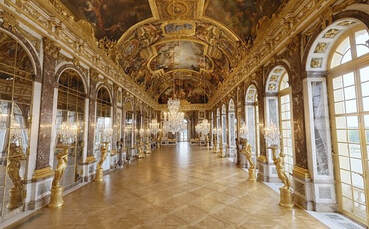 From the Versailles parquet panels synonymous with the palace of the very same name, to the chevron pattern parquet wood flooring to be found within many a modern interior, parquetry boasts an association with elegance and style that is hard to beat. When entering a room with a parquet floor, the impact is instant – and as impressive today as it ever has been. One might wonder, how did the practice of parquetry come about? Here, we will delve into the origins of this spectacular form of flooring, and uncover why it remains so immensely popular as a choice for interiors today. A Cutting Edge Development Within 16th Century France Prior to the arrival of Versailles parquet panels, the mansions and châteaus of France – and indeed much of the rest of the world – were floored with quarry cut marble or stone. Installed over wooden joists, such costly floors were an eternal maintenance challenge, as their weight and the need for wet washing would take its toll upon the timber frames beneath. However, innovation was to lead to a brand new fashion for flooring in 16thCentury France. A new form of mosaic-style wooden flooring was about to take the country by storm – and then Europe, and the world. Initially, wooden blocks were glued to concrete floors, however a more sophisticated technique was on the horizon. The new practice of parquet de menuiserie (woodwork parquet) saw blocks composed into panels, held together by a cutting-edge tongue and groove design. Such a method allowed the creation of marvellously intricate floors, featuring decorative pattern, and even colour variation thanks to the availability of diverse and stunning hardwoods. As such, the art of parquetry was born. This new form of flooring was opulent in appearance, hard wearing, and far easier to maintain than its stonework counterpart. Its name was derived from the Old French parchet, meaning a small enclosed space, and it was to become a prominent feature of French interiors over the next century. Of course, it was the palace of Versailles that was to elevate this style of flooring to international notoriety. A revolution in French interior design was about to begin, and it was to create an allure that would make the nation's aesthetic one of universal aspiration. Captivation Within The Palace Of Versailles King Louis XIV oversaw construction of the Palace of Versailles in 1682, on a site that had once been inhabited by a modest hunting lodge. This new construction was to exhibit a scale of decadence never seen before – and hardly challenged since. From endless gilt work to solid silver furnishings, everywhere the eye could be cast was populated with the greatest fineries. Beneath these many monuments to wealth was the consistent visual element of parquetry – the spectacular shine and intricate grain of the finest woodwork. Almost every room of the palace was laid with Versailles parquet panels. This particular form of parquet can be immediately recognised by its distinct square pattern, set on a diagonal to the space it inhabits. From its introduction within the great palace to its place within modern interior design, the Versailles floor motif has remained tied by name to this fascinating moment in French history. One room of the palace, however, deviated in design, featuring a different form of parquetry all together – the Queen's Guard room. Within this lavish chamber, chevron pattern parquet wood flooring was chosen. This single room marked the beginning of an interior aesthetic that enjoys particular demand today, more than 300 years after its first inception. Chevron parquet flooring, beside herringbone parquet, can be noted as parquetry form of choice for the current Millennium. Returning to the Palace of Versailles, upon its completion, King Louis XIV moved the entire French Court to this new home of grandeur, where it would remain until the French Revolution began in 1789. The Arrival Of French Parquet In England French design was to travel to England with Queen Henrietta Marie of France, when she married Charles I of England, and began a new life in London. Somerset House, then known as Denmark House, was to become the new Queen's home, and it was quickly decked out in the latest French fashion. The lavish Tudor house was entirely remodelled and refurnished, under the watchful eye of celebrated English architect Inigo Jones. Alongside his propensity to employ Vitruvian rules of proportion and symmetry in his buildings, Jones was an aficionado of French parquetry, and incorporated it as an elegant reminder of the Queen's noble heritage. A Flooring Trend Set To Repeat Throughout The Ages From this moment, Versailles parquet panels, chevron pattern parquet wood flooring, and a variety of other parquetry patterns were to become a firm fixture within luxurious interior design globally. Casting back to France, parquetry was to feature first as a mark of wealth, and then, thanks to Baron Haussmann's push to re-invigorate Parisian style in the 19th century, simply an iconic feature of French homes universally. This trend was mirrored around the world, as a popular, practical and beautiful method of flooring, and remained so until the 1930s when modern synthetic carpets became the fashion. At this moment, tragically, many fine examples of parquetry were lost, although some were merely covered. Moving into the 21st century, the glorious aesthetic of French parquet has seen a dizzying revival, with many a floor rediscovered. Versailles parquet panels remain classically fashionable, however it is chevron pattern parquet wood flooring that captivates the interest of designers and property owners today – appearing within modern homes, offices, retail spaces, bars, and restaurants. Perhaps it is the incredible versatility of this French style of flooring that draws such attraction. While some favour traditionally styled parquetry, others opt for rebellious or minimalist wood finishes, and a variety of wood block sizes, set in a diversity of angles. Parquetry remains as impactive in terms of wow-factor as it ever has, while also serving as a highly functional, practical, and easy to maintain floor for any functional space. Better yet, thanks to contemporary innovations in floor engineering, parquetry can withstand a diversity of climates, and even be laid over underfloor heating. Today, the aesthetic of French parquet can grace any interior, for affordable and enjoyable style that will never go out of fashion. If you would like to explore the potential of exquisite parquetry for your own design project, contact Unique Bespoke Wood today, for expert guidance towards the French parquet floor you envision. The industrial interior design aesthetic simply goes from strength to strength. Once only treasured within open plan city loft apartments, today we see versions of this highly versatile look claimed beautifully in urban and rural, and commercial and home settings. The trend is easy to understand, as we examine a style that speaks to simplicity, boldness, comfort, and minimalism, all at once. The rules of industrial interior design are fairly fast and low, as long as we stick to the golden rules of raw materials and juxtaposed composition. To help you begin on your quest towards the perfect industrial interior, read on for 8 style-defining tips! 1. A Composition Of Materials Channelling industrial warehouses, factory buildings, and the manufacturing processes of bygone eras, we tend to associate industrial interior design with a few keystone material elements. Although not always required as a complete set, the basis of the industrial aesthetic can be found in a combination of exposed brick or mortar, metal, wood, and concrete. We expect to see such textures presented as a patch work, with perhaps oversized chevron or herringbone parquet flooring paired with stripped back brick walls, and metal girders or railings. The look often incorporates feature walls, with perhaps one in immaculate white, and another left as bare brick, or of stripped and polished render. With the foundational materials selected, we can begin to build the human elements upon them in a playful fashion! 2. A Palette To Build Upon Just as certain materials are foundational, so too is the colour palette. An industrial interior design core can be created with grey scale and neutrals – black, browns, greys, tans, whites and everything in between. From there, it is at the discretion of the designer to add a fun and energizing feature colour, through conceivably yellow seating, red kitchen cabinets, or a decadent blue rug. Feature hues will greatly influence the energy of an industrial design space. Warm shades will create a vibrant and fun vibe, while cool shades can create a sense of calm and relaxation. 3. Combining The Warm And The Cool Just as colours influence mood, materials play their part in impacting the way we feel. Excellent industrial interior design strikes a balance between the softening and the hardening. Powerful metallic lines are countered with warm and tactile wood. Rough concrete is met harmoniously by comfortable seating. That oversized parquet flooring we mentioned softens the rigidity of industrial surfaces, while the latter serves to further expand and elongate the space. 4. Create Comfort Zones Indeed, it might be easy to imagine that an industrial interior cannot be homely, or even cosy, but for most harnessing this style, comfort is key. Industrial interior designers tend to grasp the possibilities of practicality that the look affords so well, and this usually means bountiful lounge areas! Where we are so lucky to have such a space to play with, industrial interiors tend to be favoured within large spaces that can accommodate open-plan living. The element of comfort is added by creating comfort zones. For example, a seating area may include a plush and inviting rug, and a grouping of inviting sofas, centred within their allocated area – with fabulous downlighting overhead. If renovating an industrial interior to your own taste, or that of your design client, wide plank engineered wood flooring could perfectly create the look while adding the opportunity for underfloor heating! 6. Play With Placement
With open plan spaces, every designer can take their moment as an artist, creating eye catching vistas in all sorts of different areas! That seating area can be considered a stand alone composition and styled as such. A dining area can be utterly unique within an otherwise spacious and raw interior. Paintings can be lent casually, directly on that wide plank engineered wood flooring, rather than hung on the wall. Art pieces, or even architectural plants, can be allocated their own free-standing space, for the simple viewing pleasure of the interior's inhabitants! 7. Let The Light In A most prized feature of industrial interiors is certainly expansive factory style windows. Bathing the space with light is fantastic when it's possible, but if not, such a look can be re-created. In terms of lighting, low hanging lights are favoured within industrial interiors – usually highlighting each used living space. Beautiful antique brass downlights may hang above the dining table or the kitchen worktop, or an ultra-modern chandelier above the seating area. If you lack the luxury of floor-to-ceiling windows, those signature hanging lights can be complemented with recessed spot lights. In this way, the whole space can be illuminated, while still creating those inviting pockets of warmth. 8. Steer The Aesthetic With Masculine Or Feminine Elements While the industrial design look is often considered strictly masculine, it can be hugely adaptable with the right accessorization. For a classic industrial bachelor pad, reclaimed mechanical parts transformed into wall art, or incorporated into bespoke furniture, can work wonders. For a softer touch on the industrial look, more delicate choices of fabric or artwork can take the style in a quite different direction. When choosing what makes the final touches – from wall art, to plants, or floor to ceiling bookshelves – we can steer the industrial aesthetic to reflect any energy we desire. Bonus Industrial Design Elements For those able to make structural decisions about their industrial design space, mezzanines add an immediate flair to the look. Whether they are used to create a raised sleeping area, a home office, or perhaps a reading nook or home cinema space underneath, this industrial indulgence is fun to explore! This year's industrial interiors are also sporting a spectacular range of modern feature fireplaces. Artistic free-standing wood fires are highly sought after, with the creme-de-la-creme unquestionably being placing such a fire right in the middle of a space, with the chimney rising up through the room. Of course, underfloor heating allows such spaces to enjoy warmth without any unwelcome impact on their stylish interior composition. If you would like to explore oversized parquet flooring, or wide plank engineered wood flooring – either to incorporate underfloor heating, or simply to instantly transform a space – ready for your industrial composition, don't hesitate to contact our team! |
- Home
-
Collections
- Timeless - Engineered Wood Flooring
- Solid Wood Flooring
- Chevron Parquet Flooring
- Parquet
- Wide Plank Wood Floor
- Live Edge Wood Flooring
- Engineered Ash Wood Floor
- Engineered Walnut Wood Floor
- Textured Wood Flooring
- Versailles Parquet
- Parquet Panels
- Mansion Weave Parquet
- Antique Wood Flooring
- Wood Cladding
- Charred Wood
- Wood For Stairs
- Unfinished Wood Flooring >
- Bespoke Wood Floor
- Services
- Information
- Room Ideas
- BLOG
- Contact
- FAQ
- Trade Program
|
|
|
UNIQUE BESPOKE WOOD
74/76 MONTROSE TERRACE, EDINBURGH, EH7 5DP
UNITED KIGDOM
[email protected] / 01316529873
74/76 MONTROSE TERRACE, EDINBURGH, EH7 5DP
UNITED KIGDOM
[email protected] / 01316529873
FOLLOW US ON SOCIAL MEDIA
© COPYRIGHT 2022. ALL RIGHTS RESERVED.
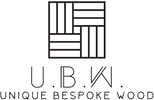
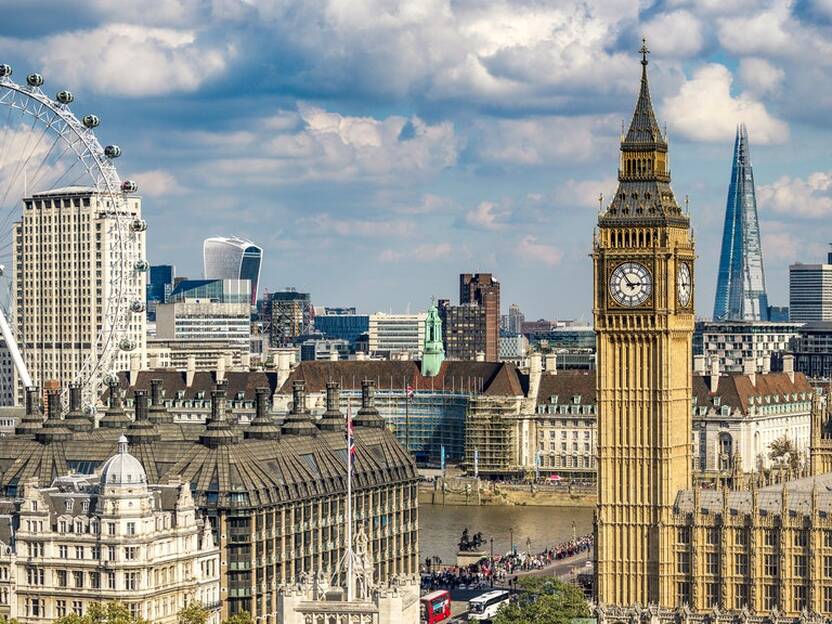
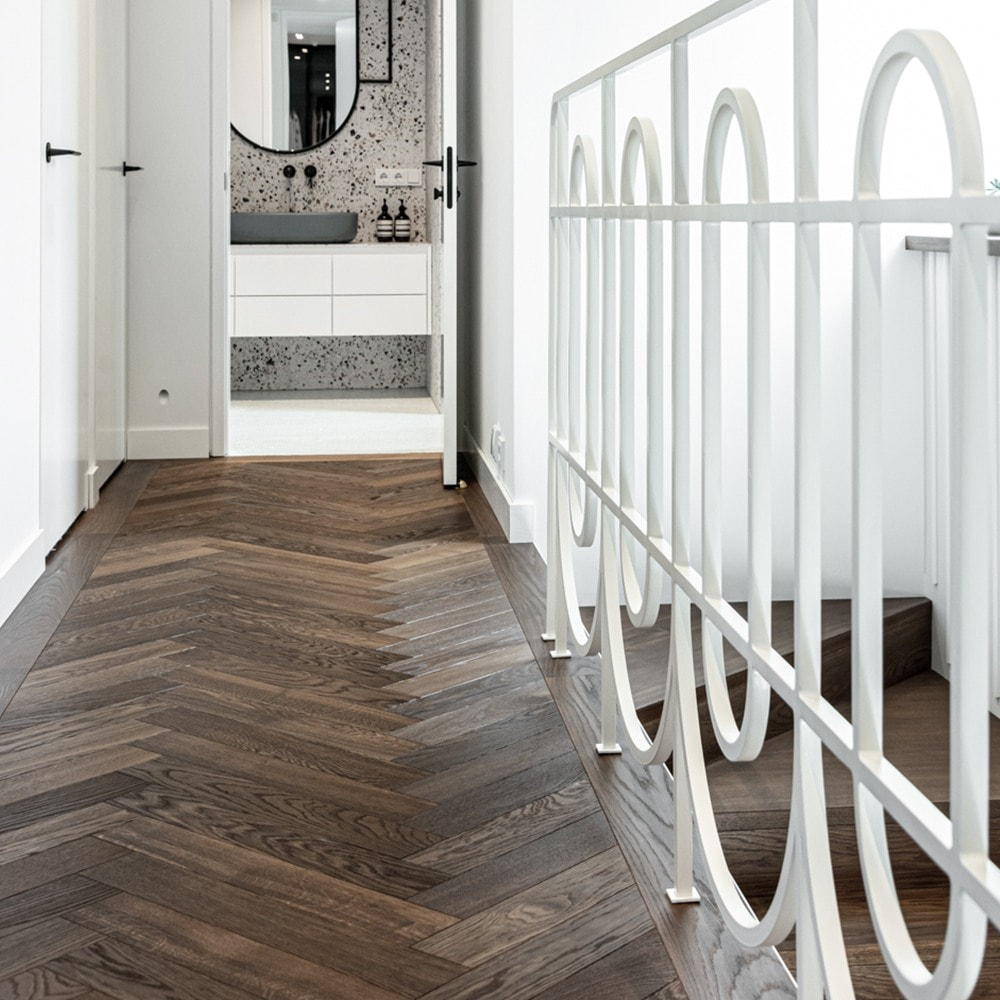
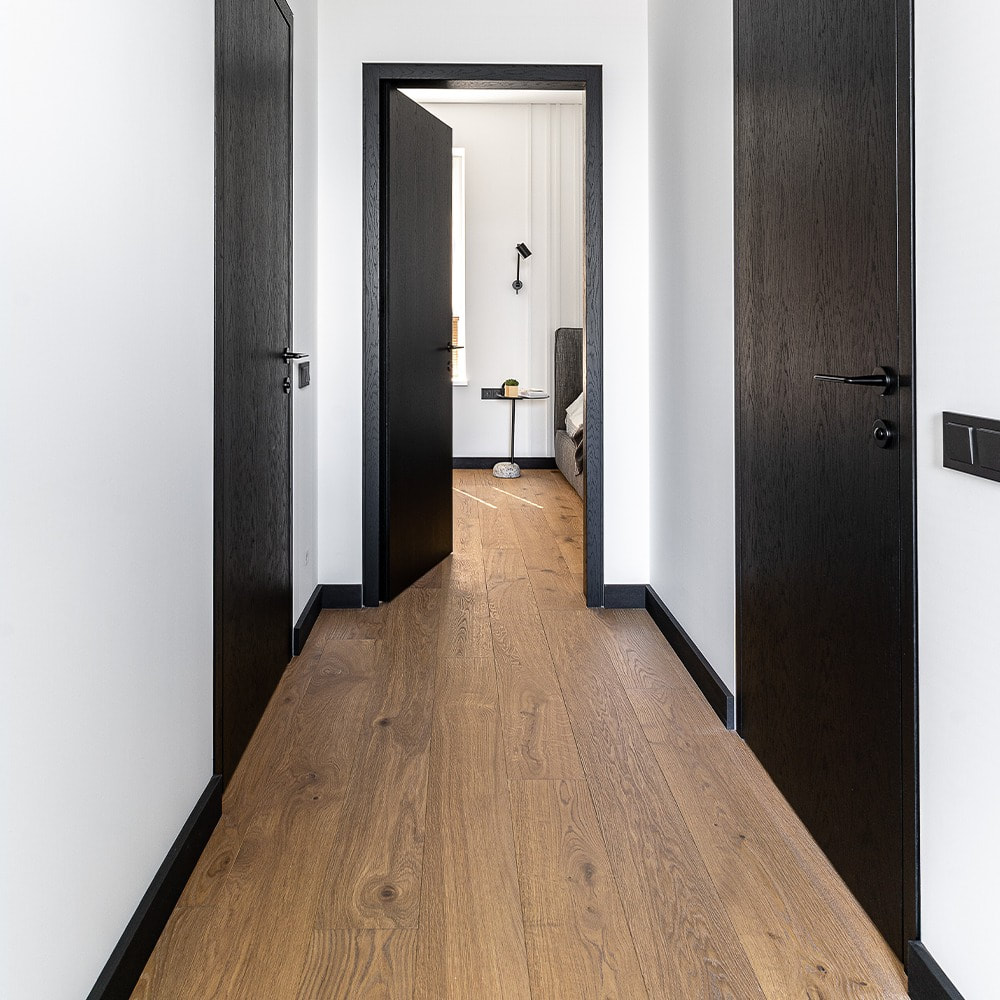
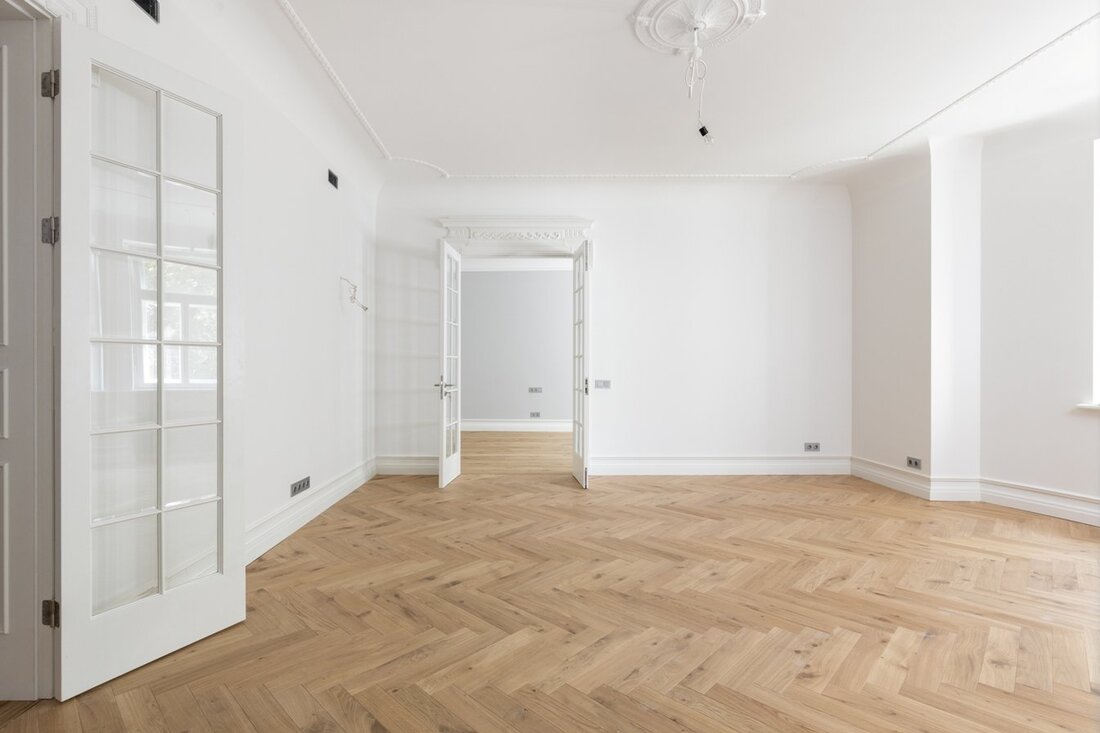
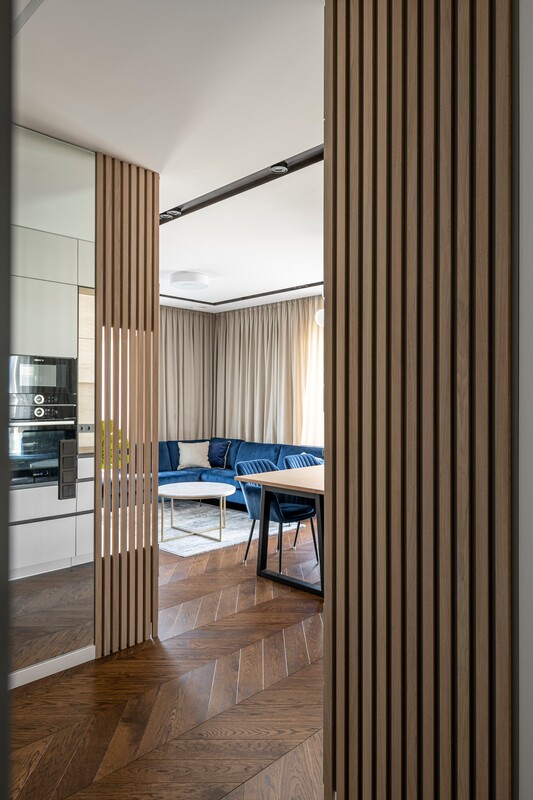
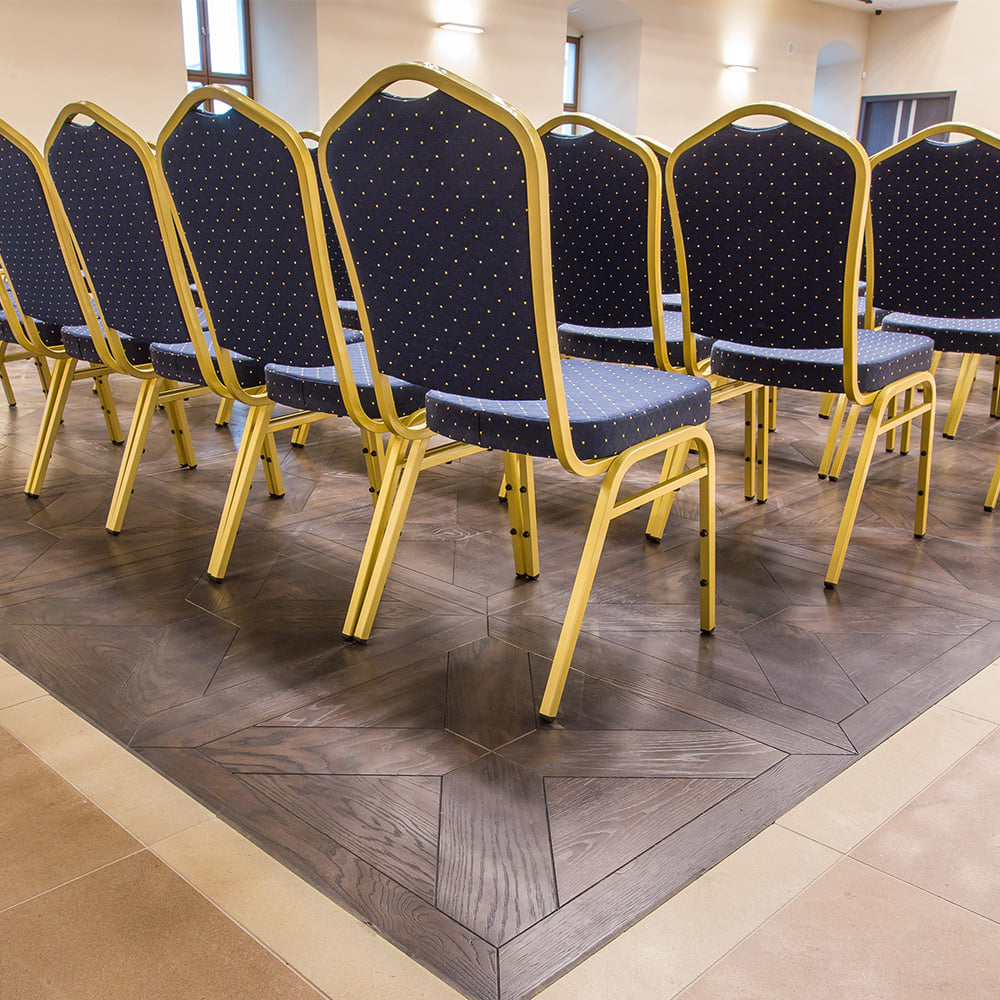
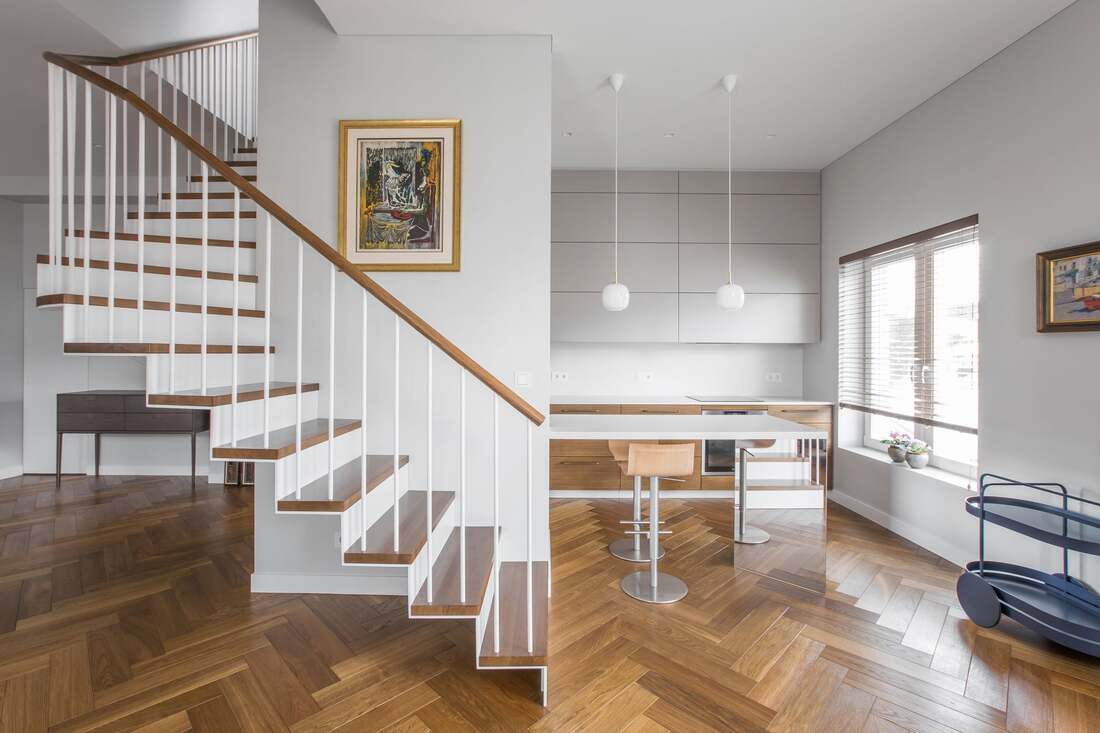
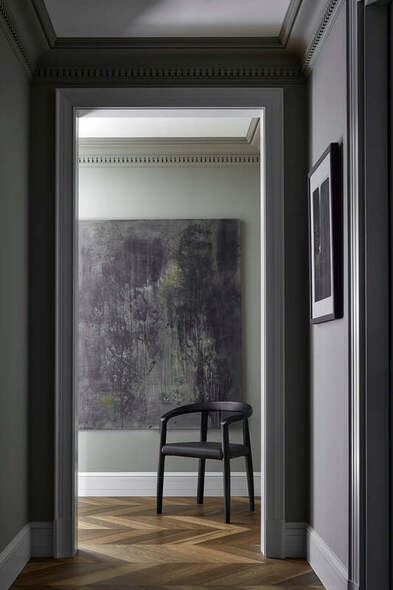
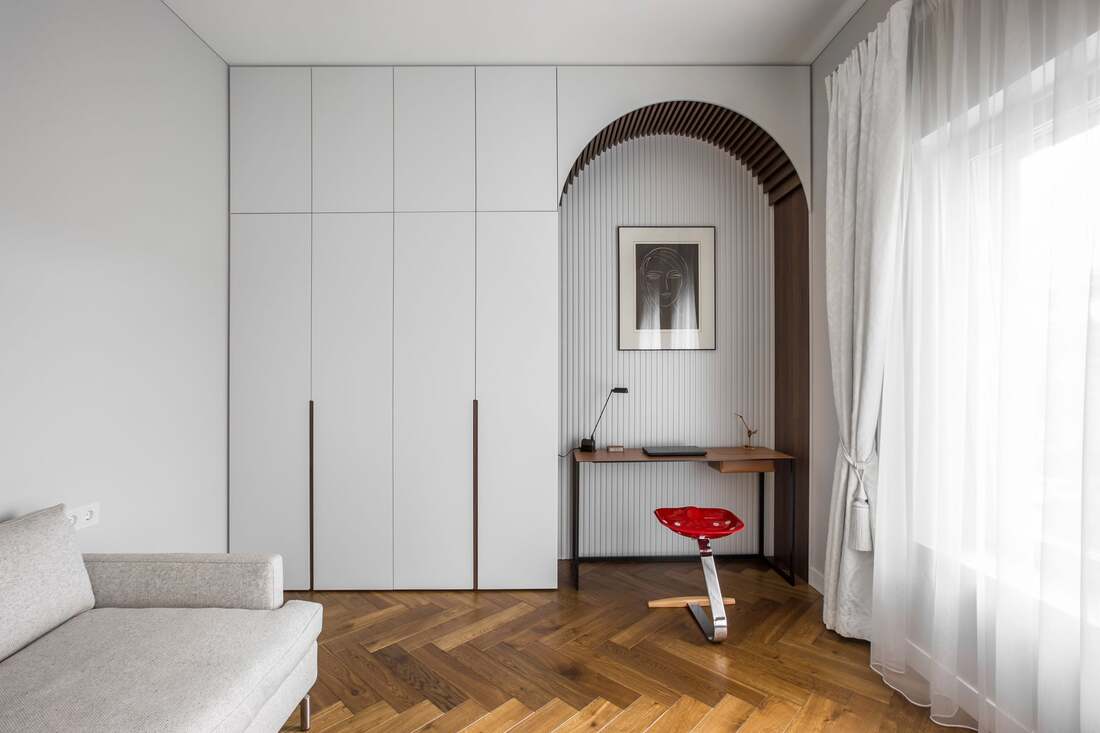
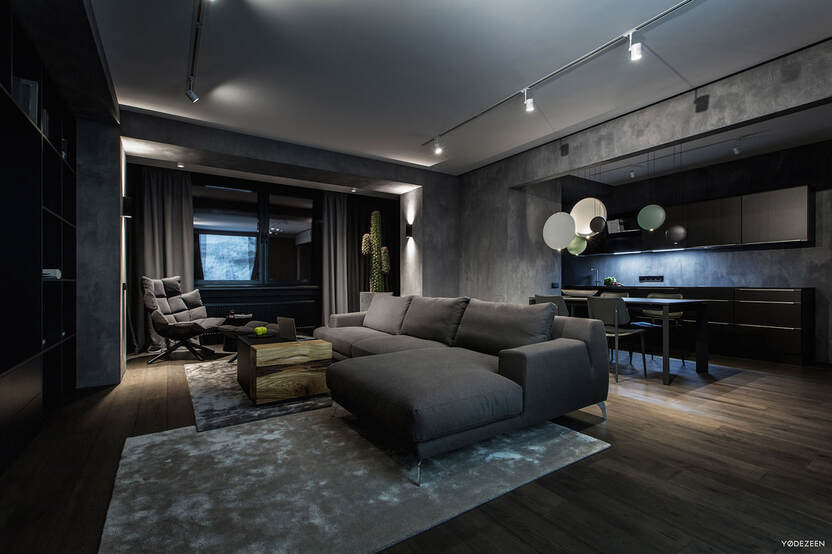
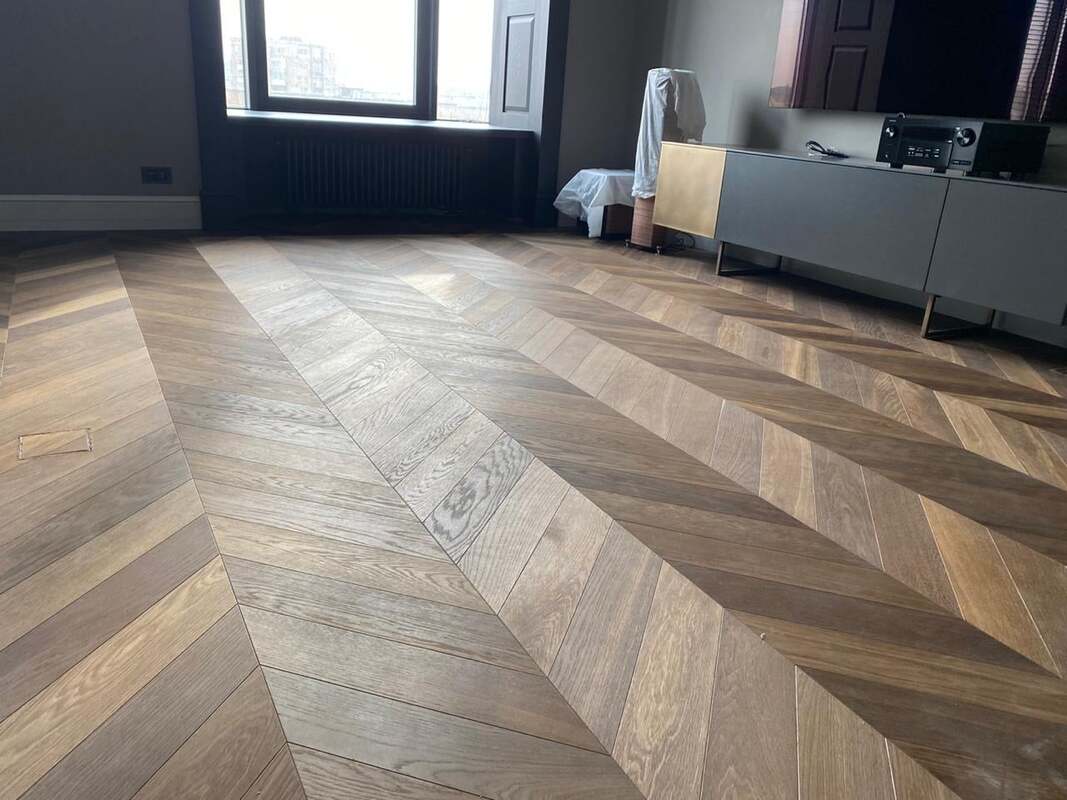
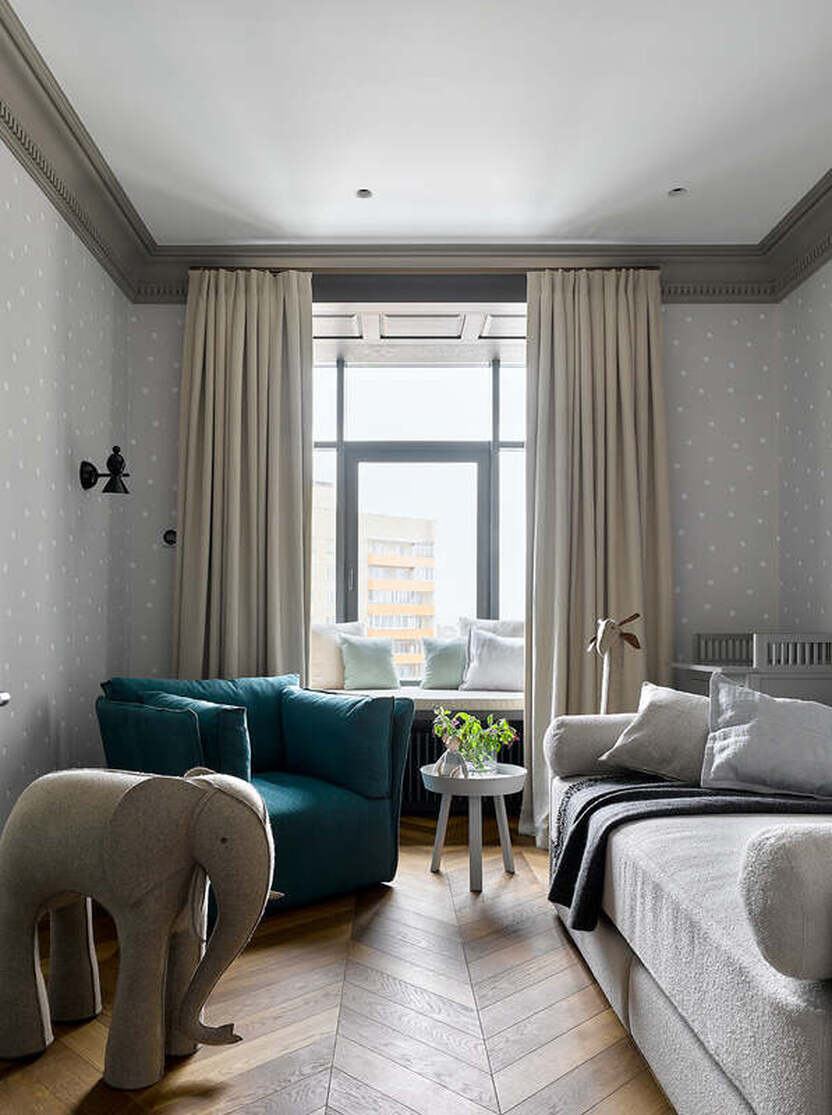

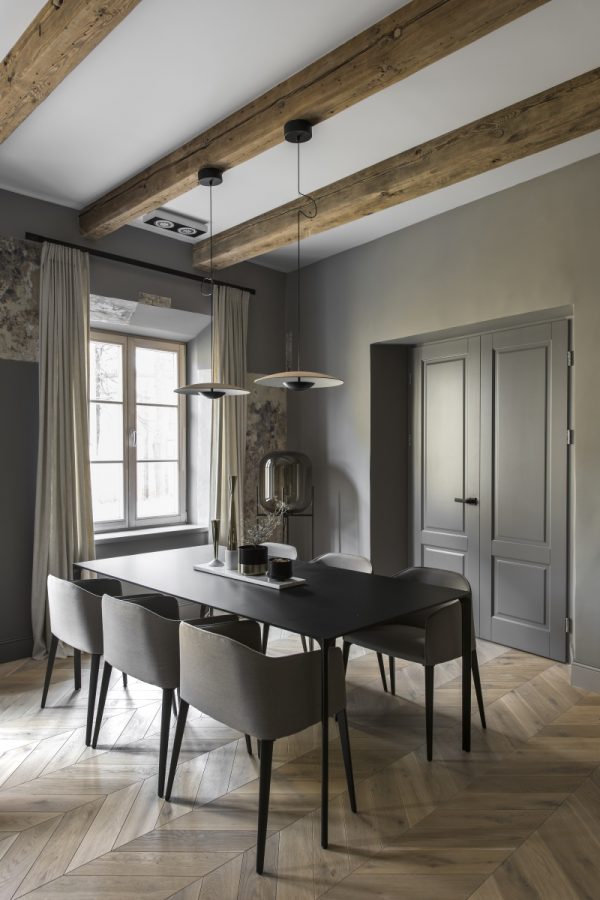
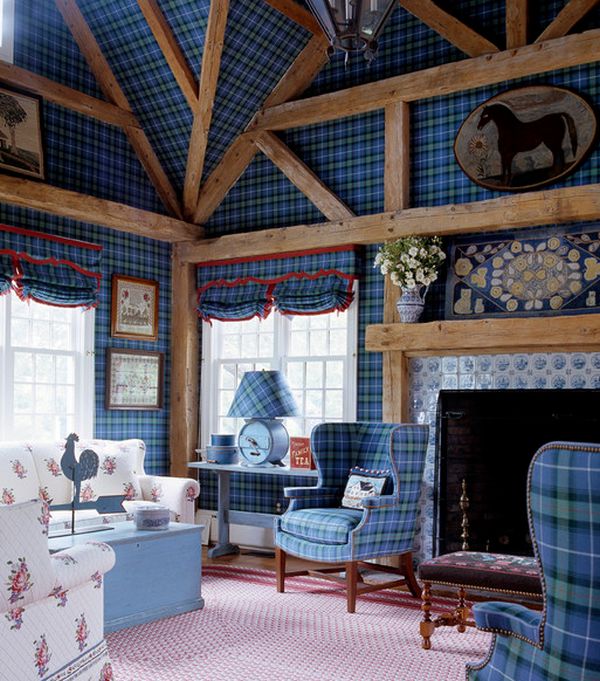
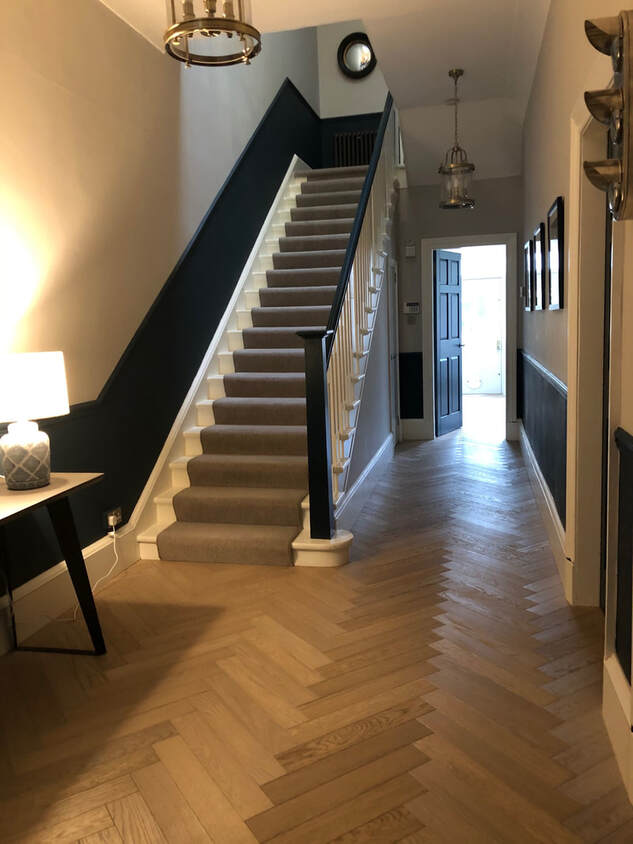
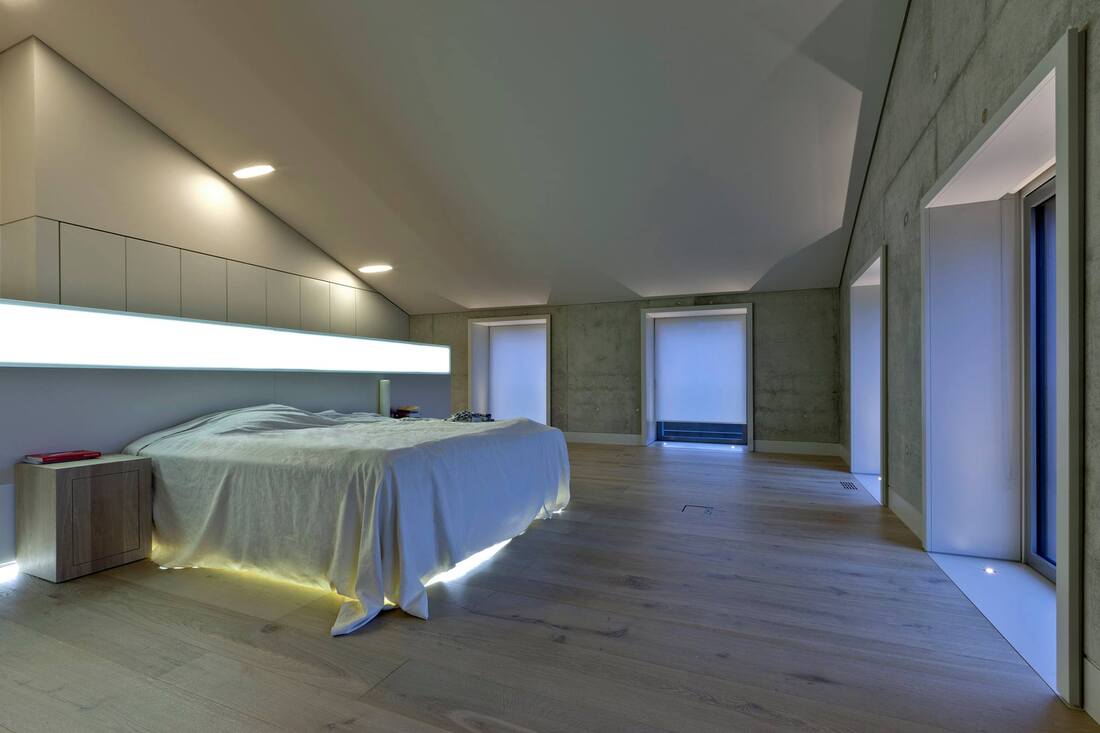
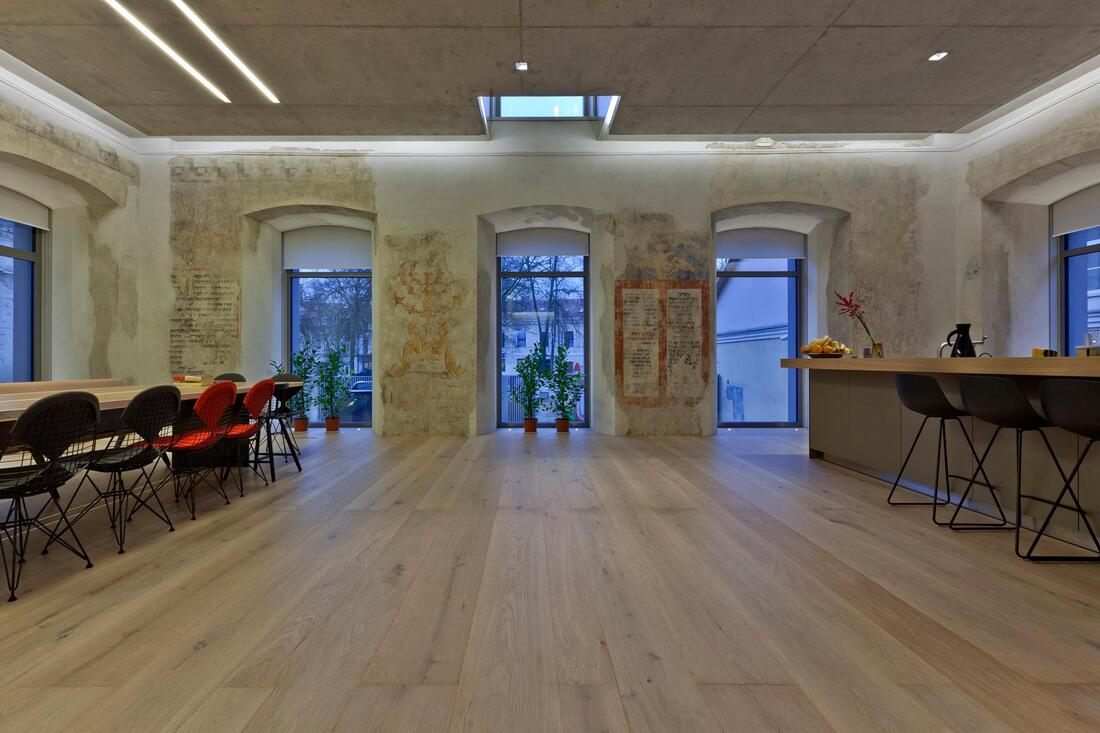
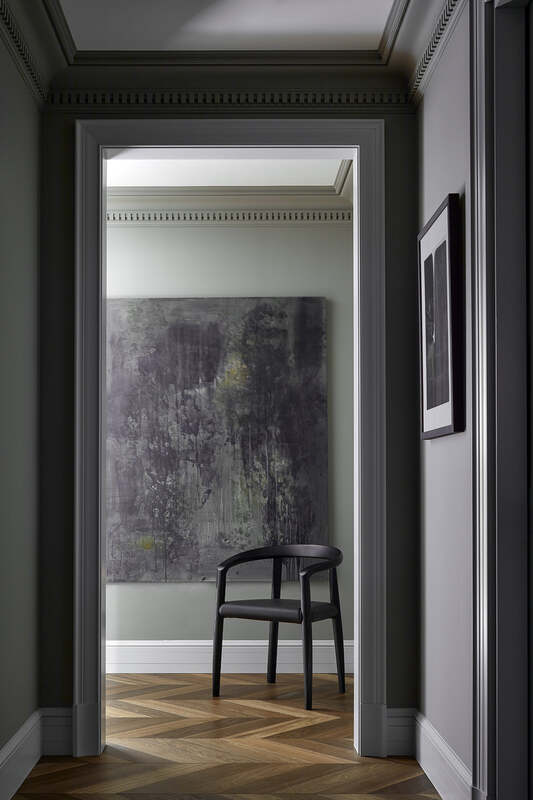
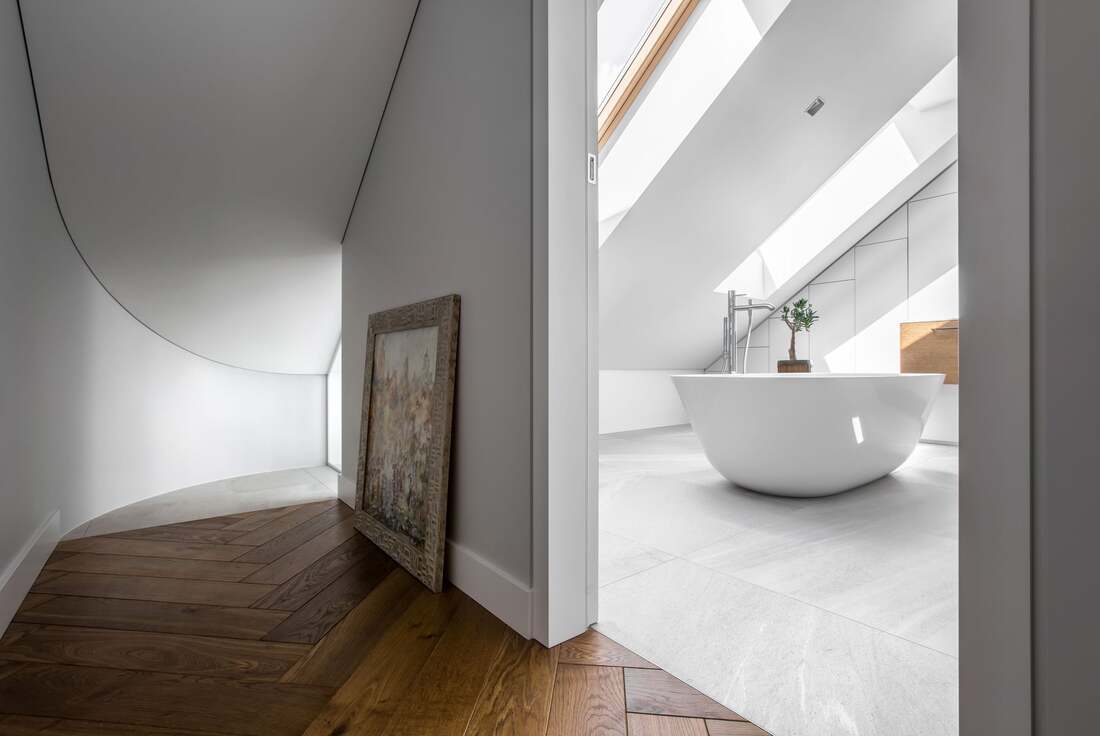
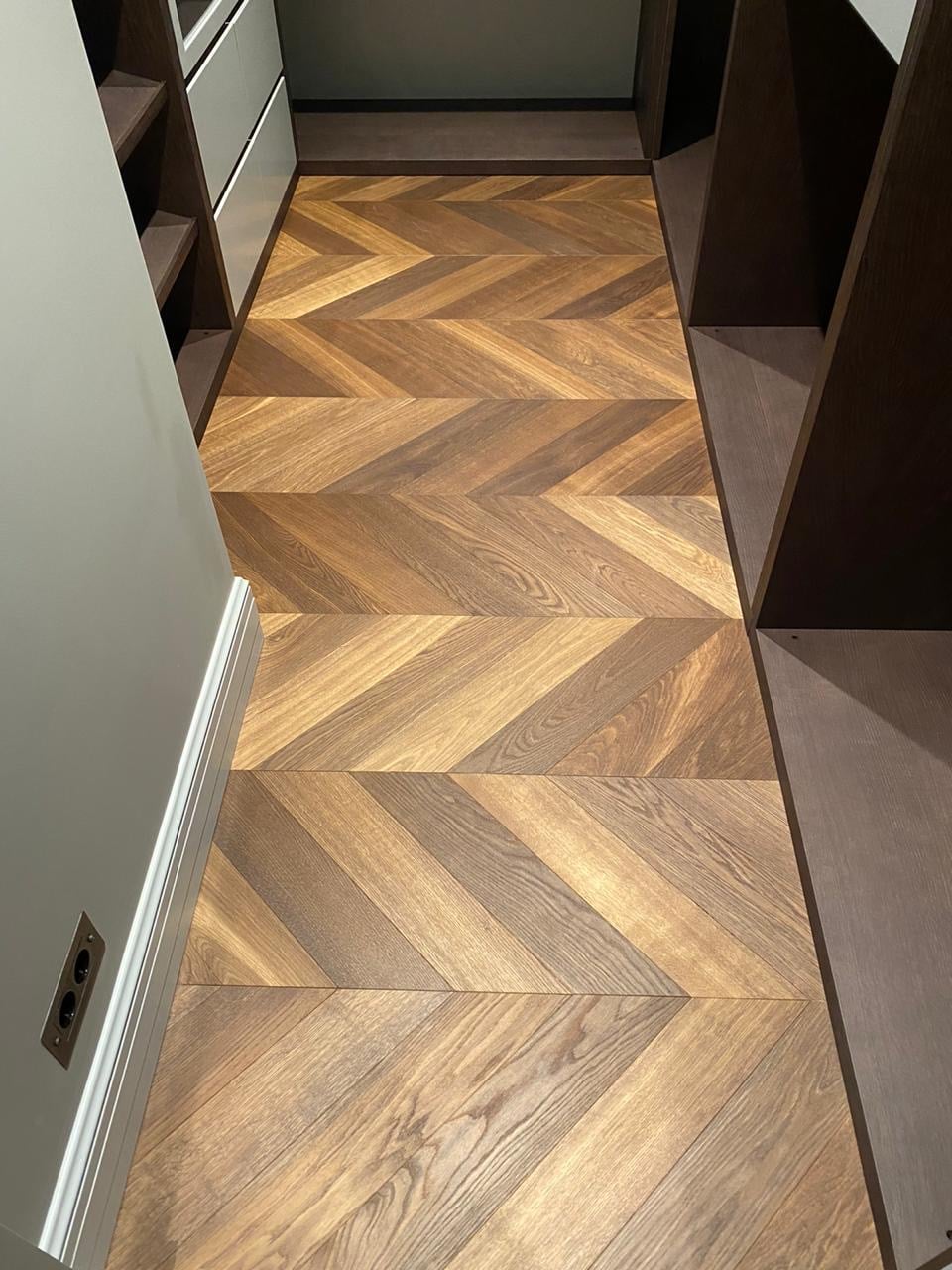
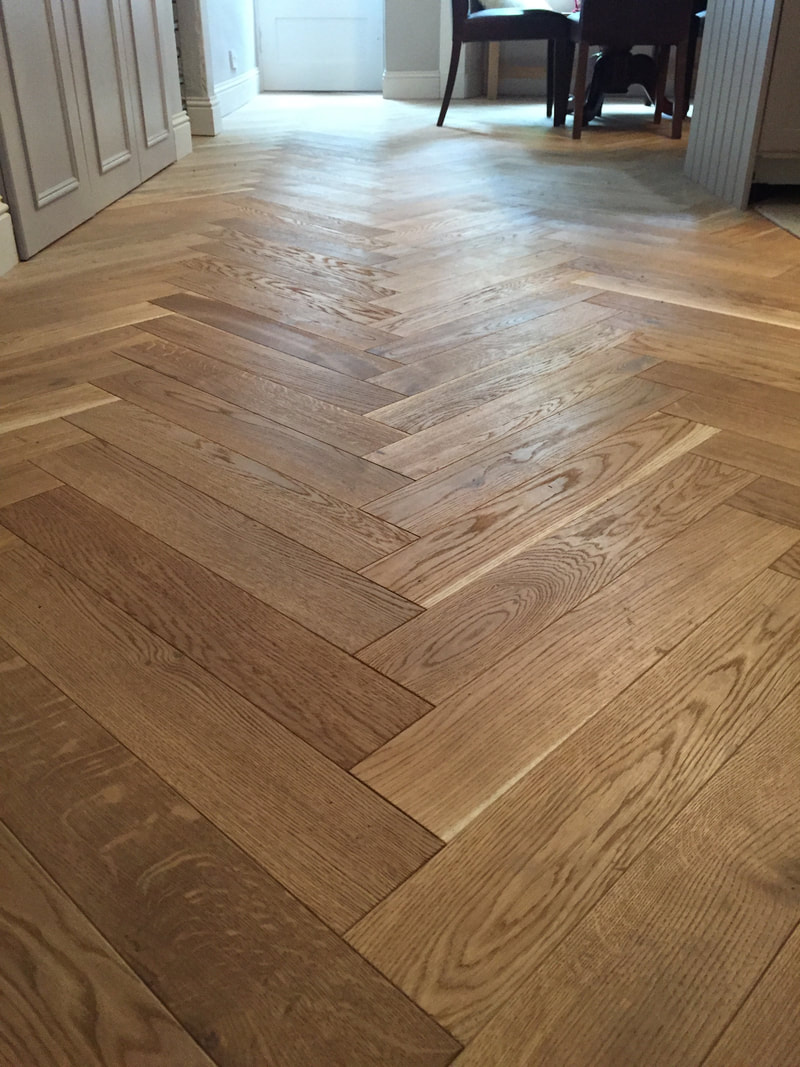
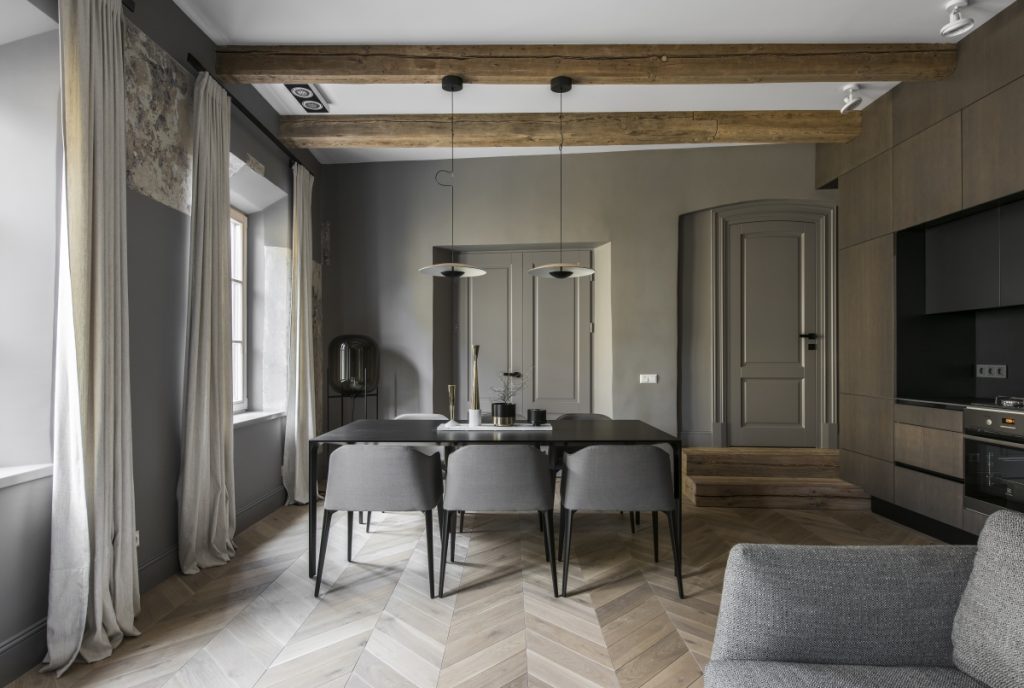
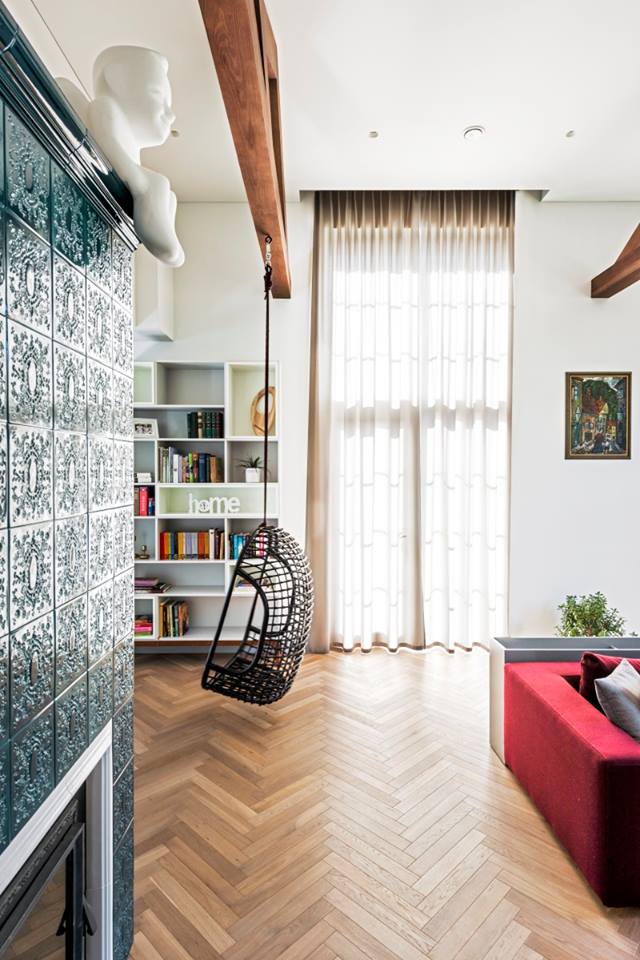
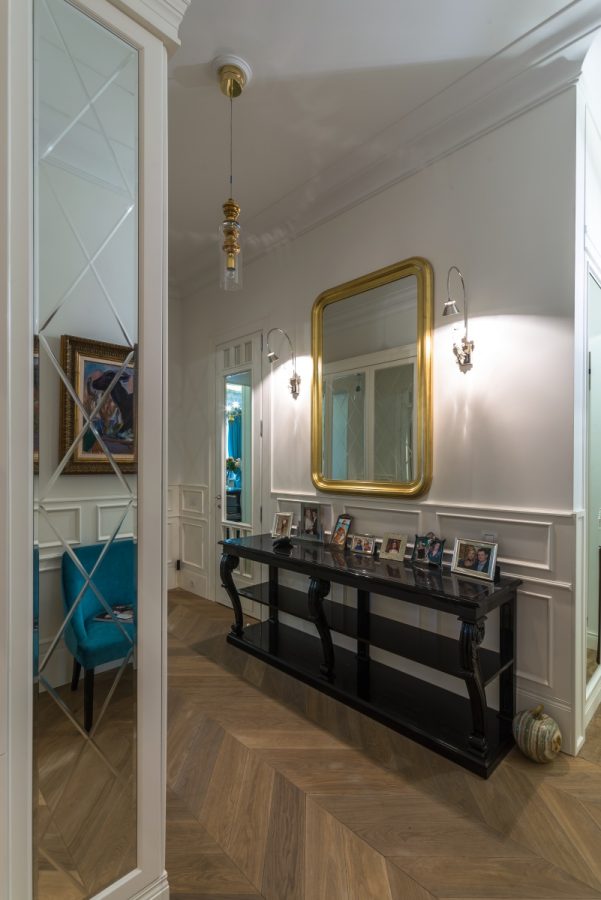
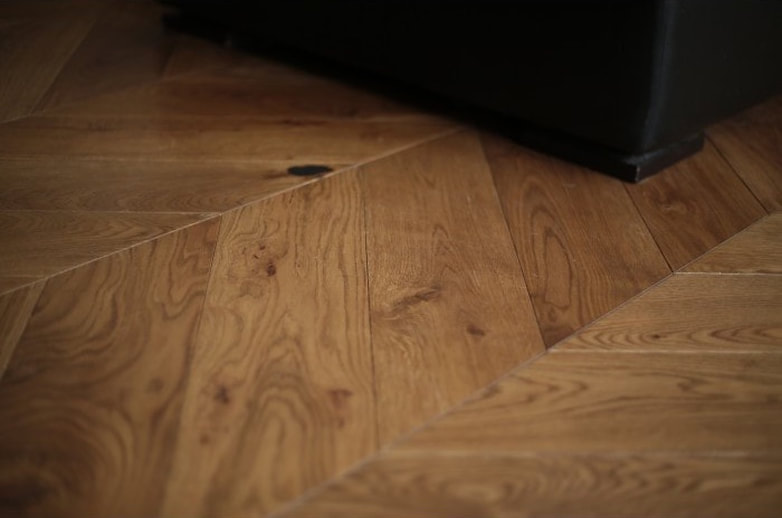
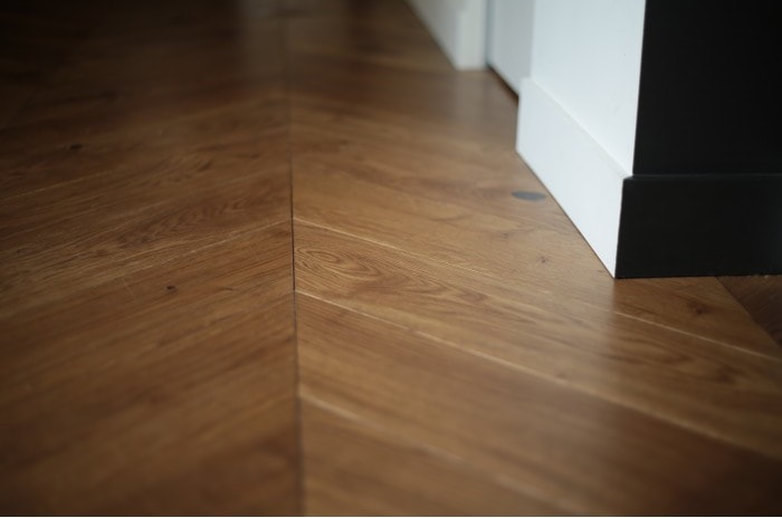
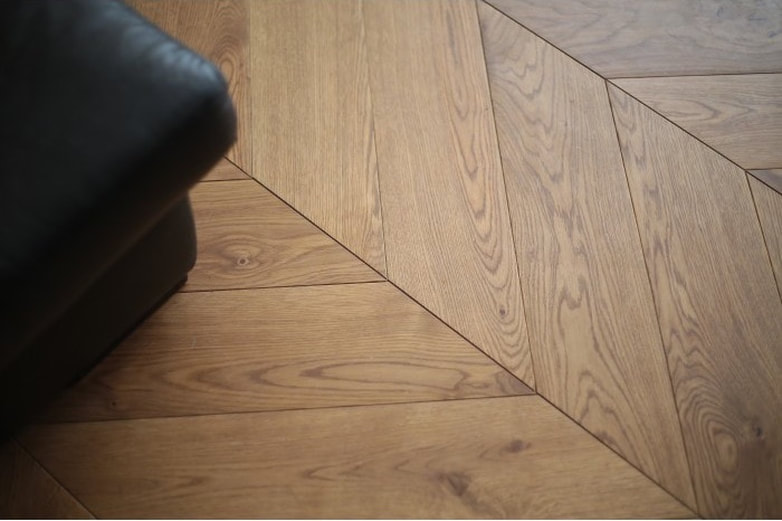
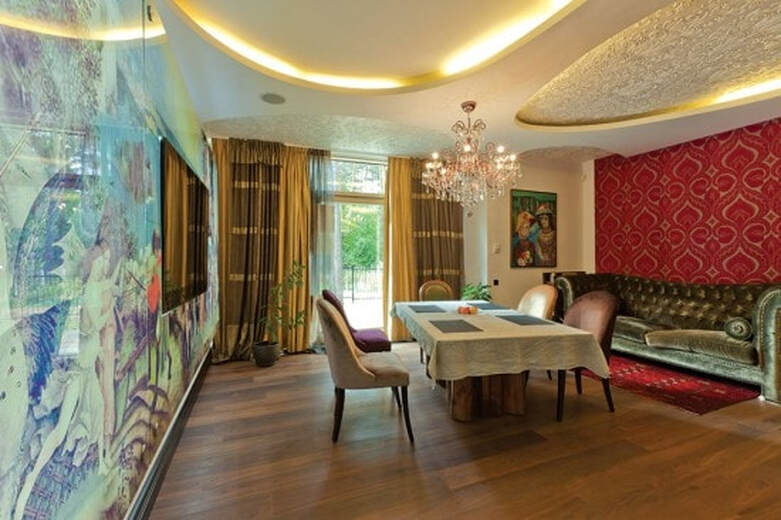
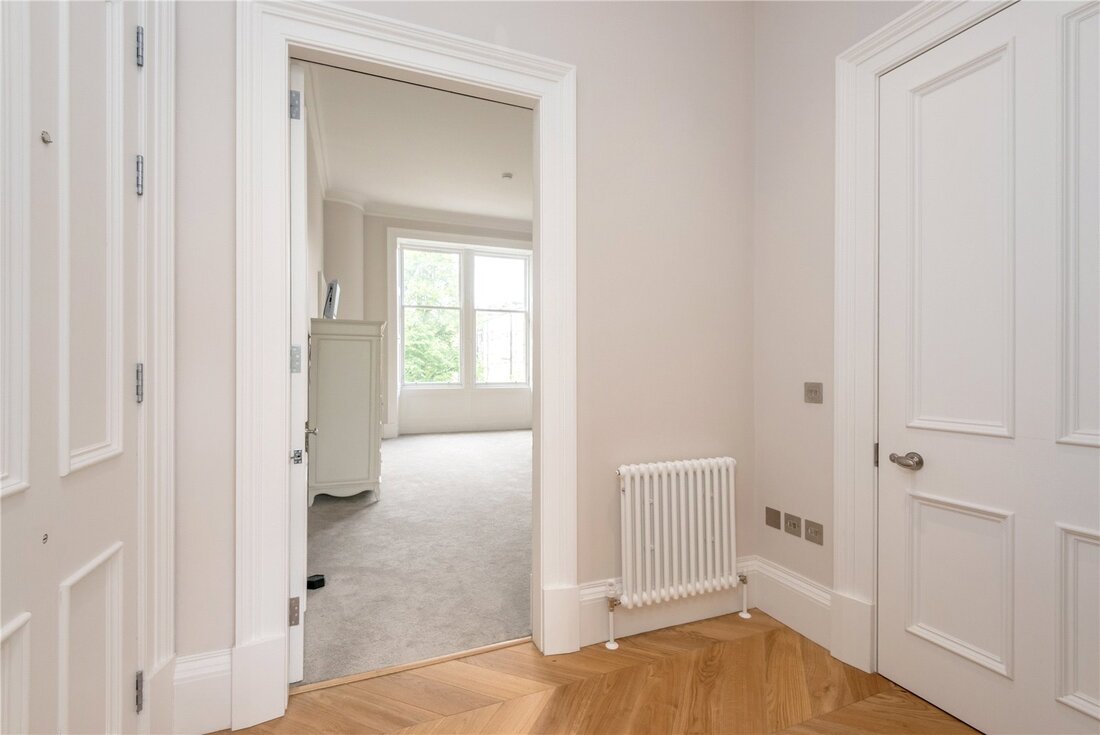
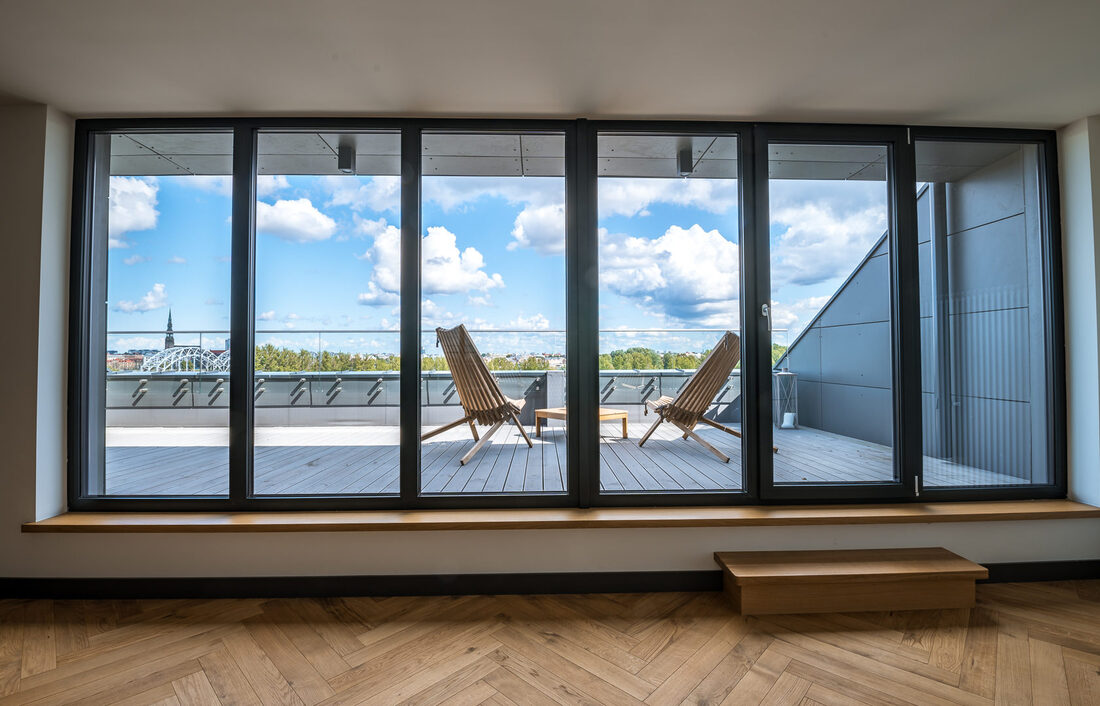
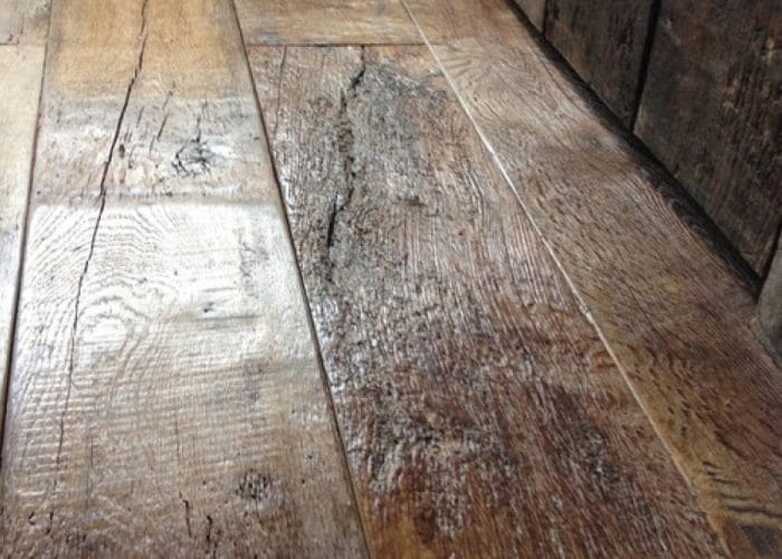
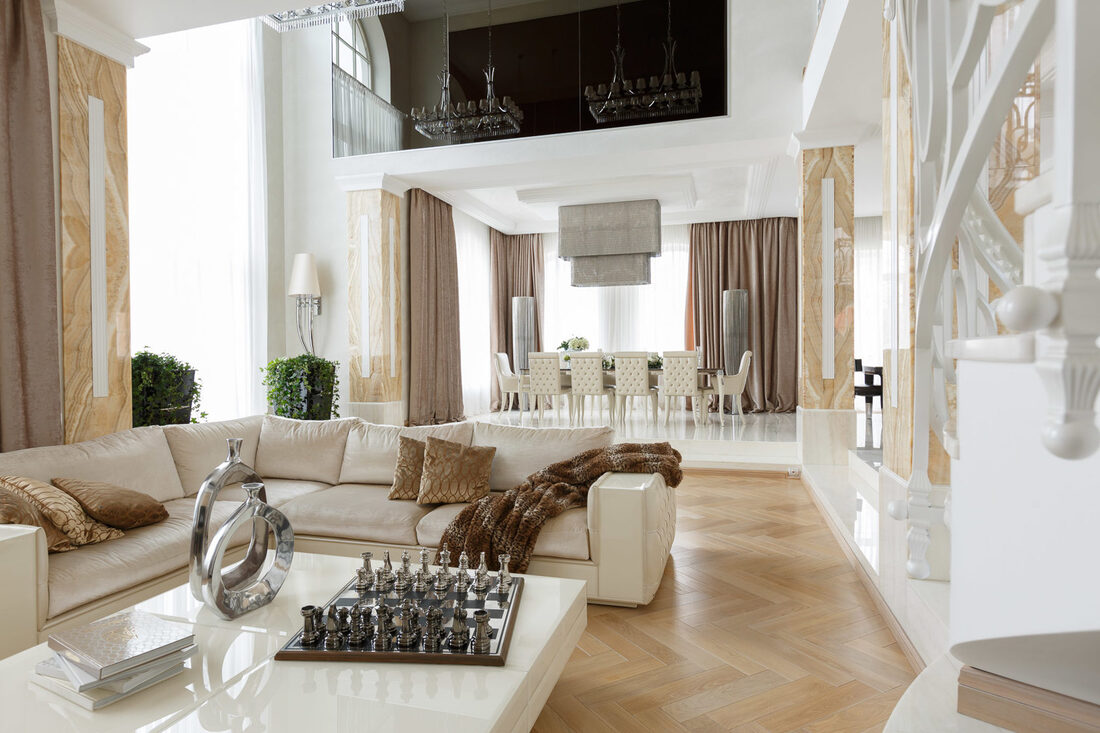
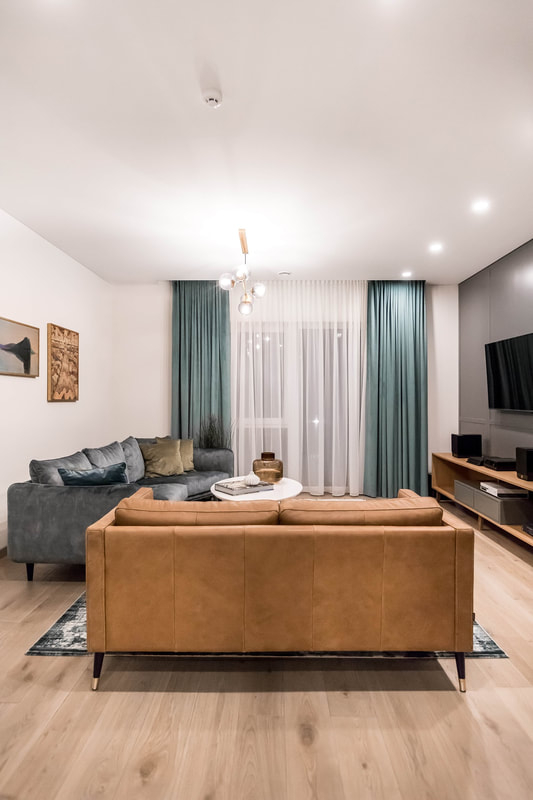
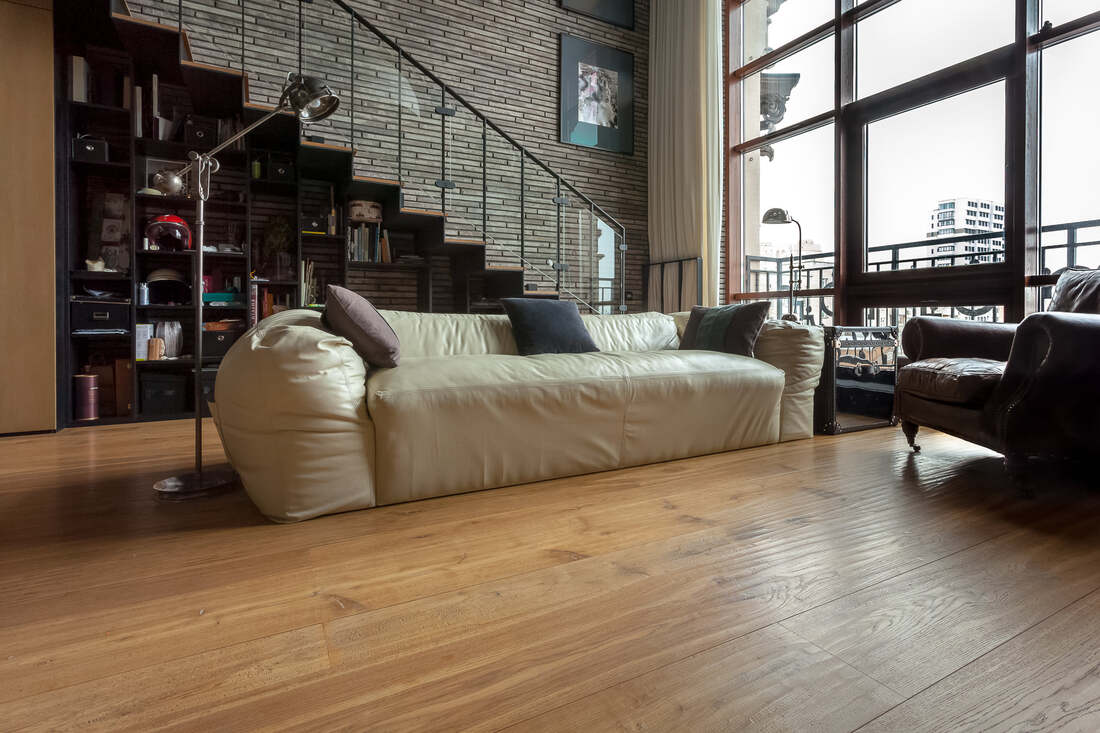
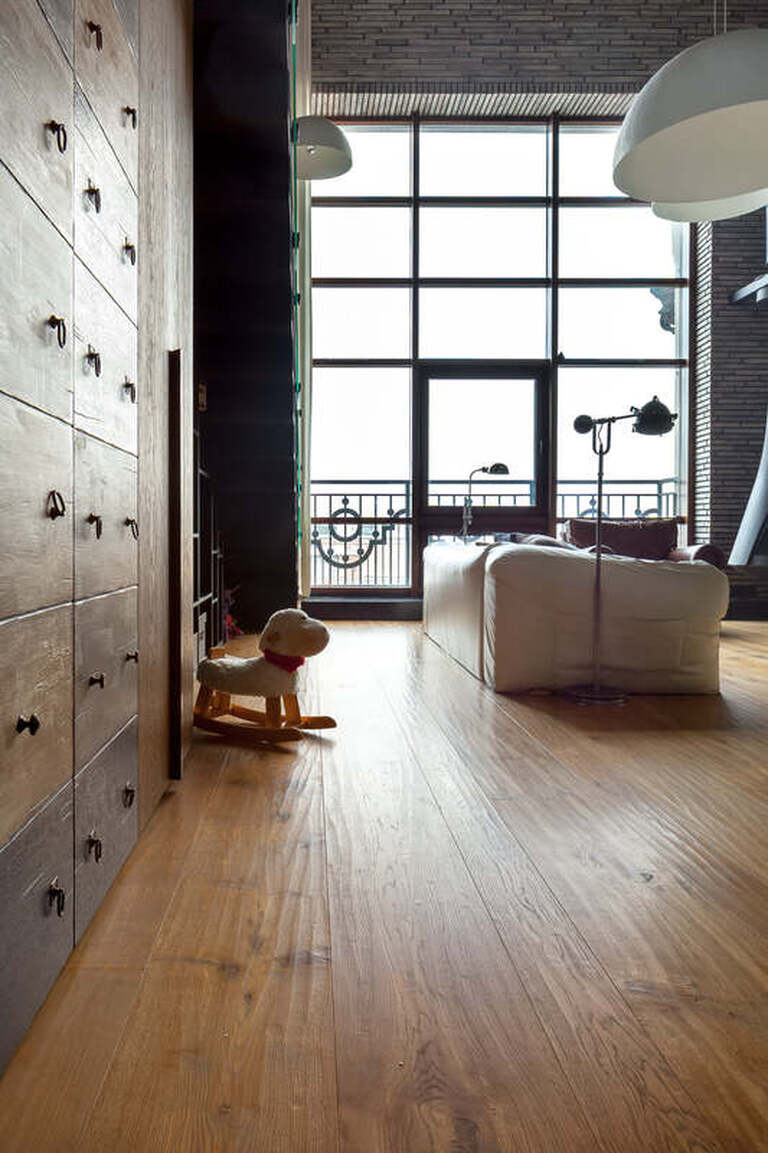
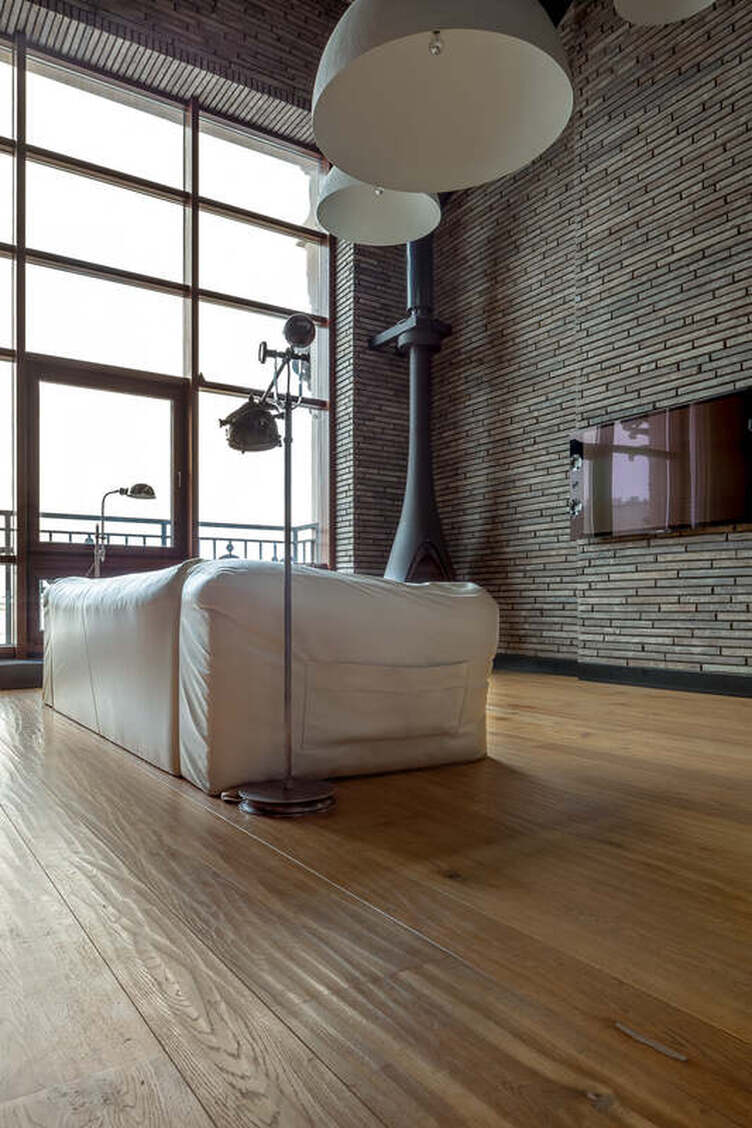
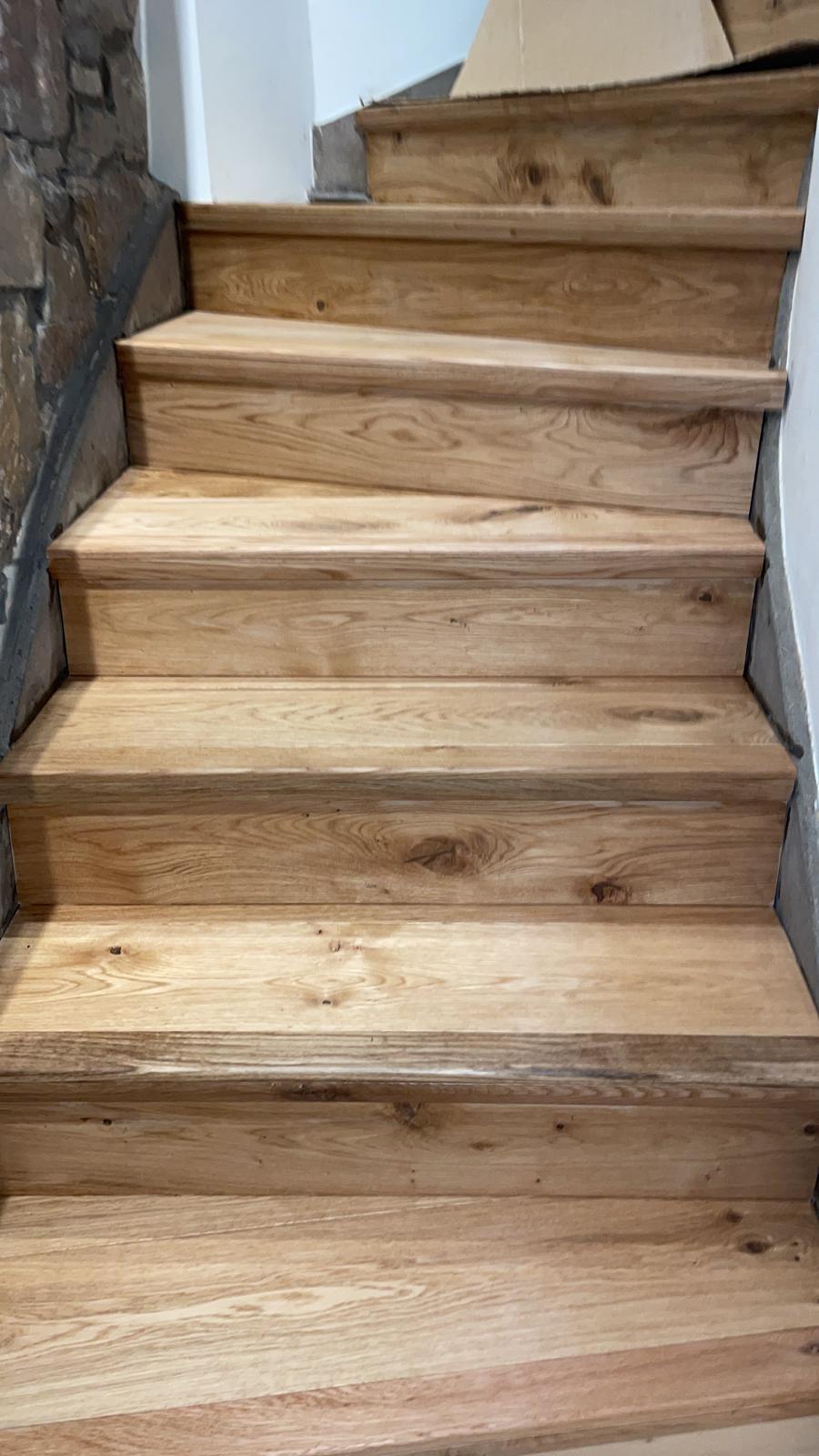
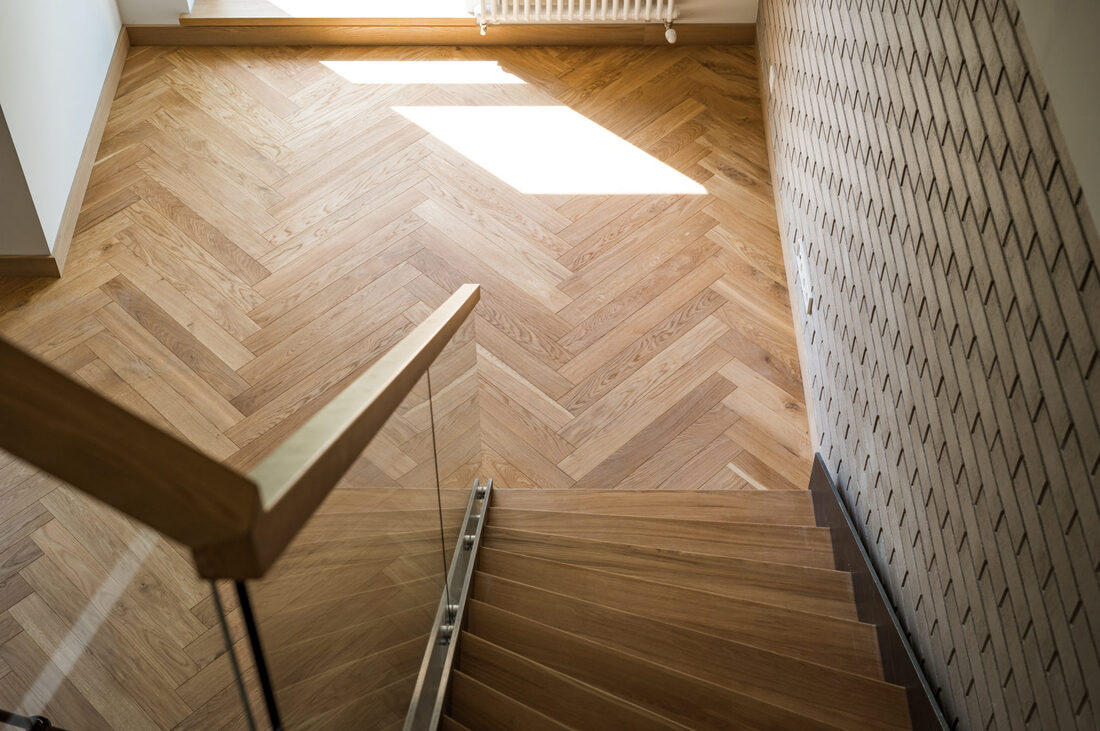
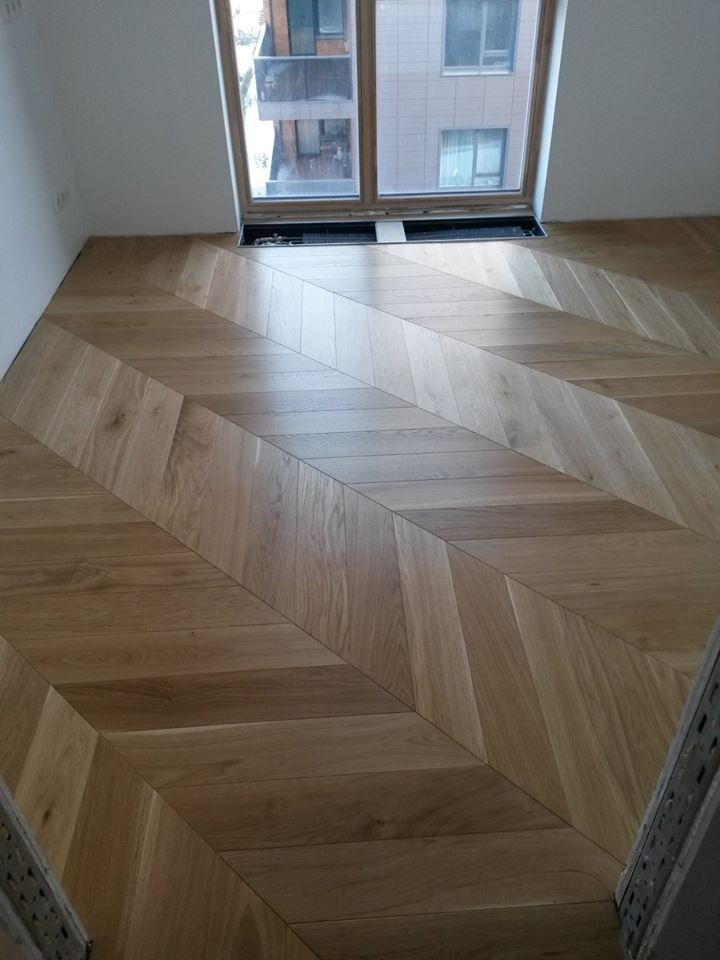
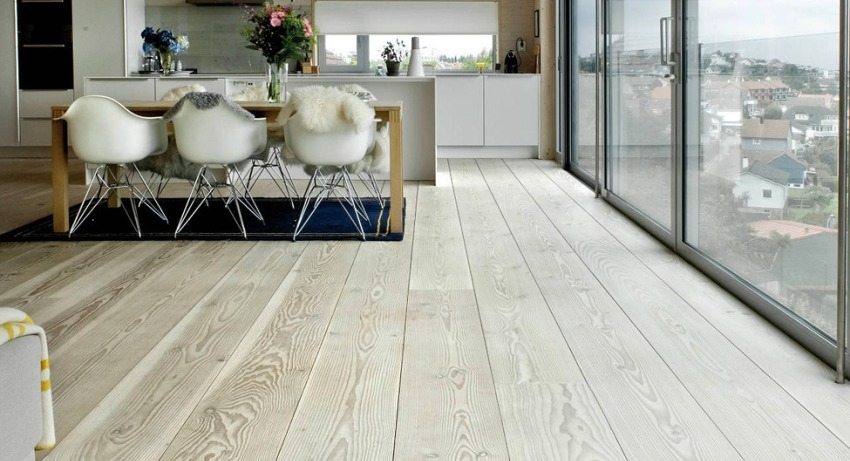
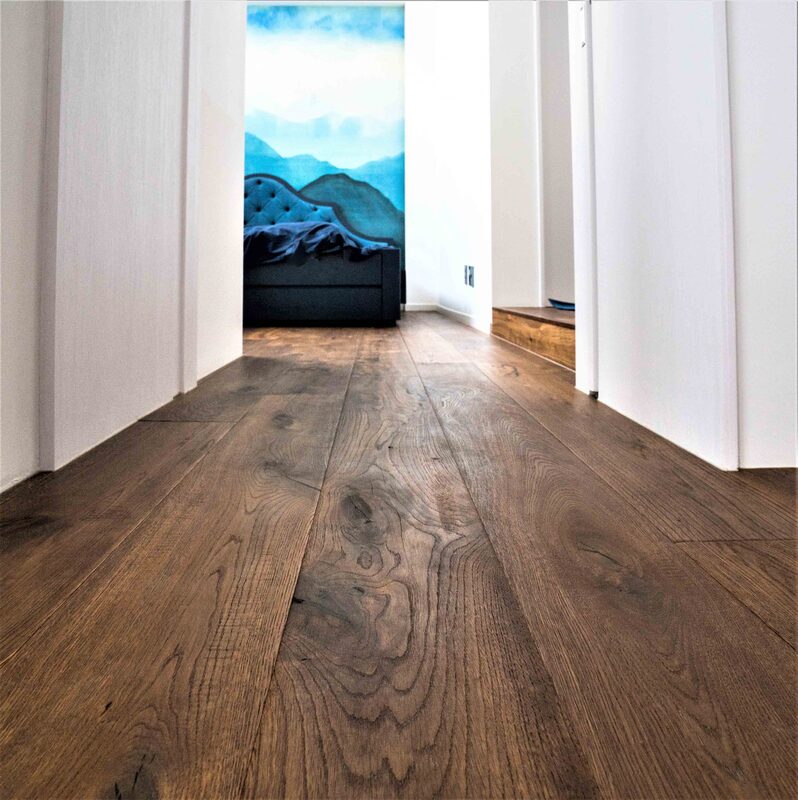
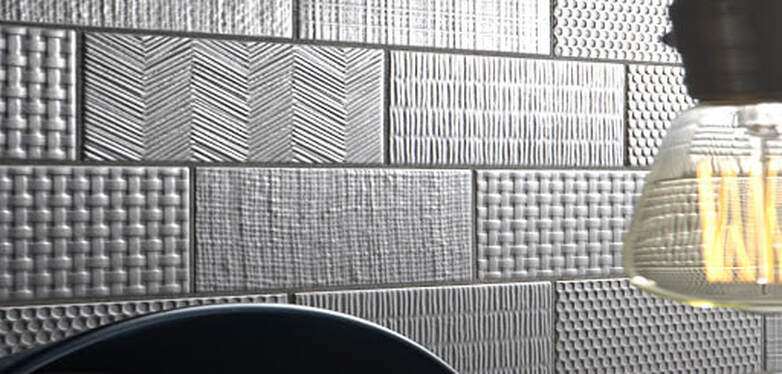
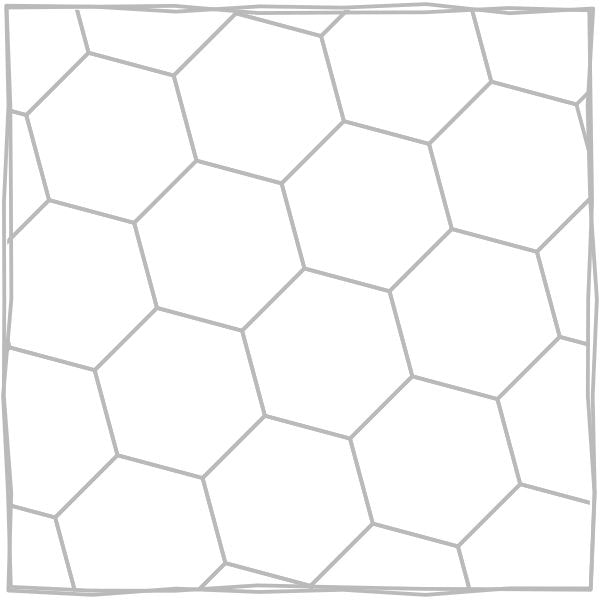
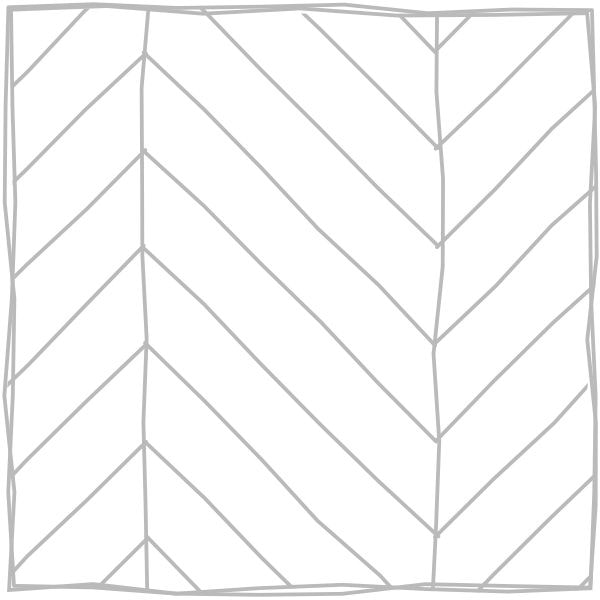
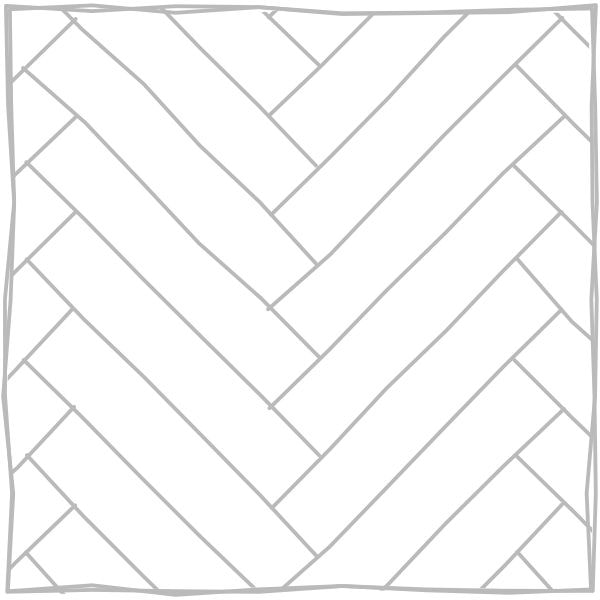
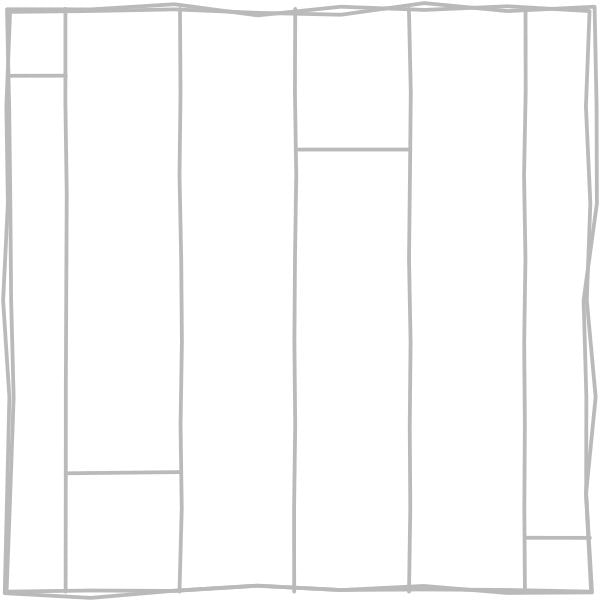
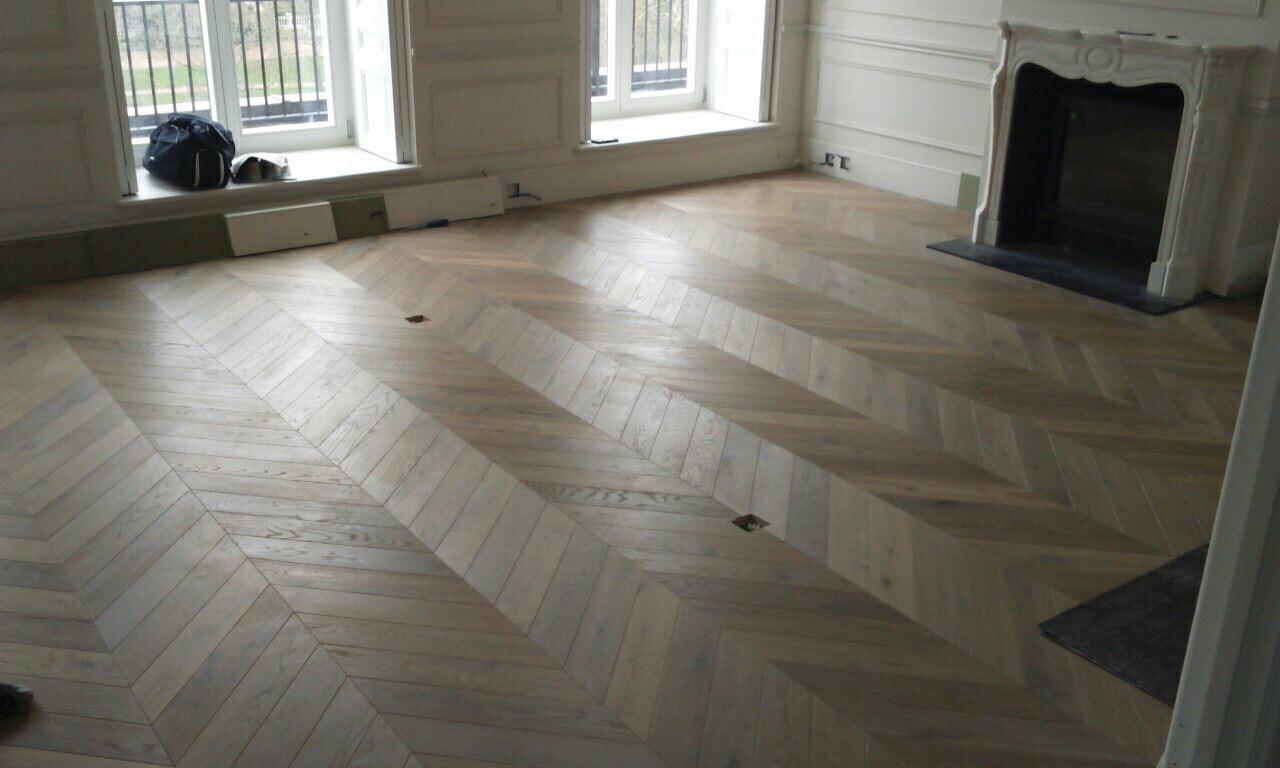
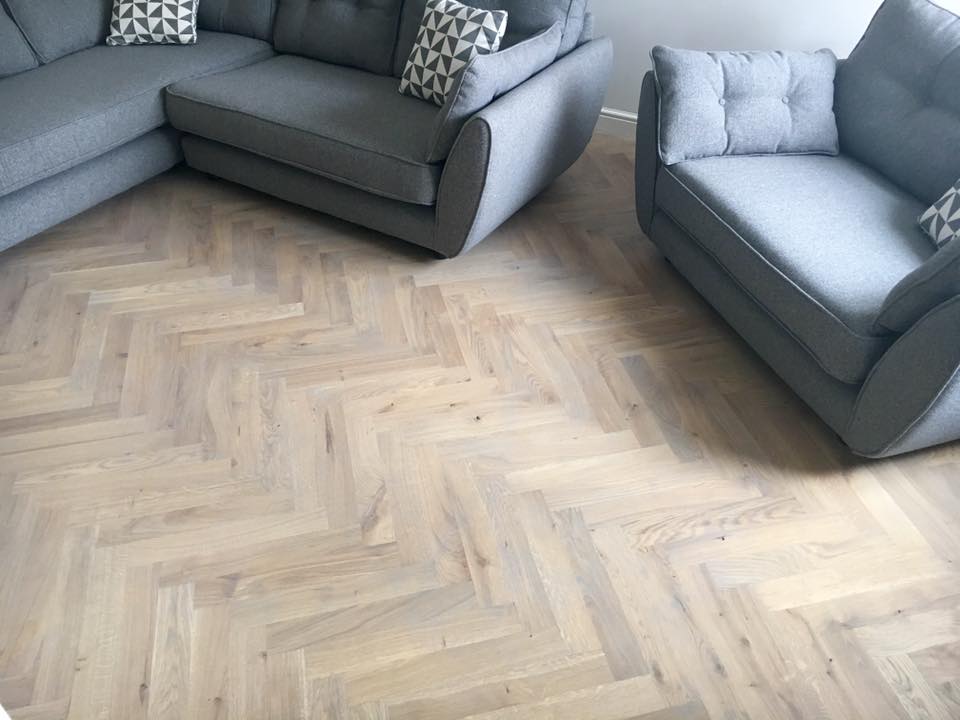


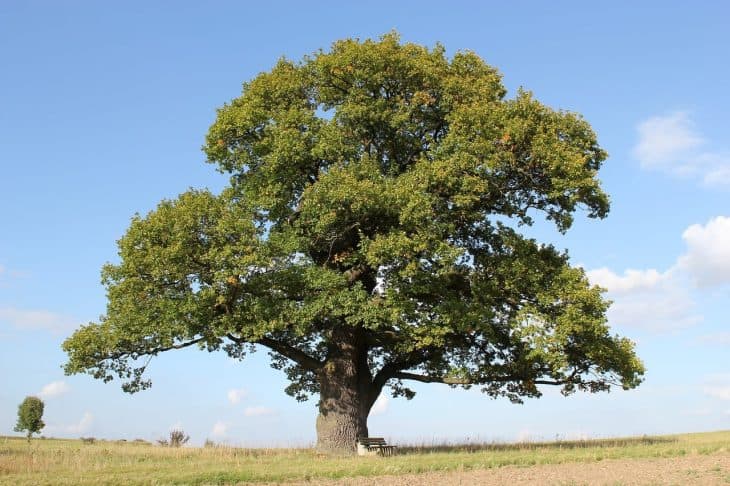
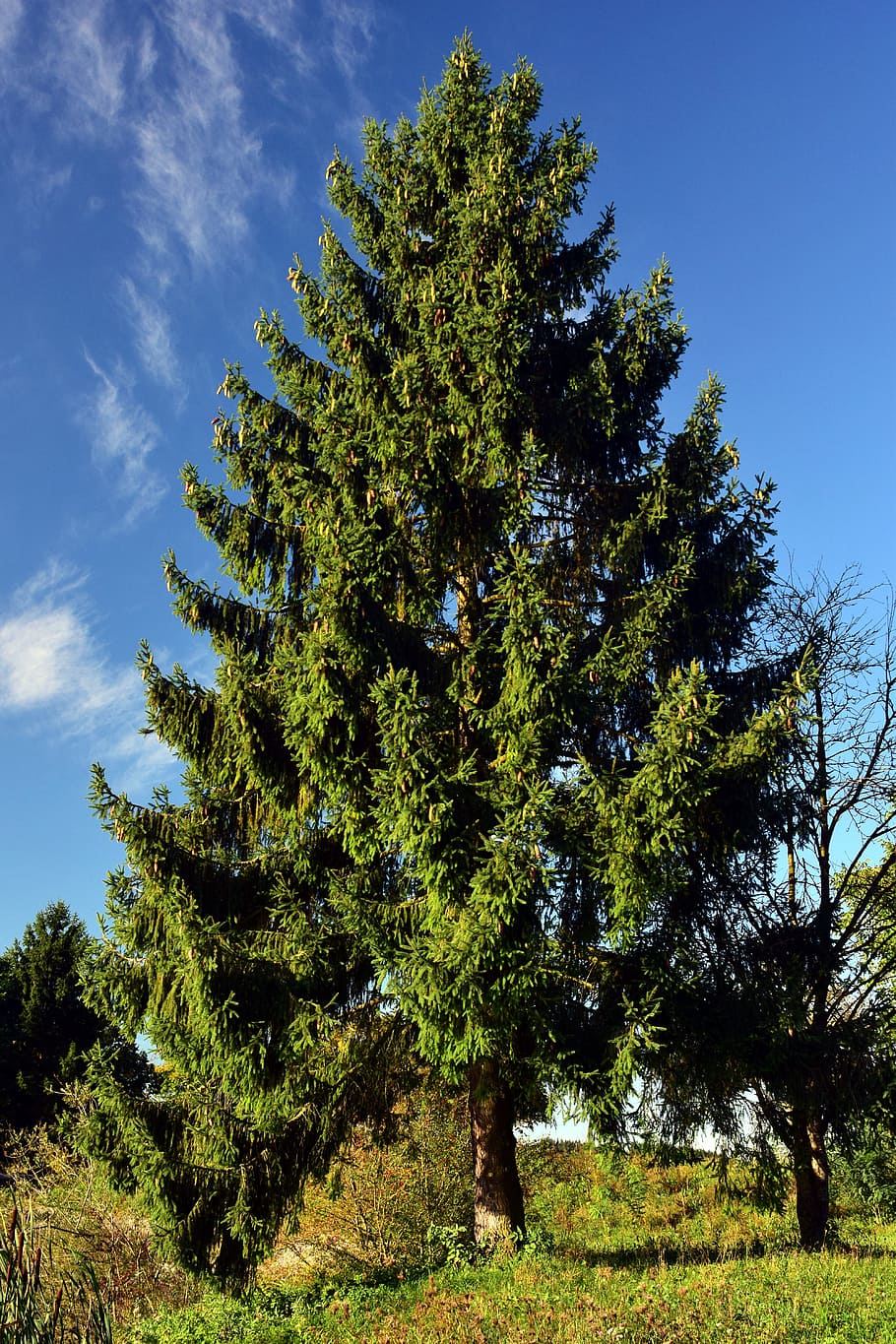
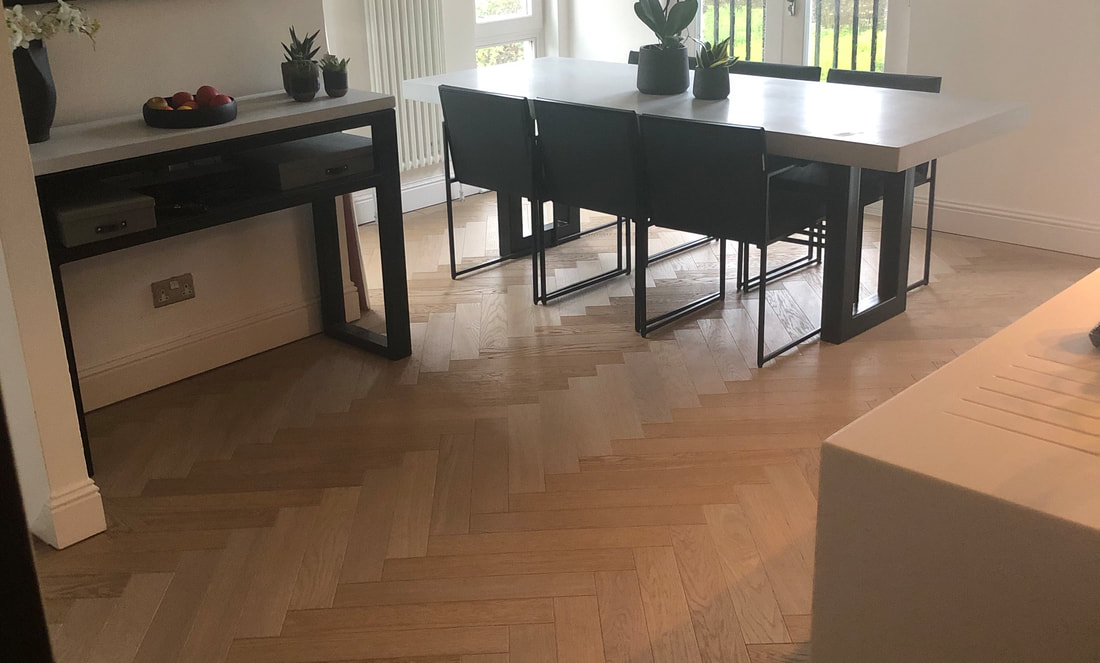
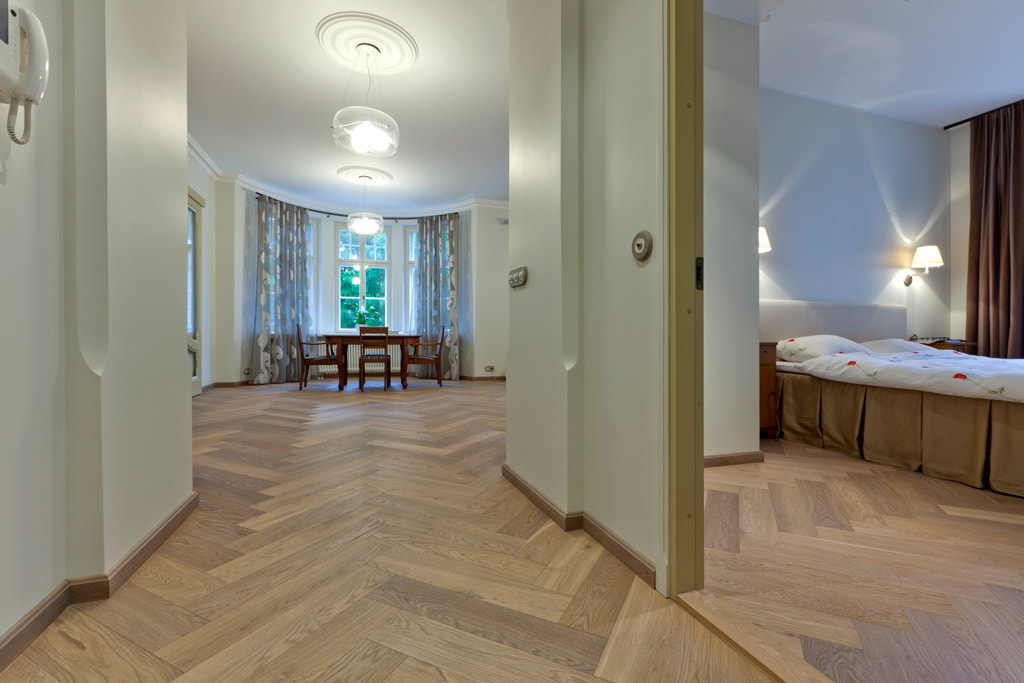
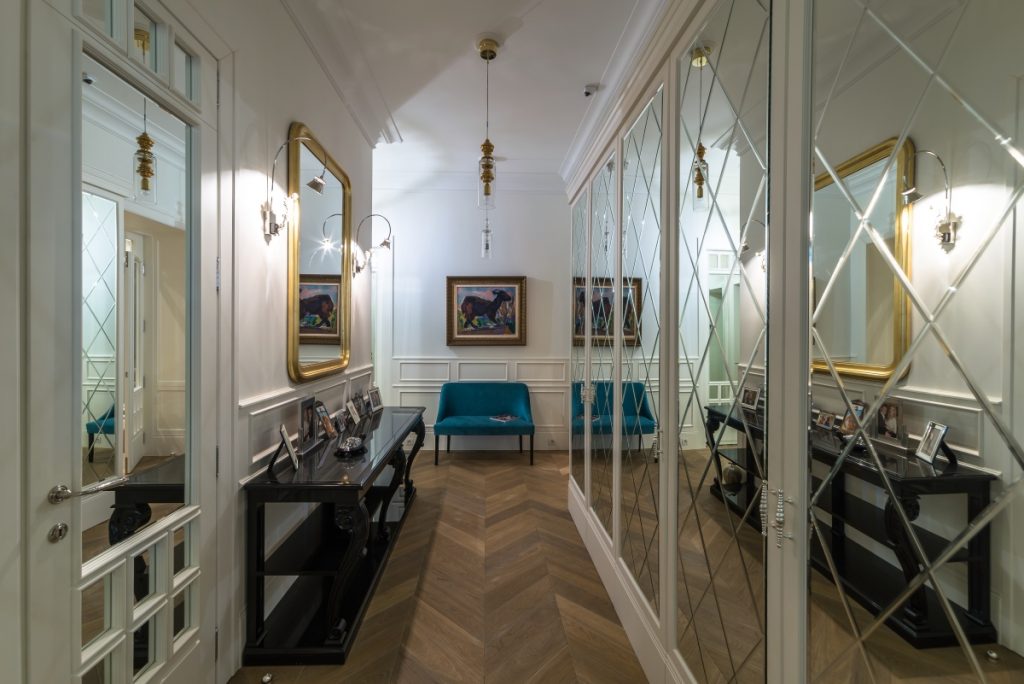

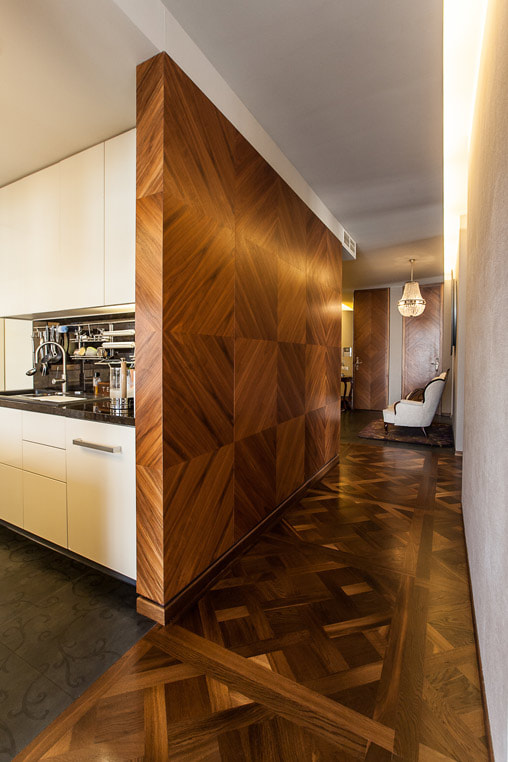
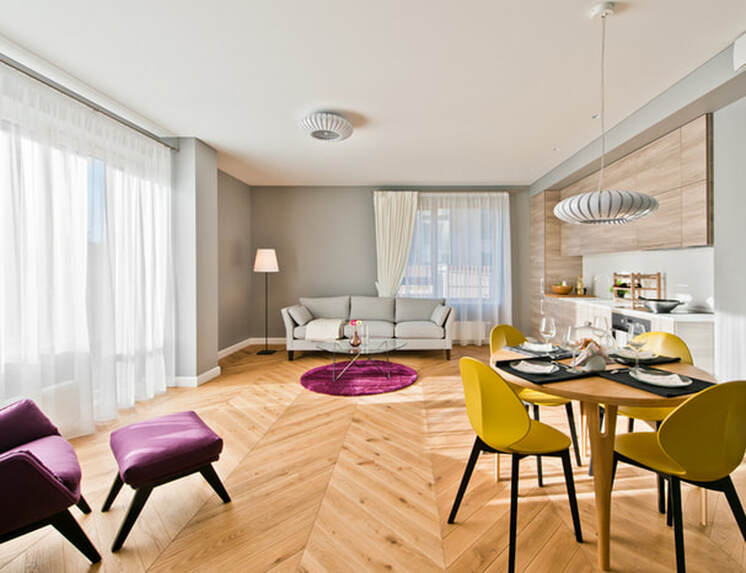
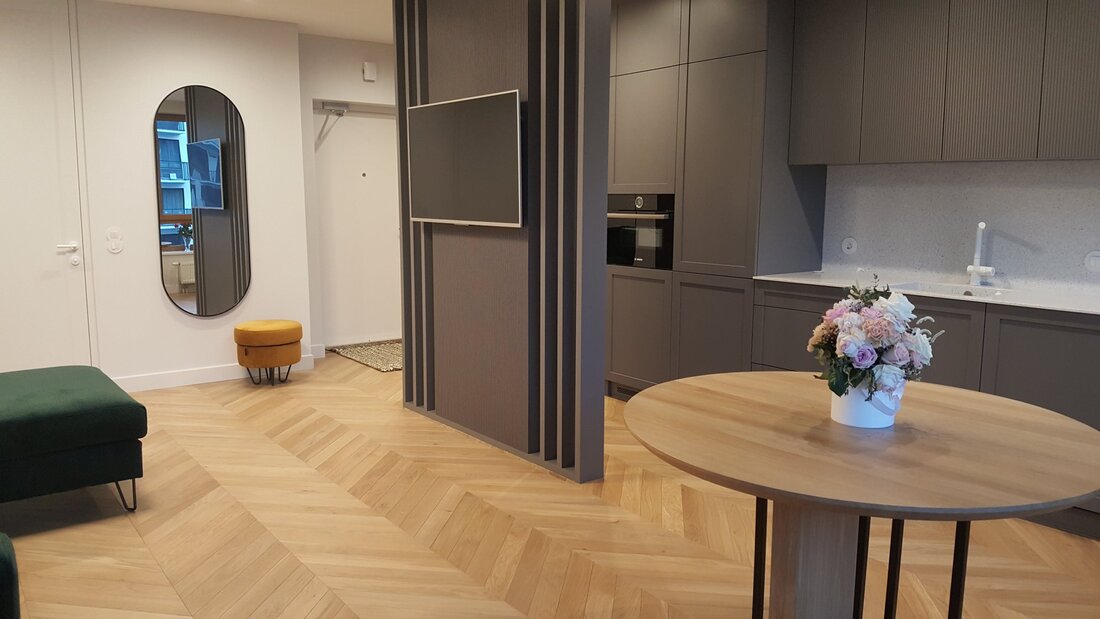
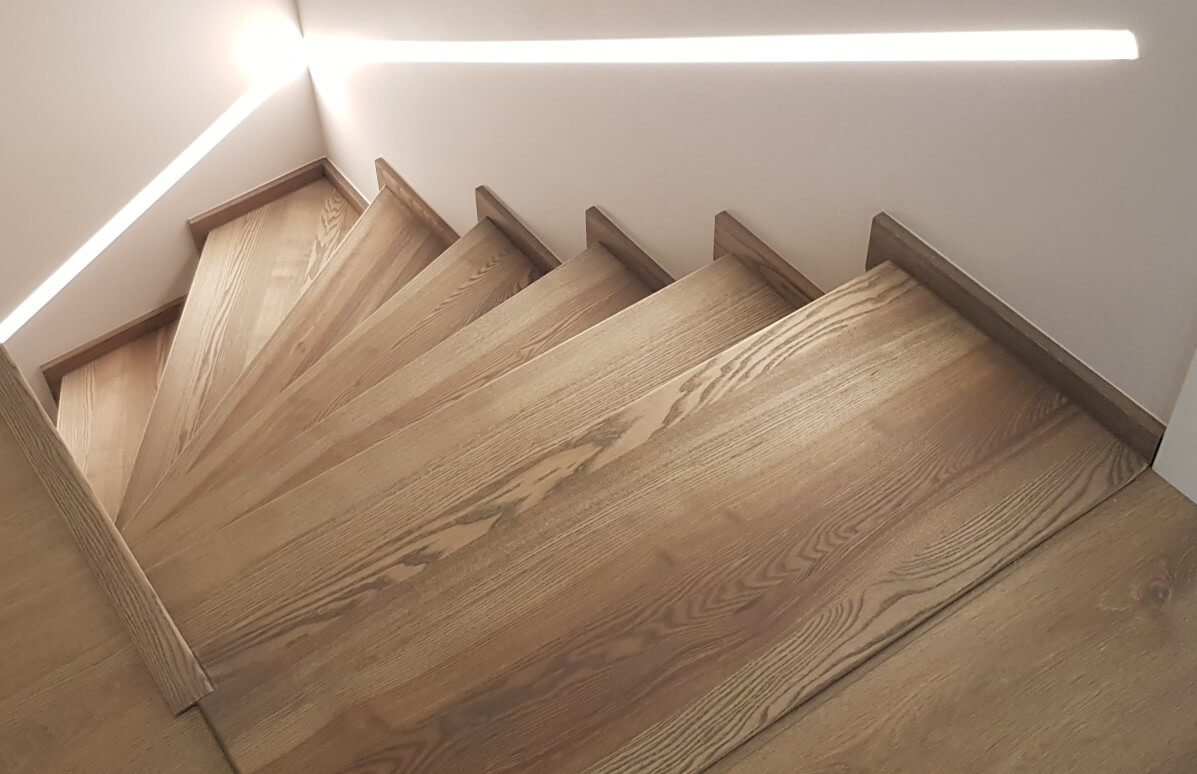
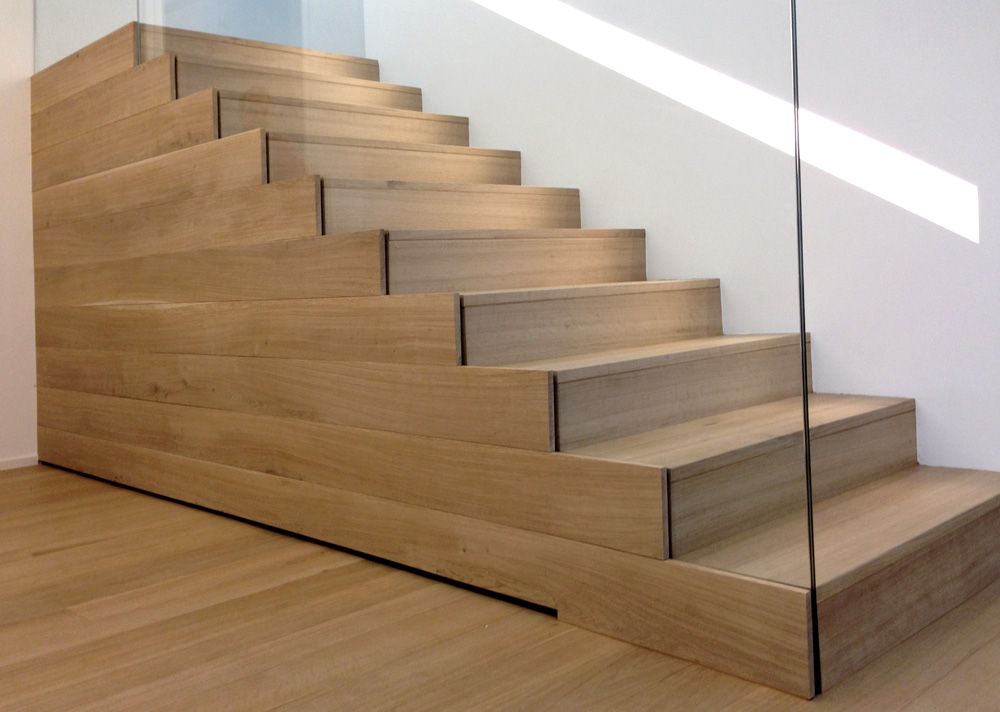
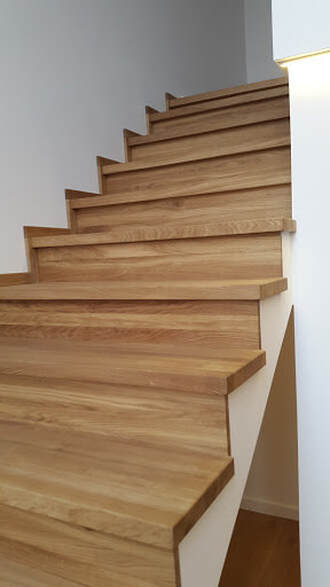


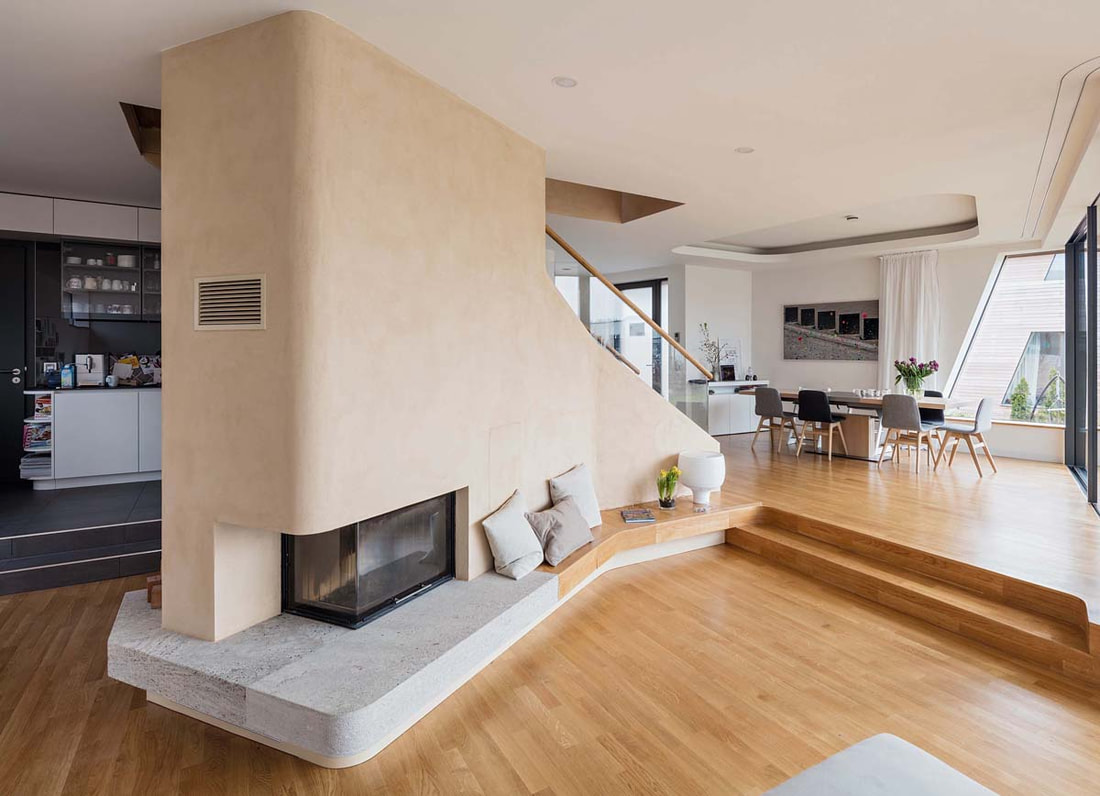


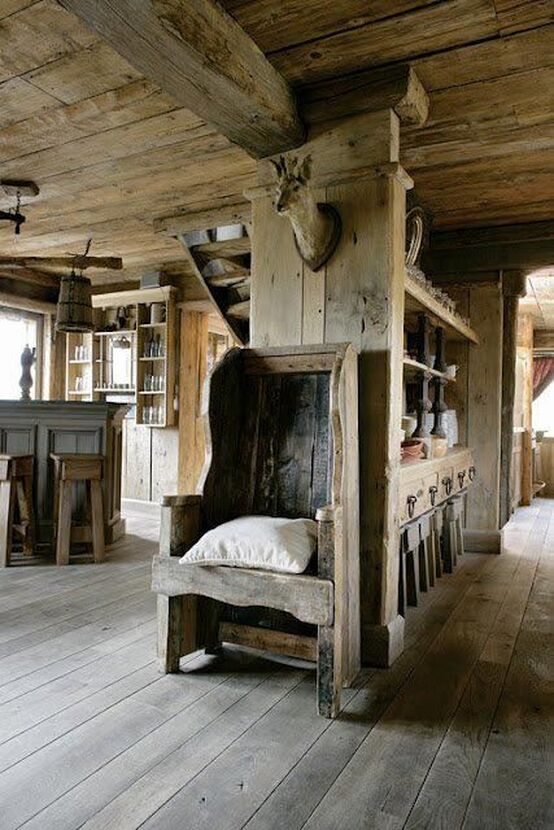
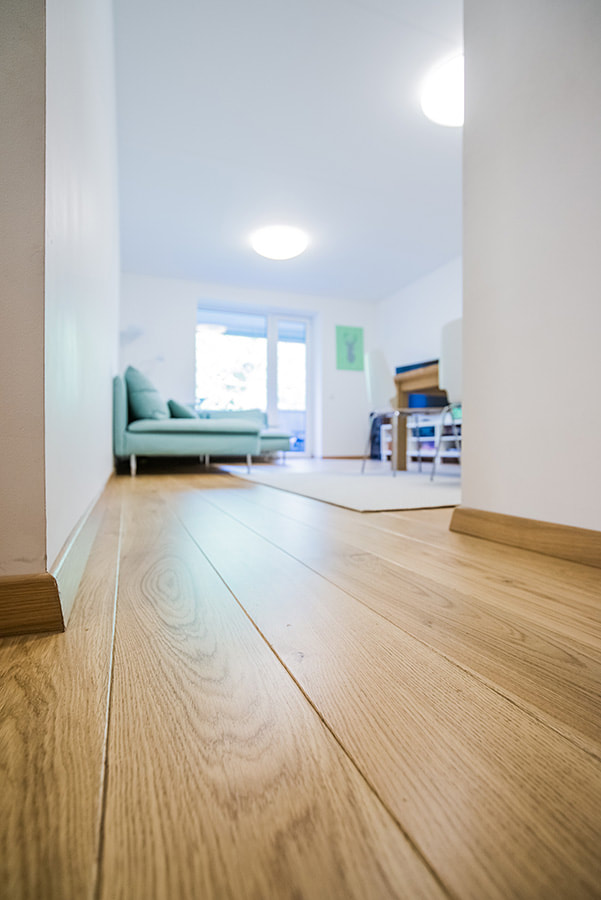
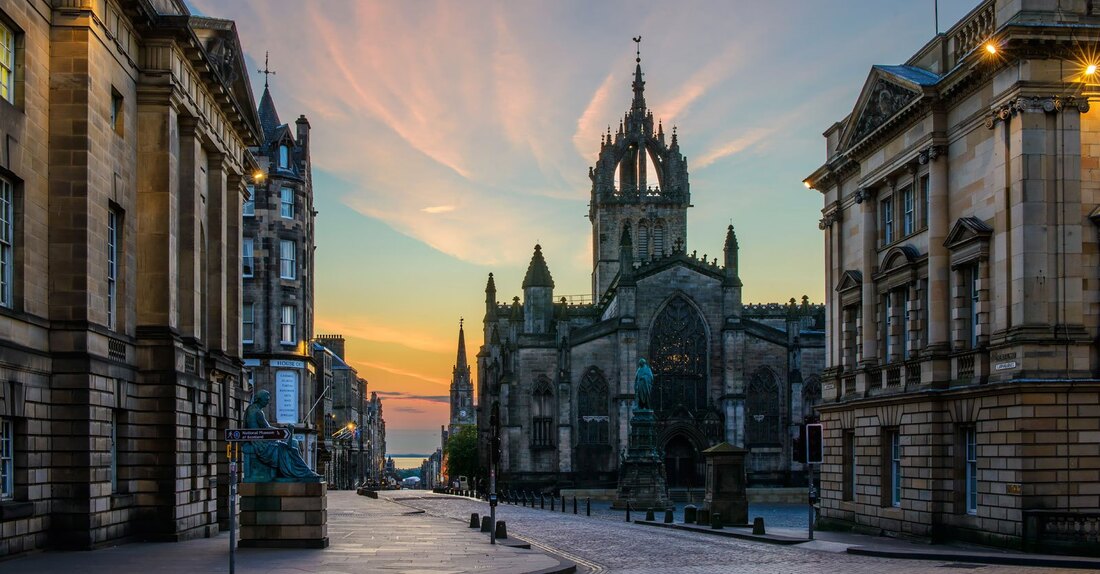
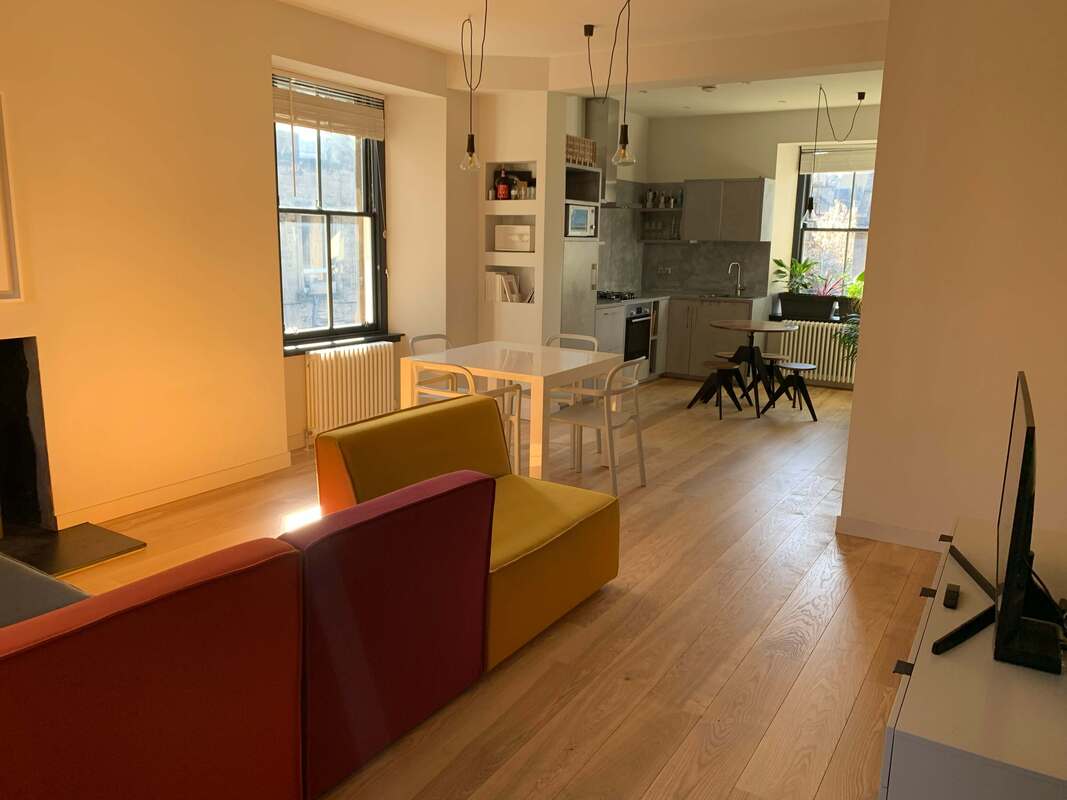
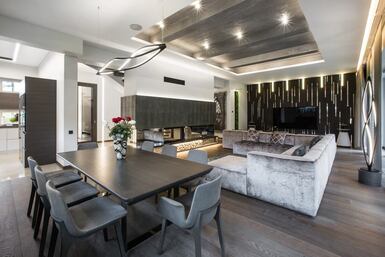
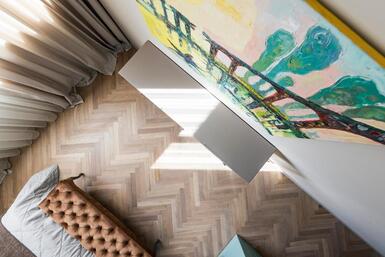
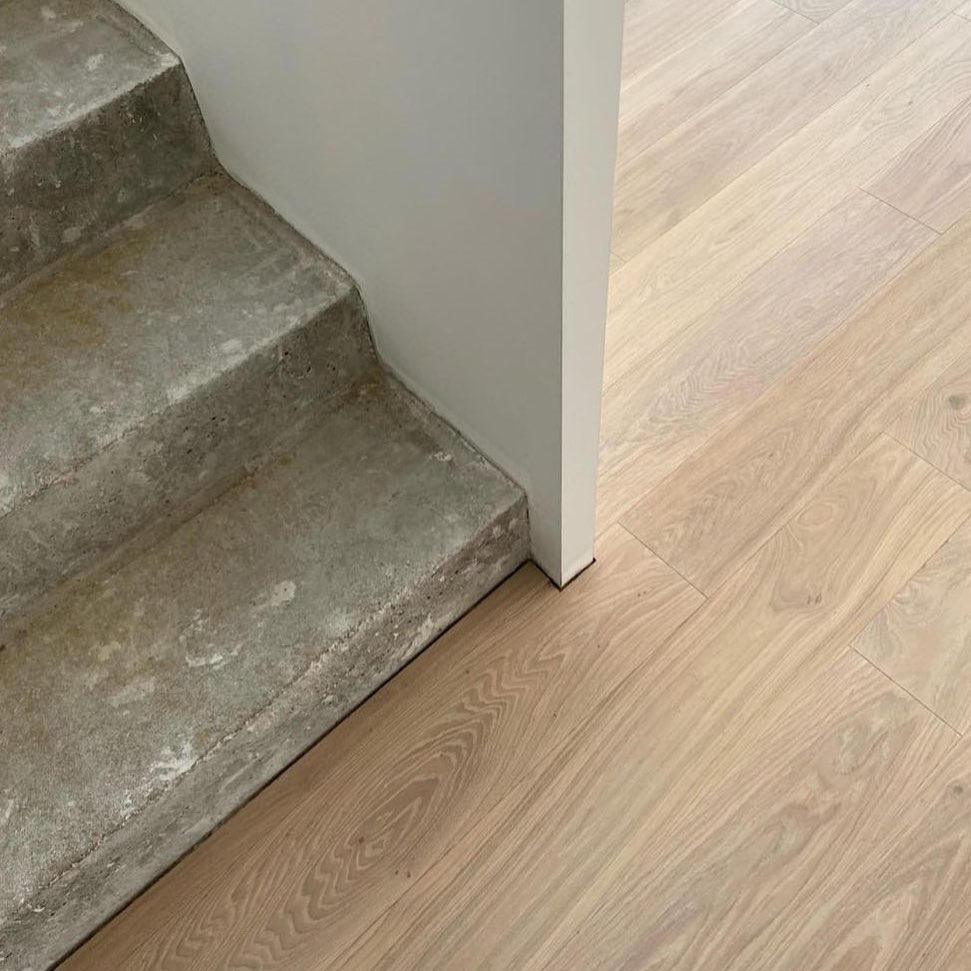
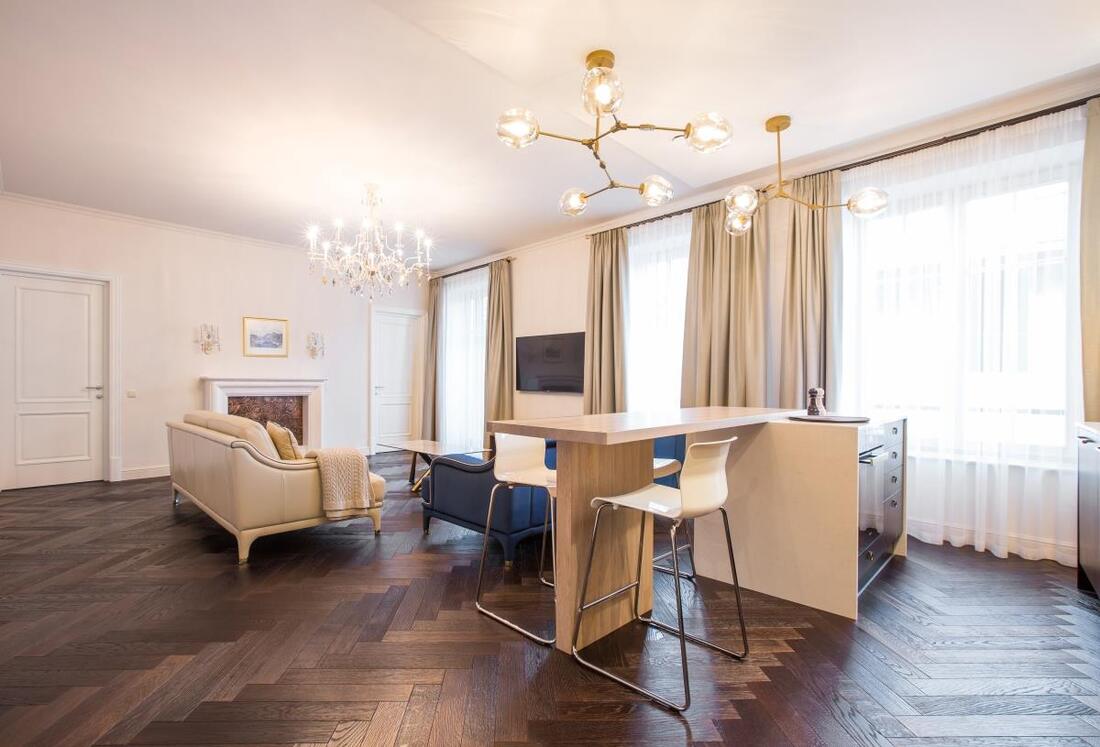
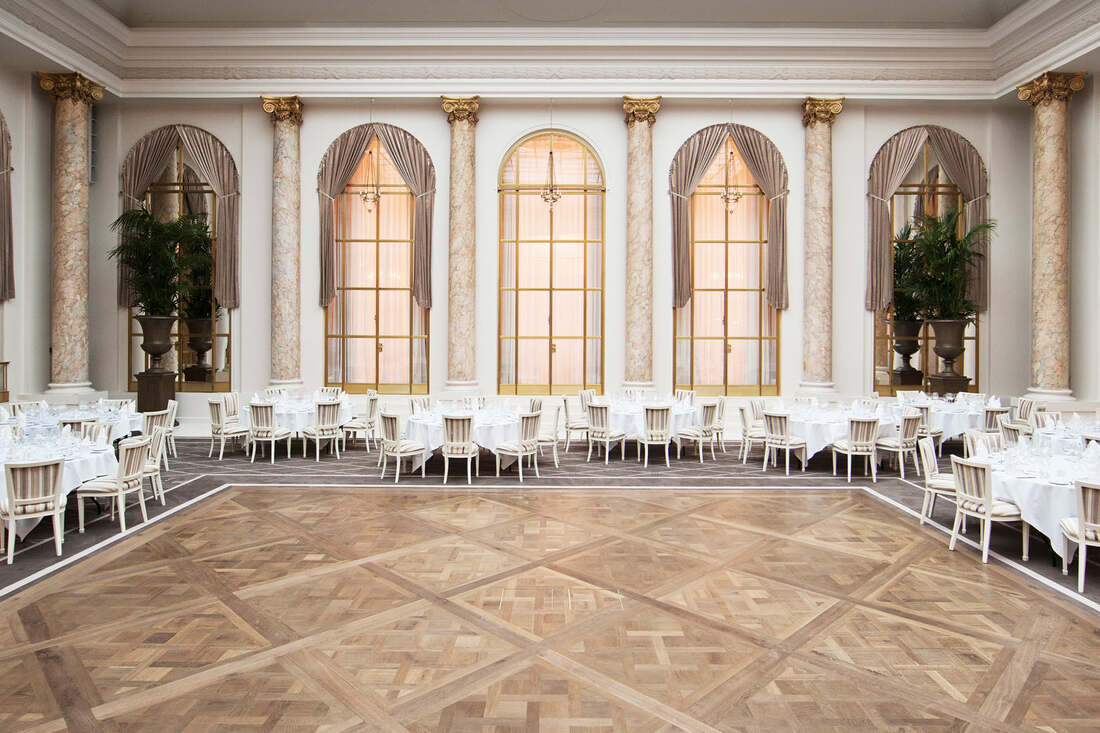
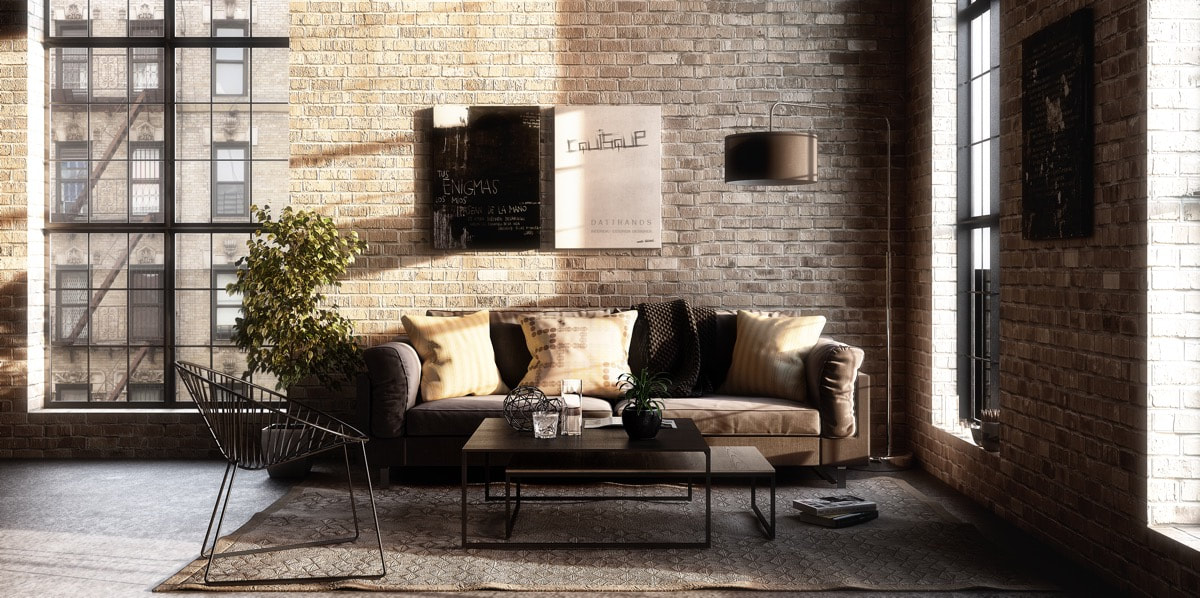
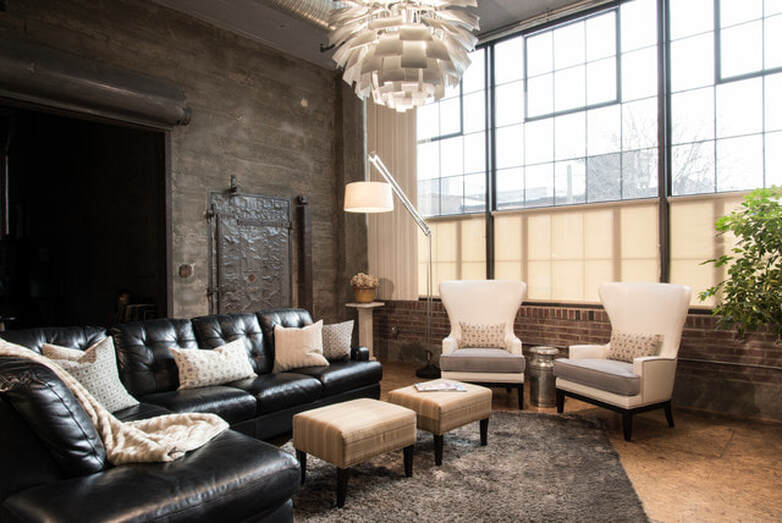
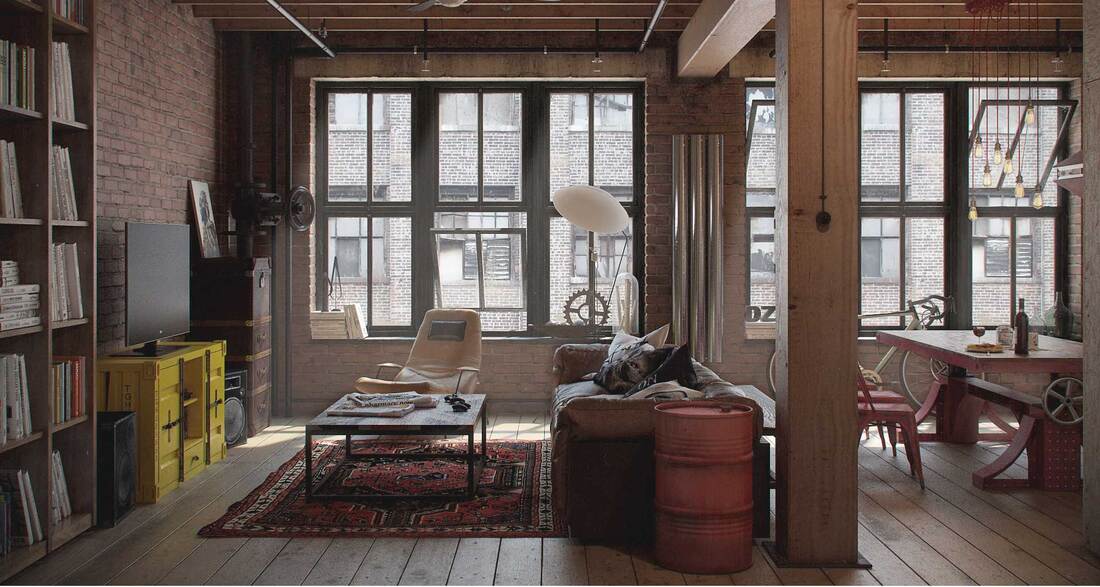
 RSS Feed
RSS Feed